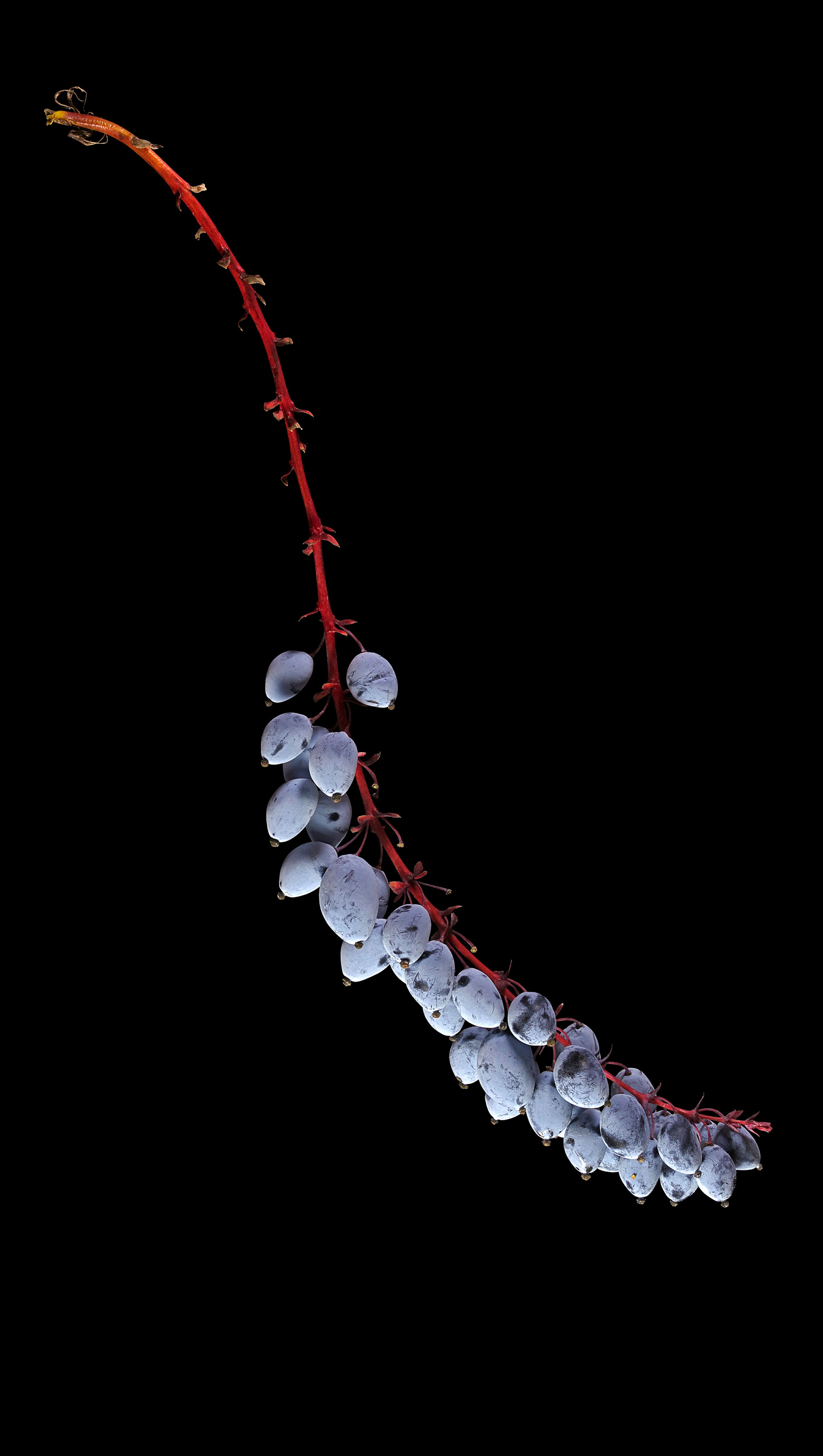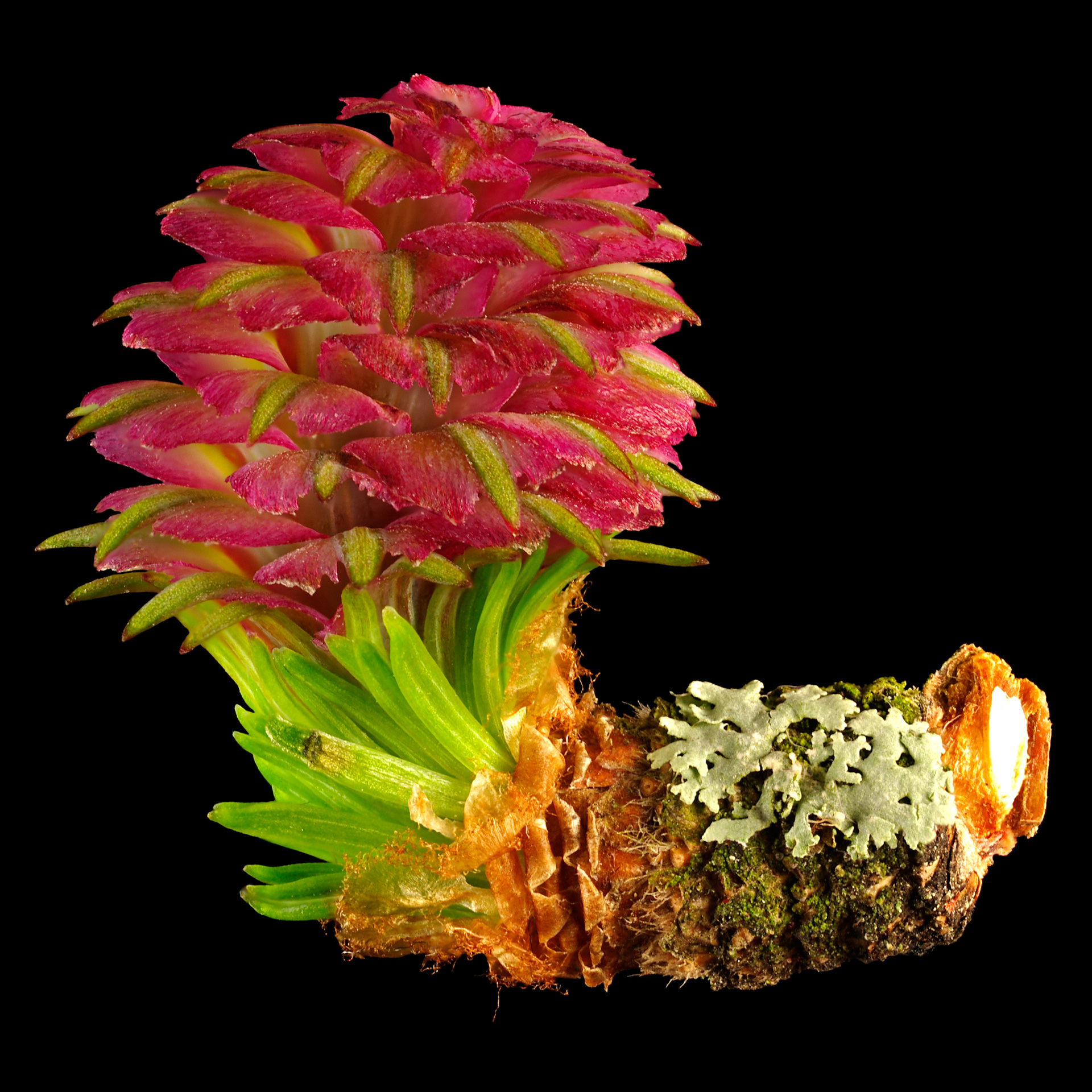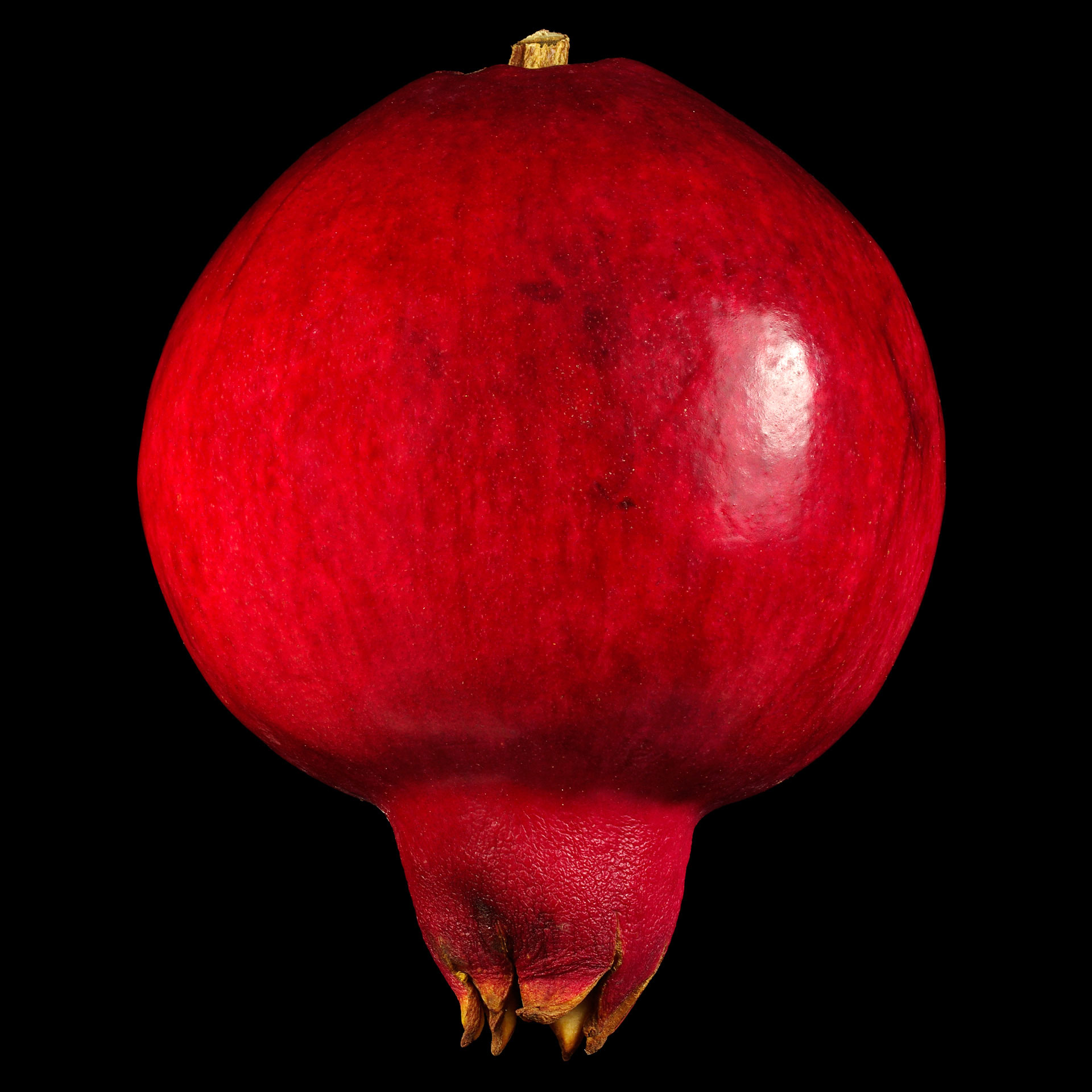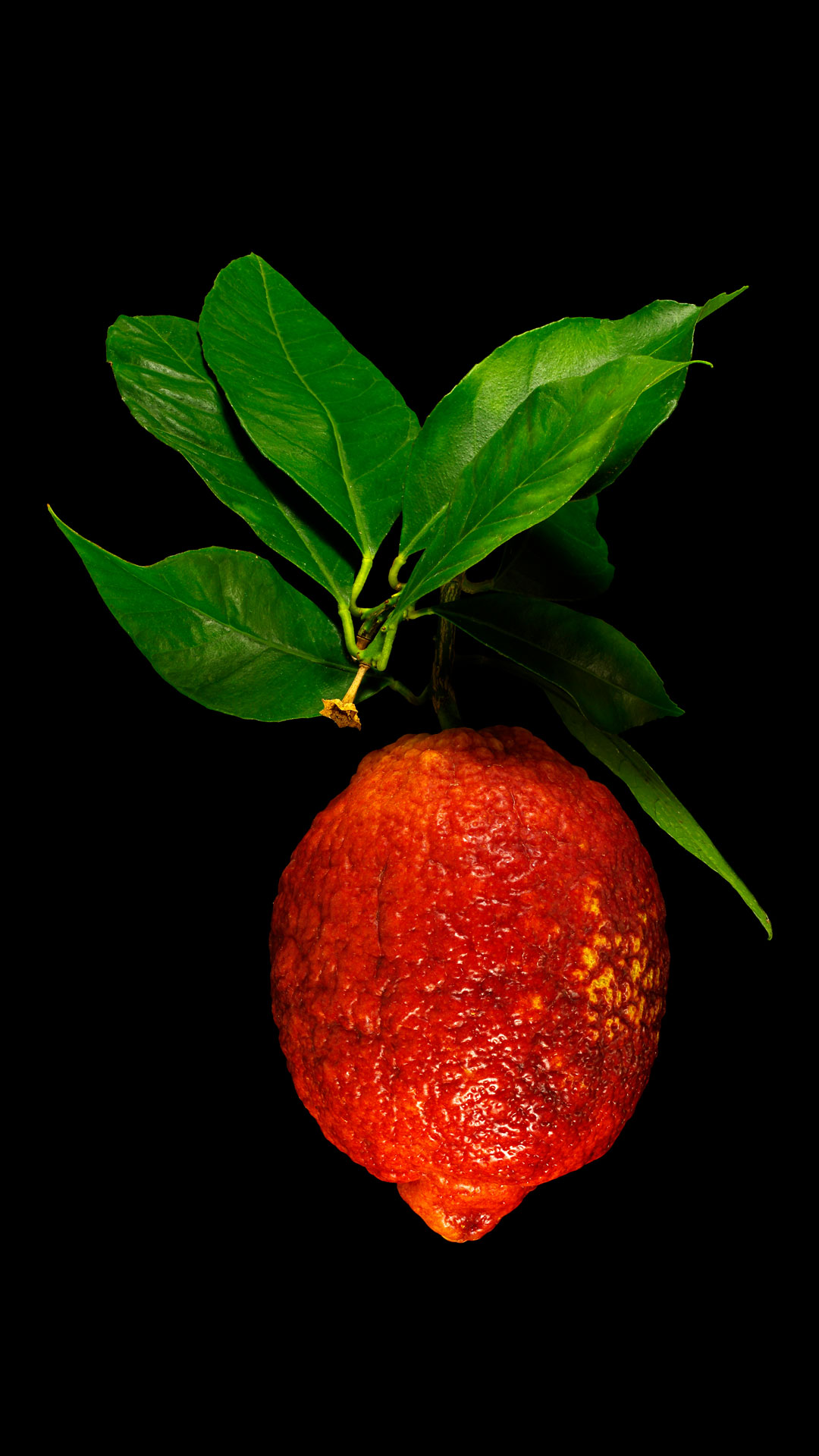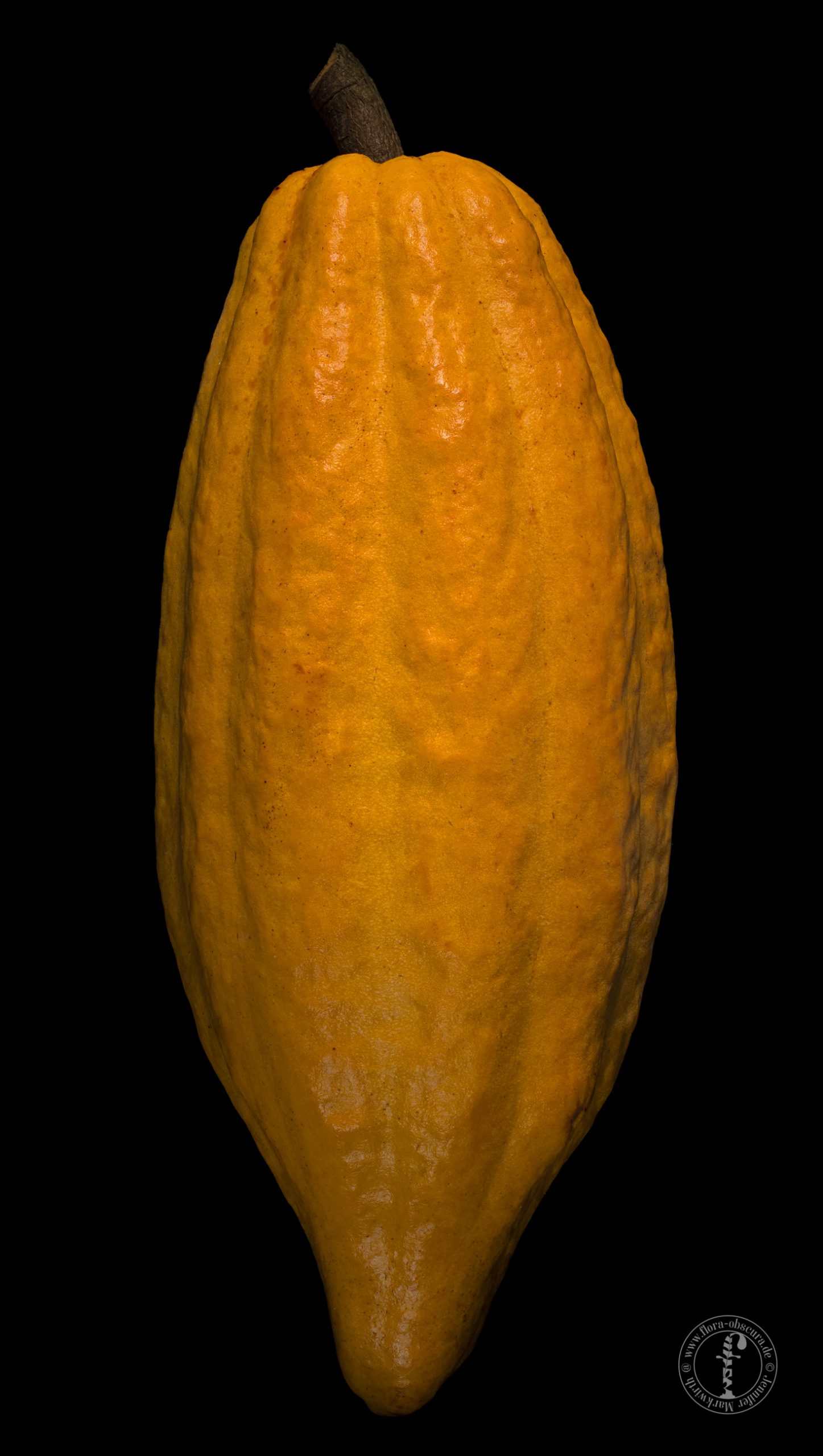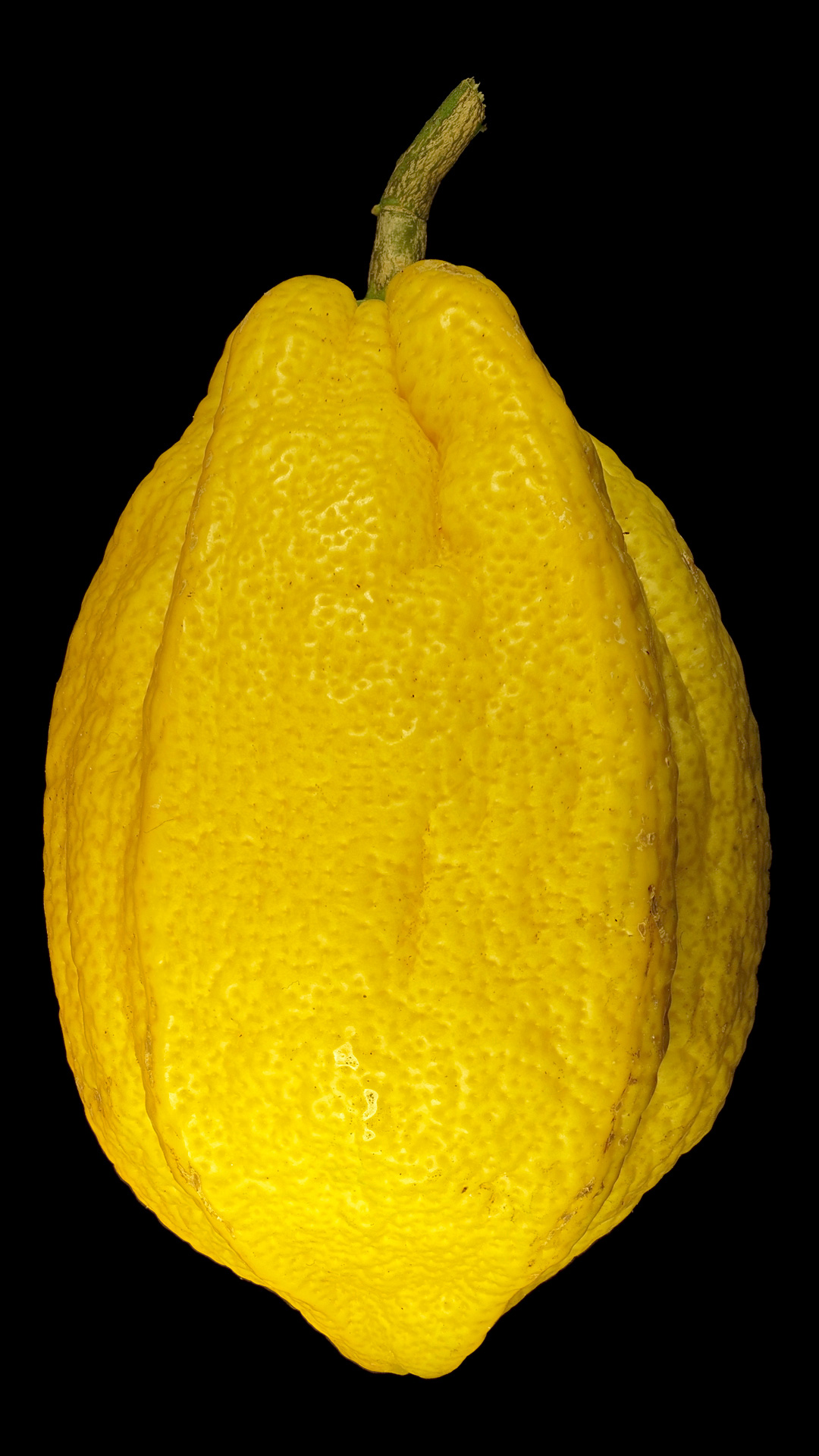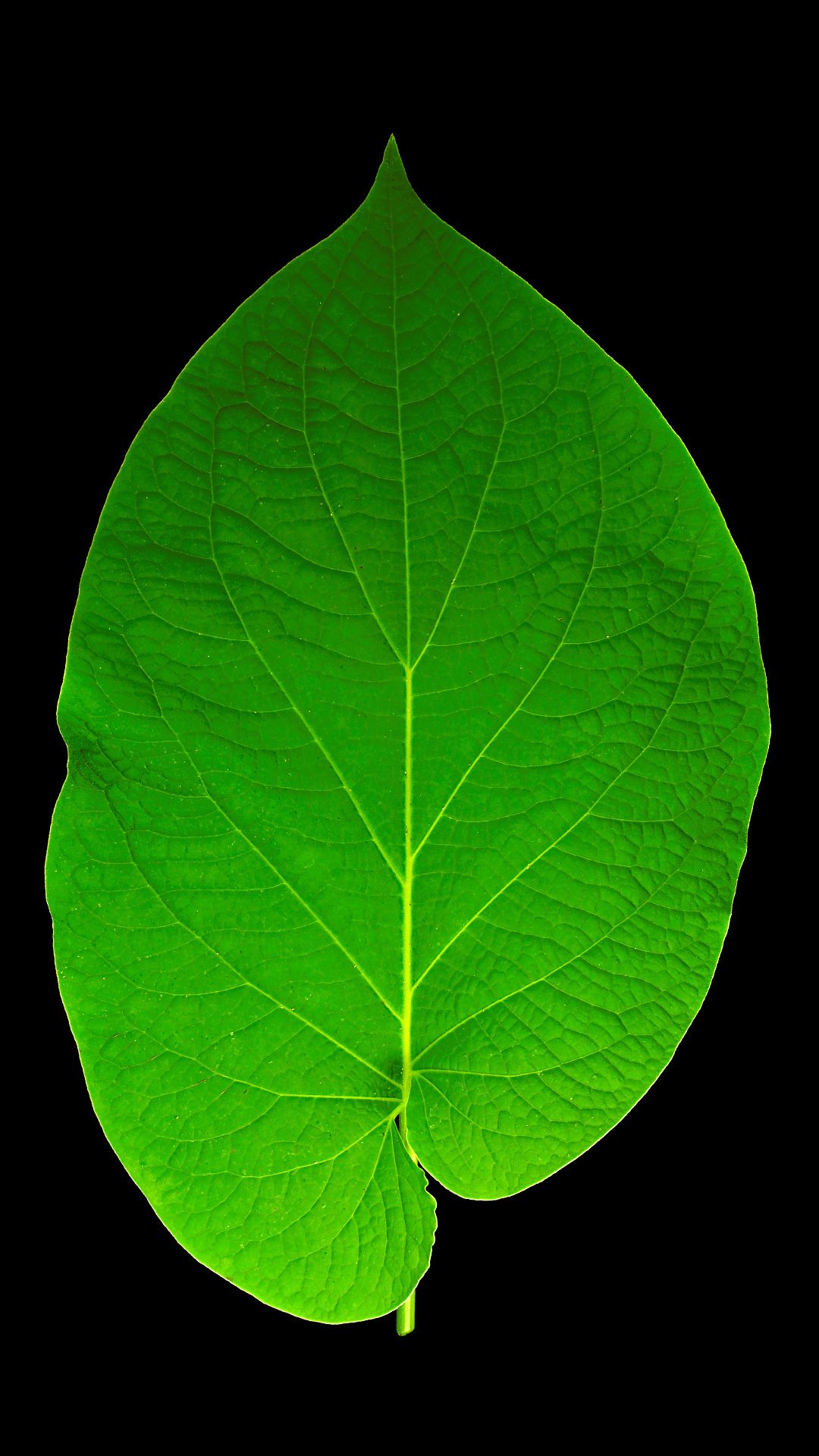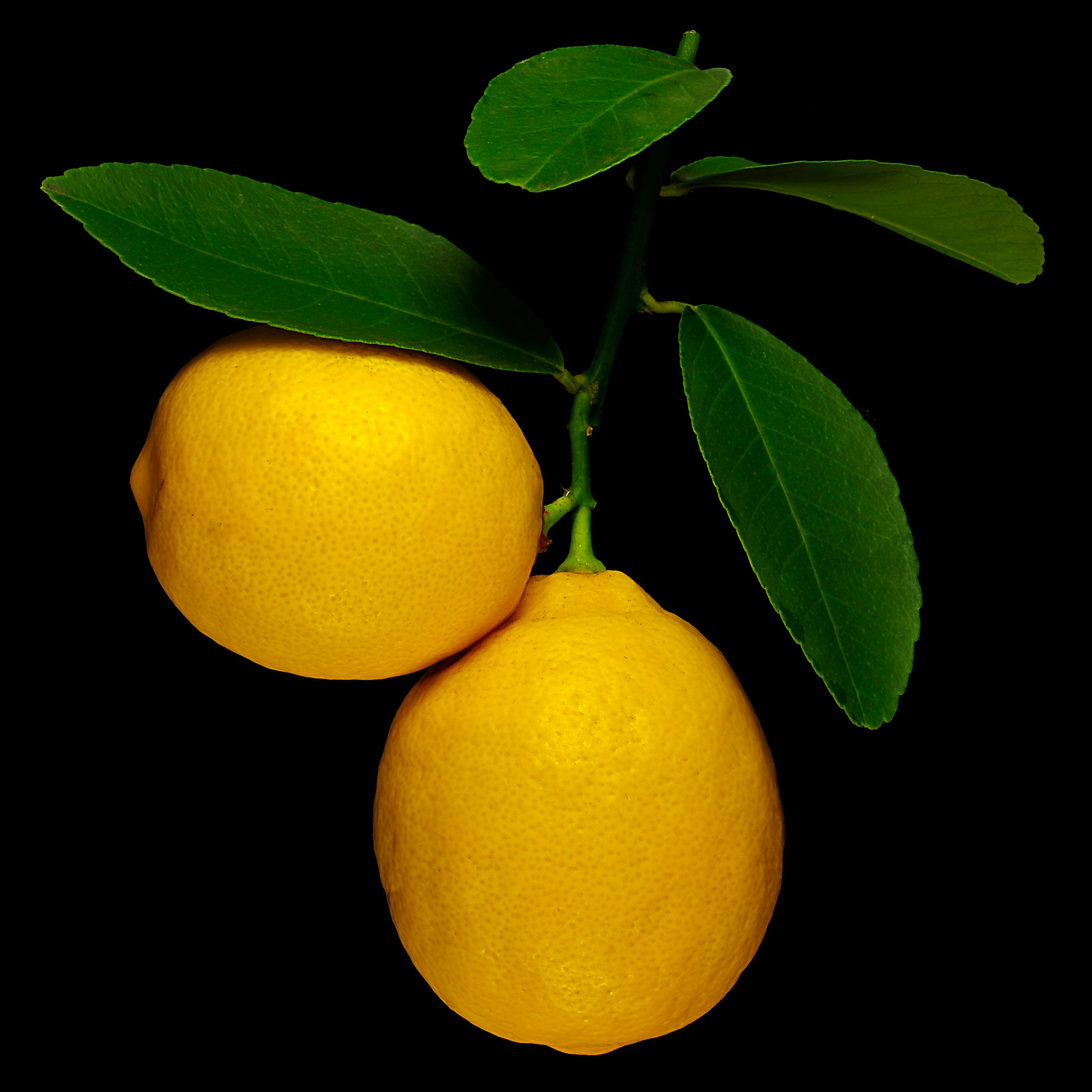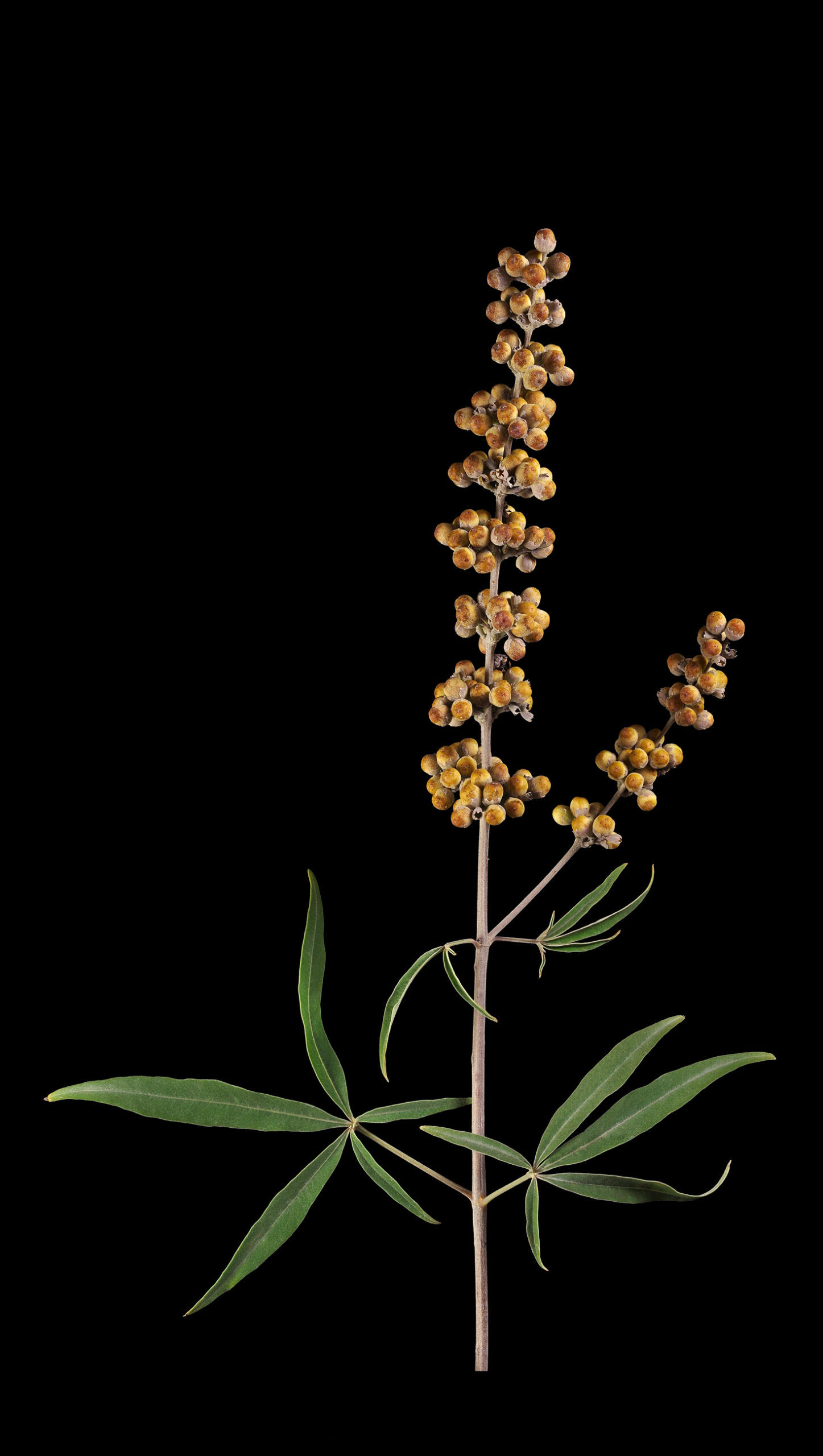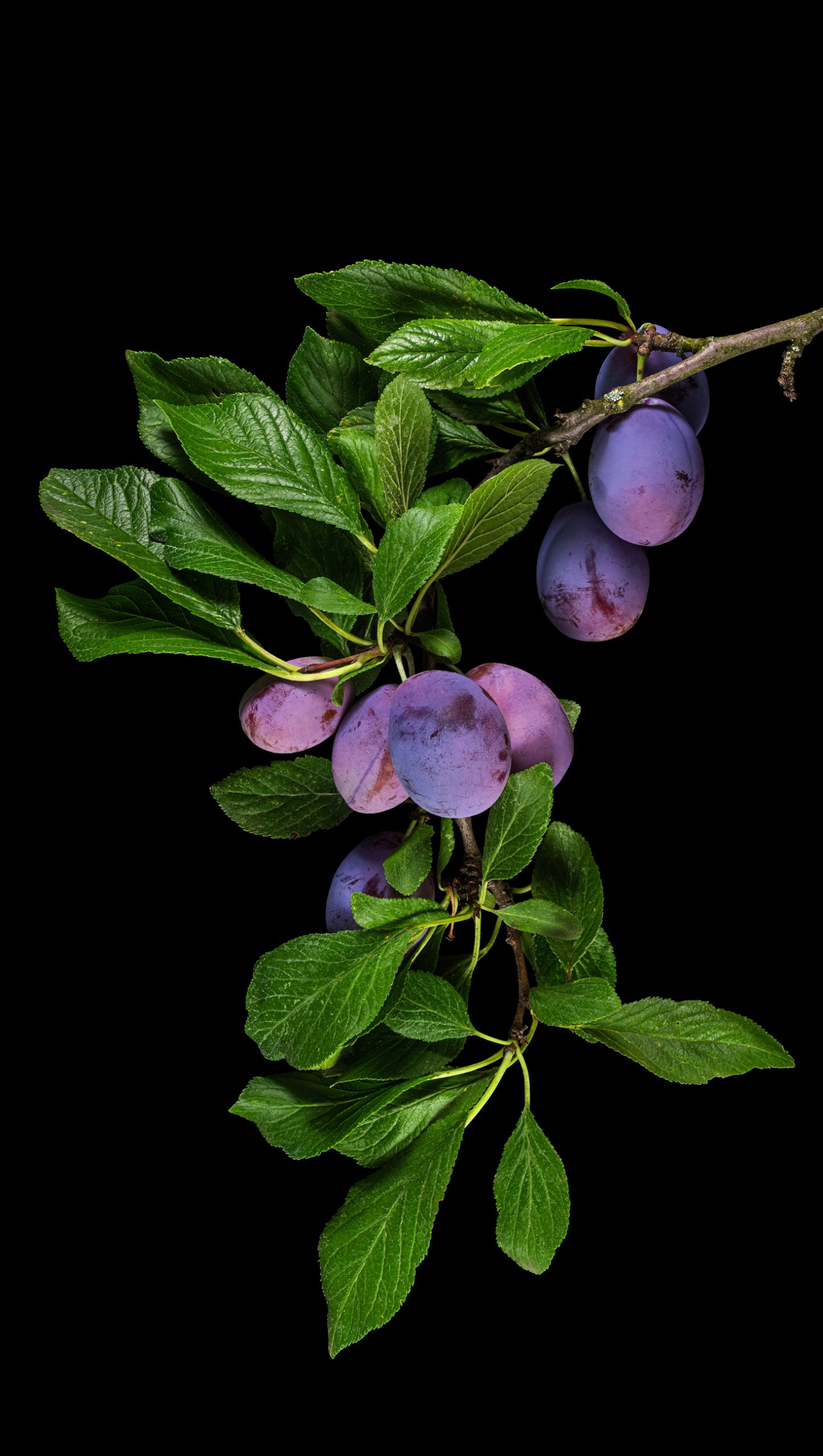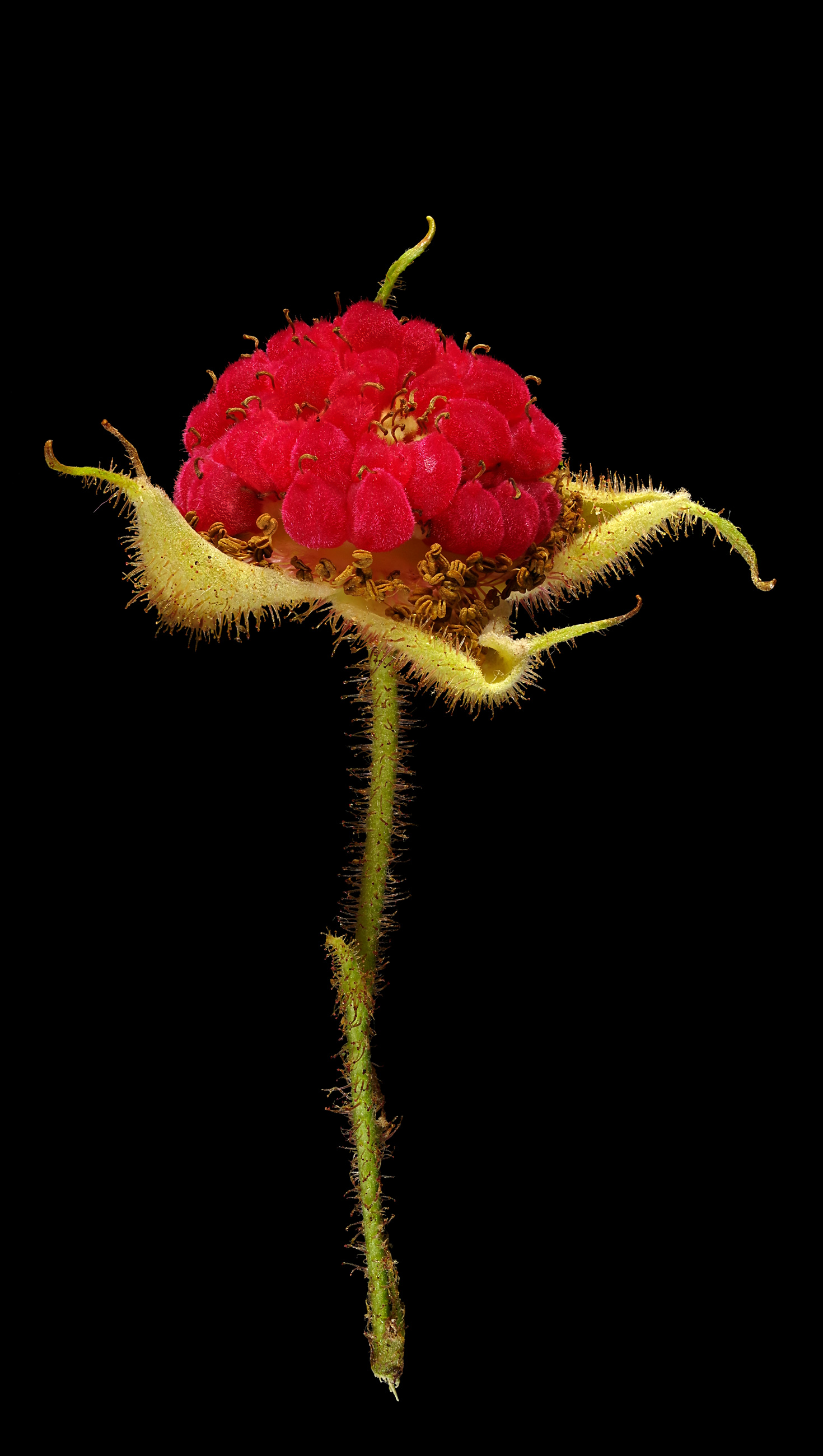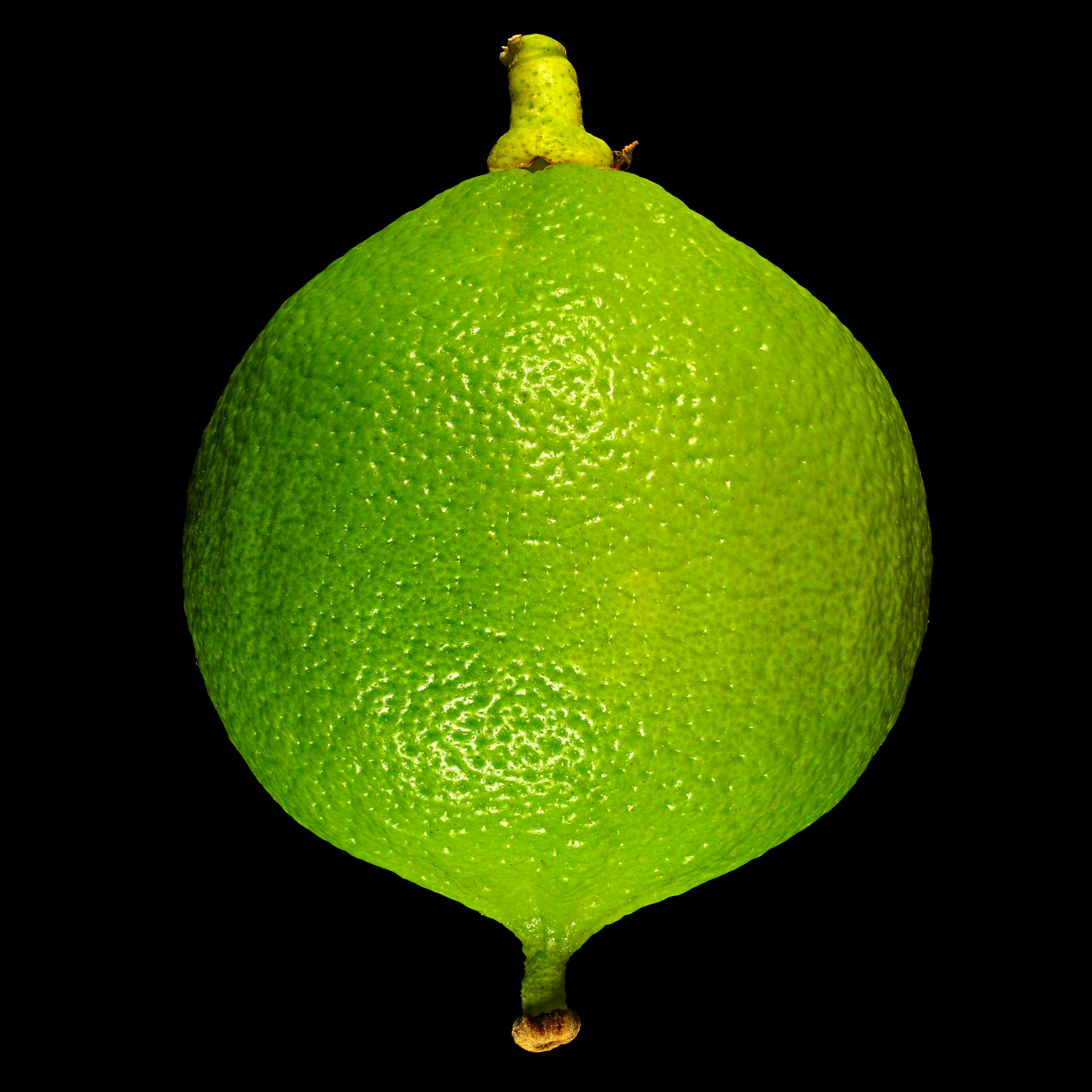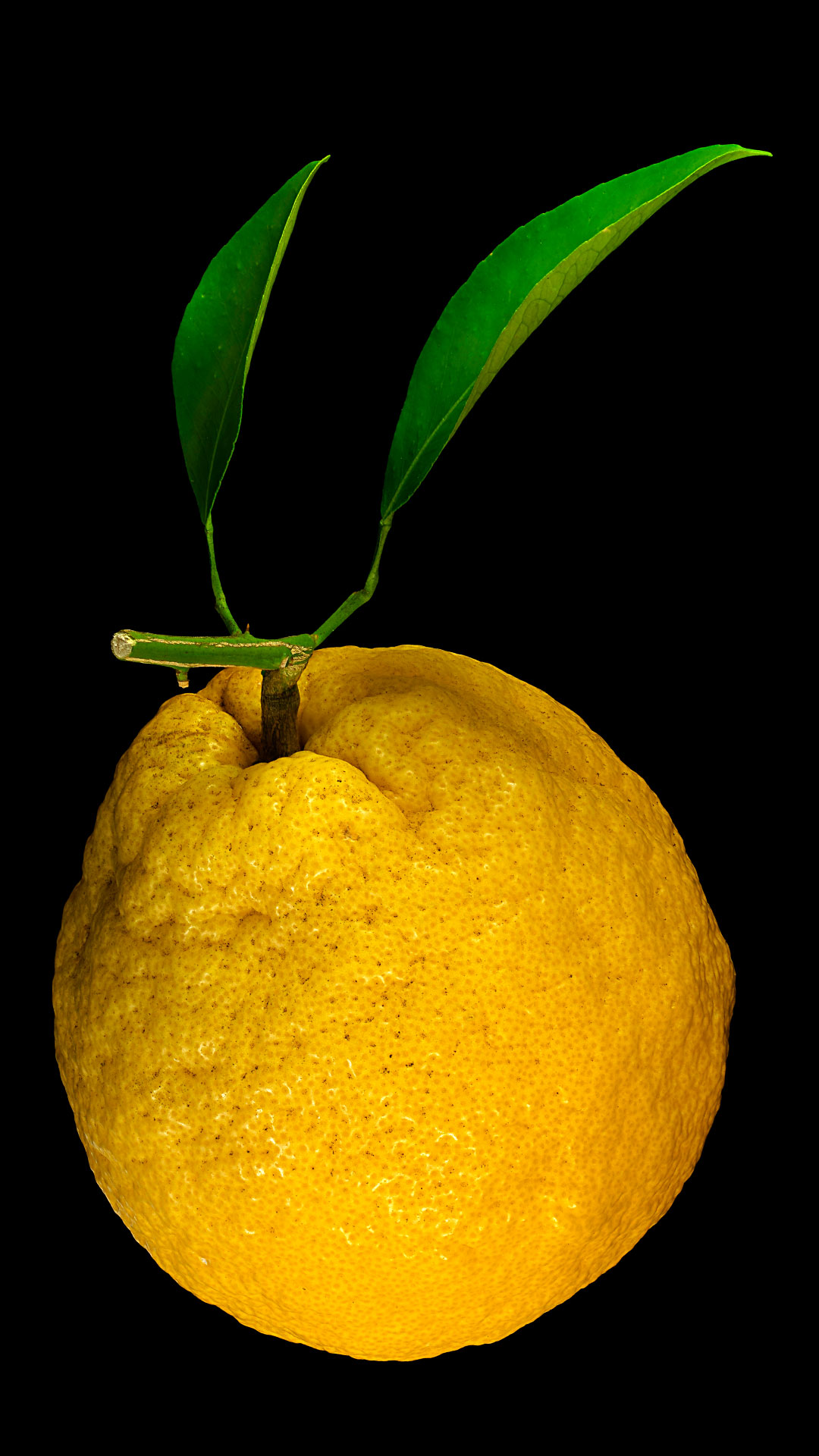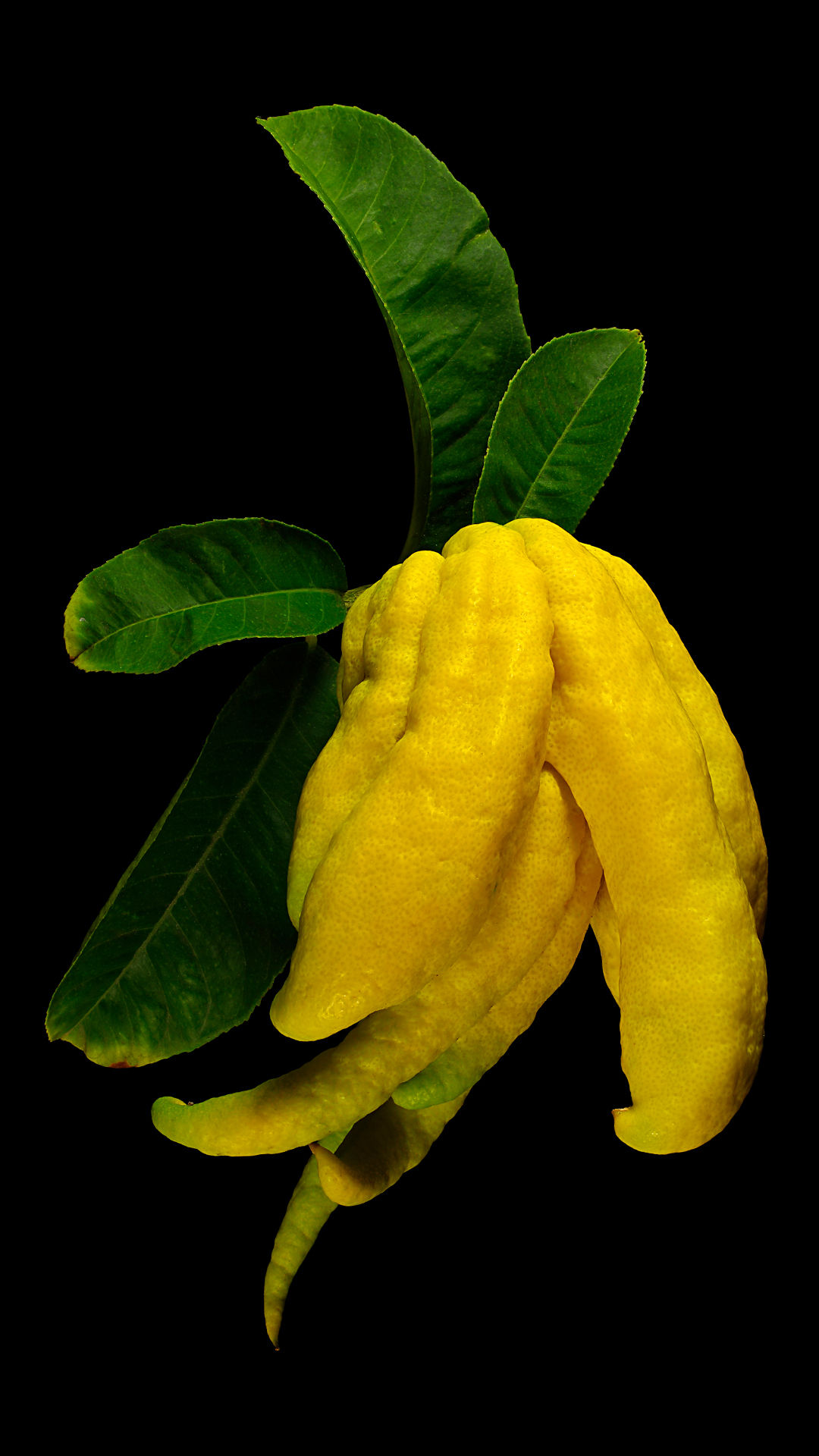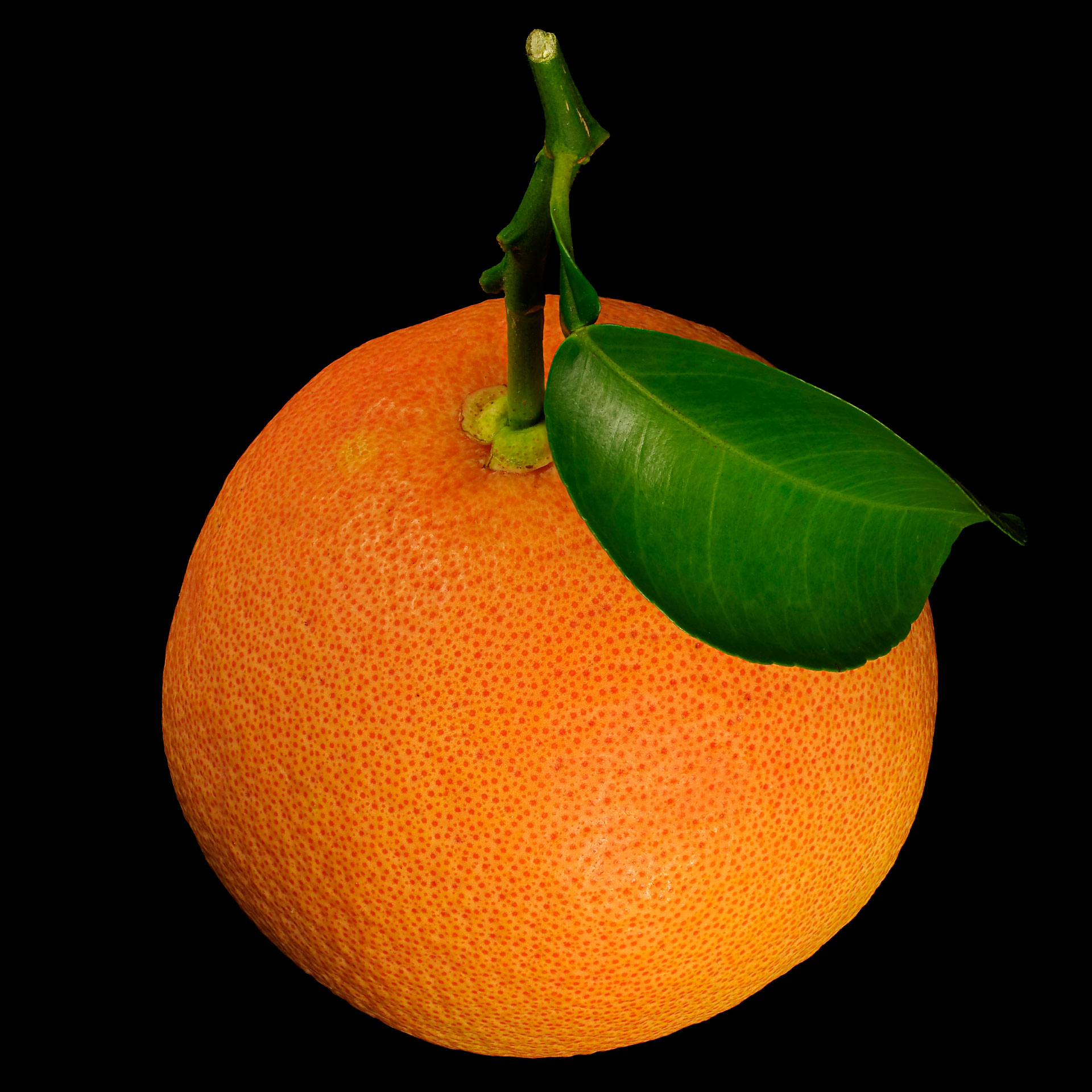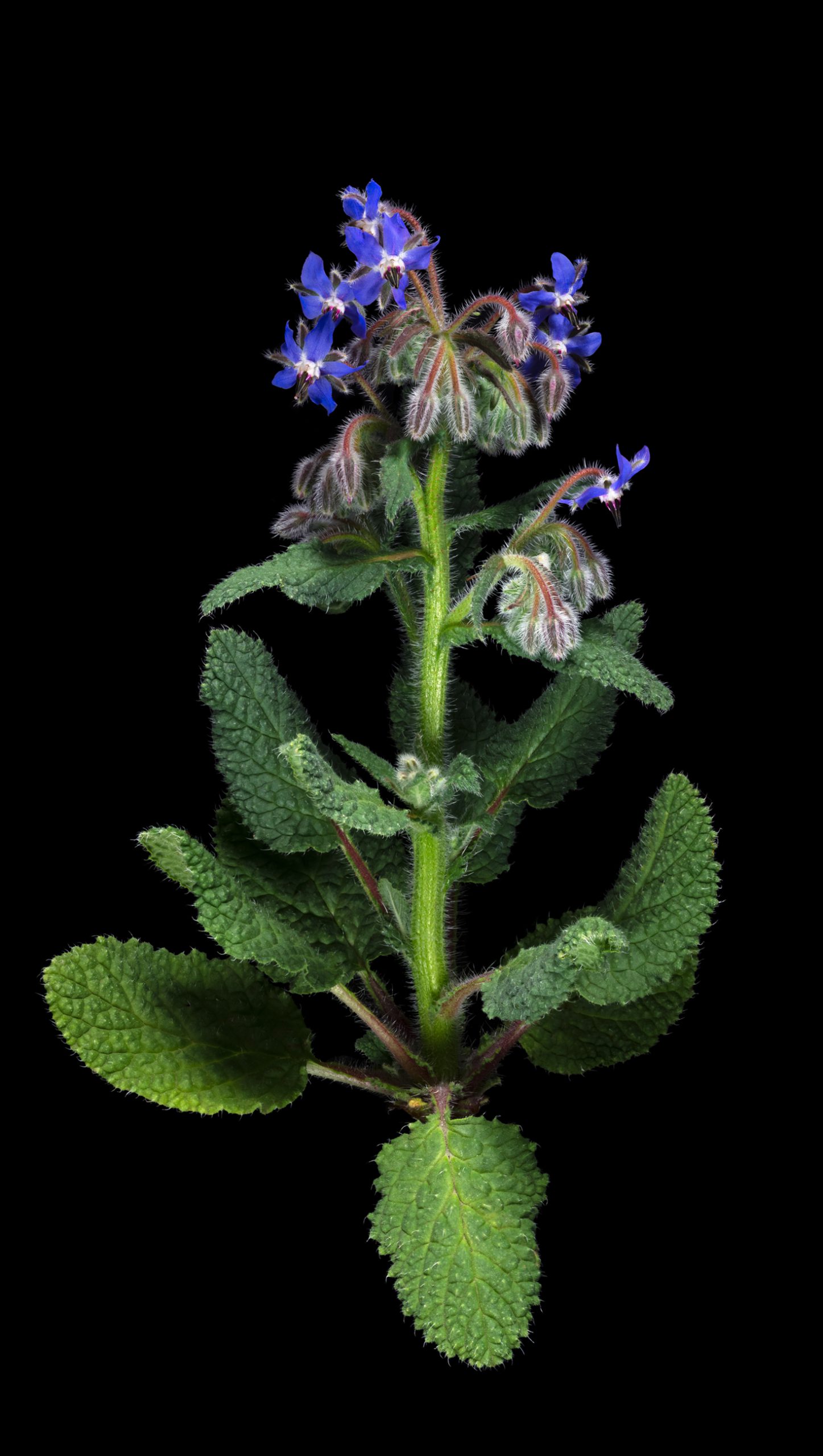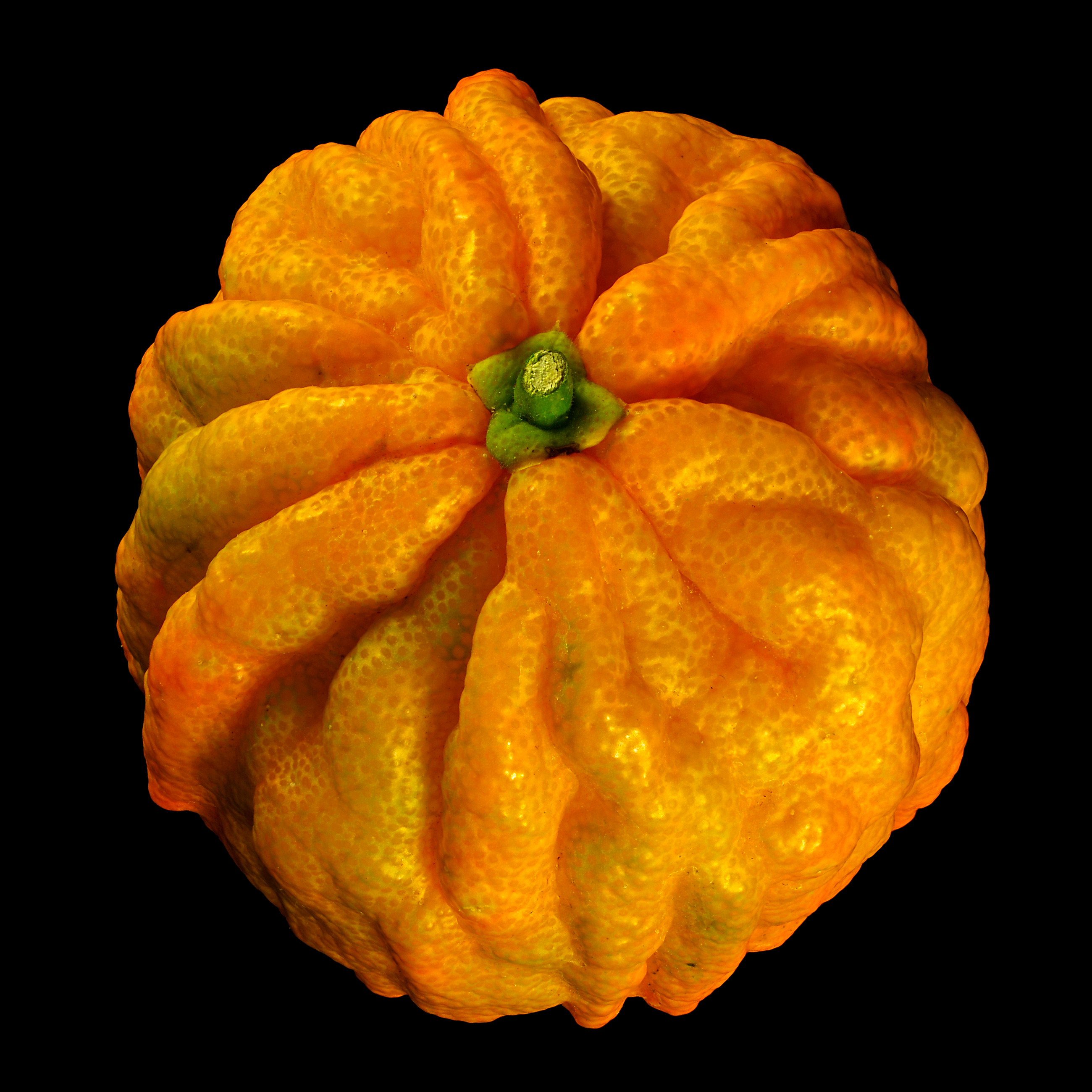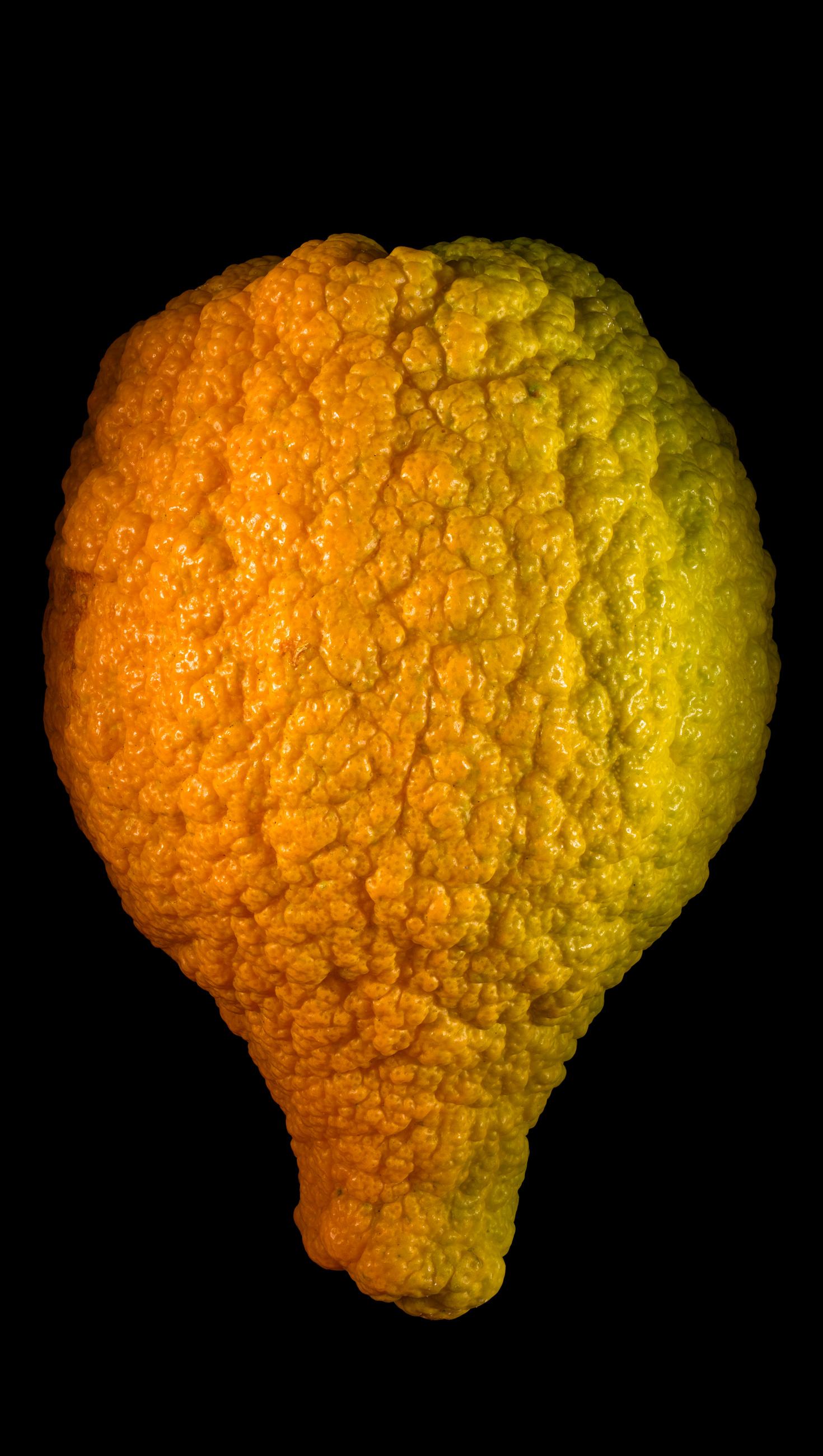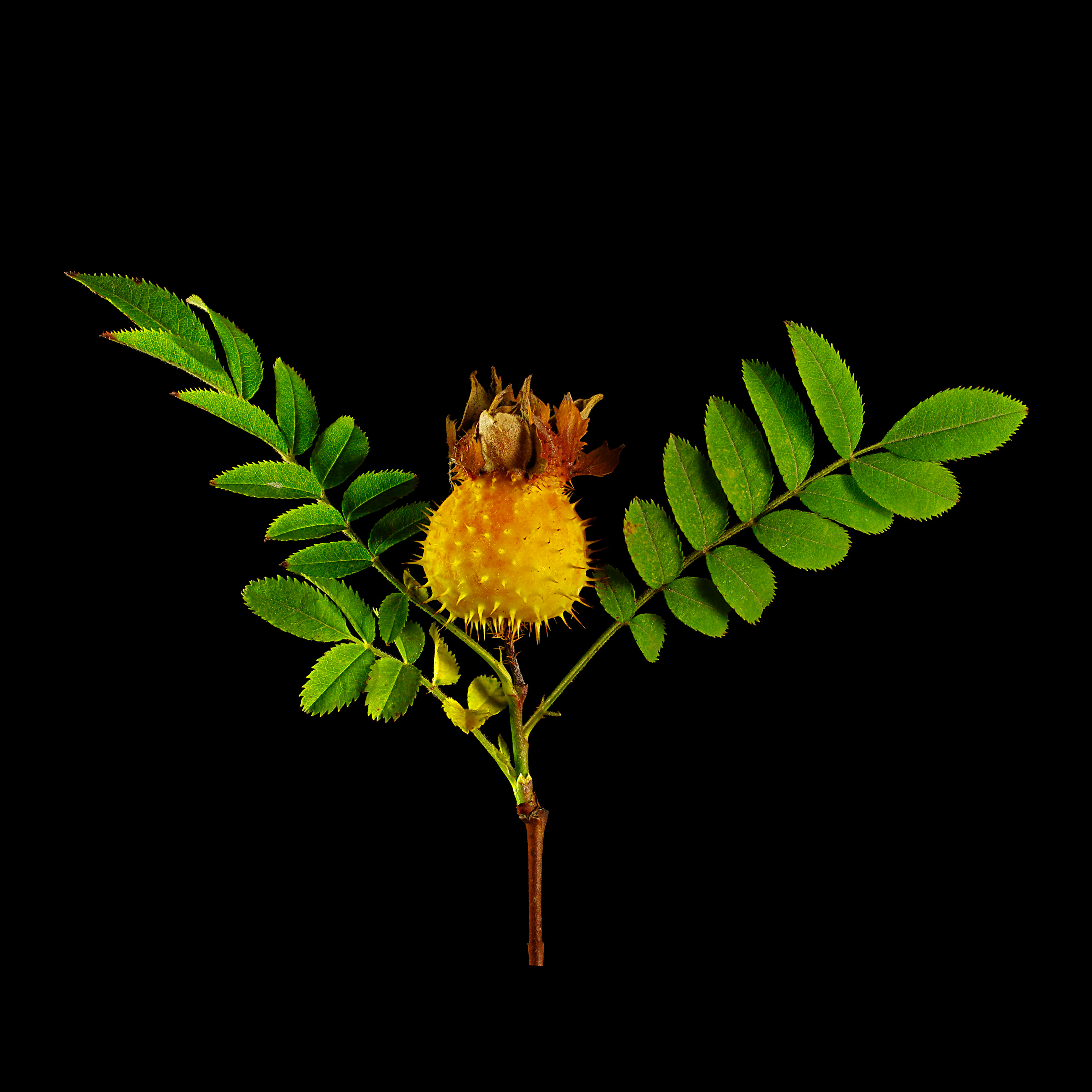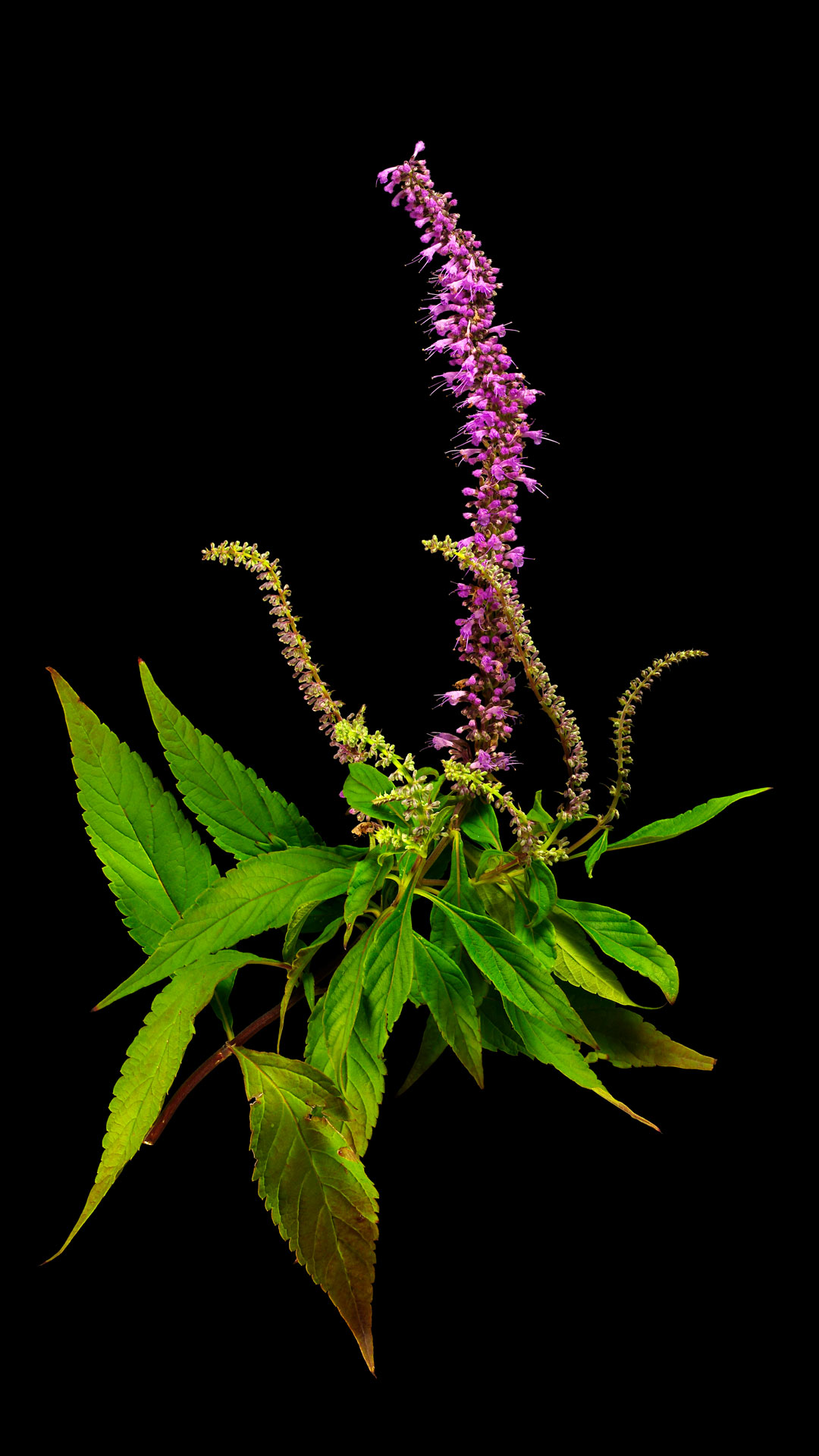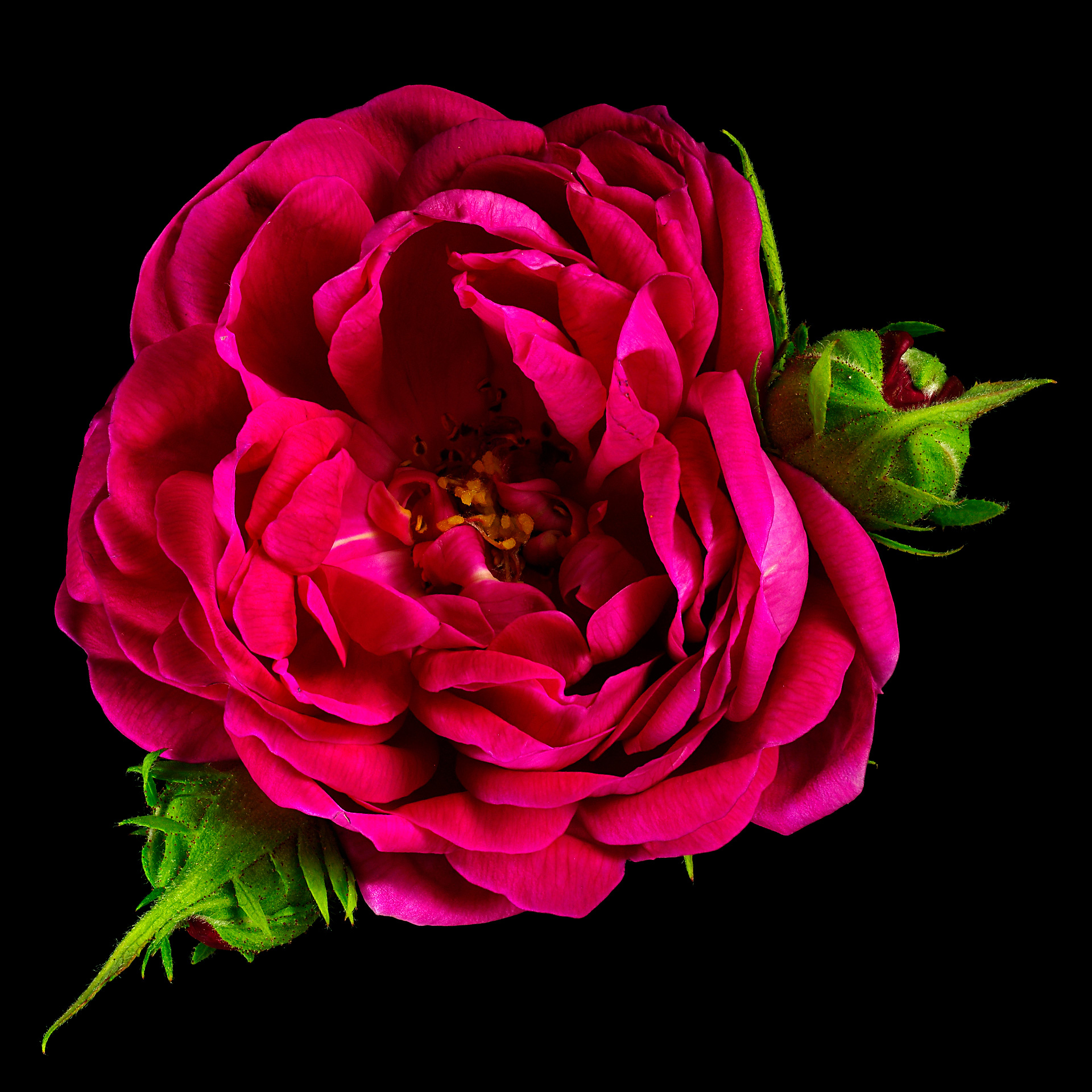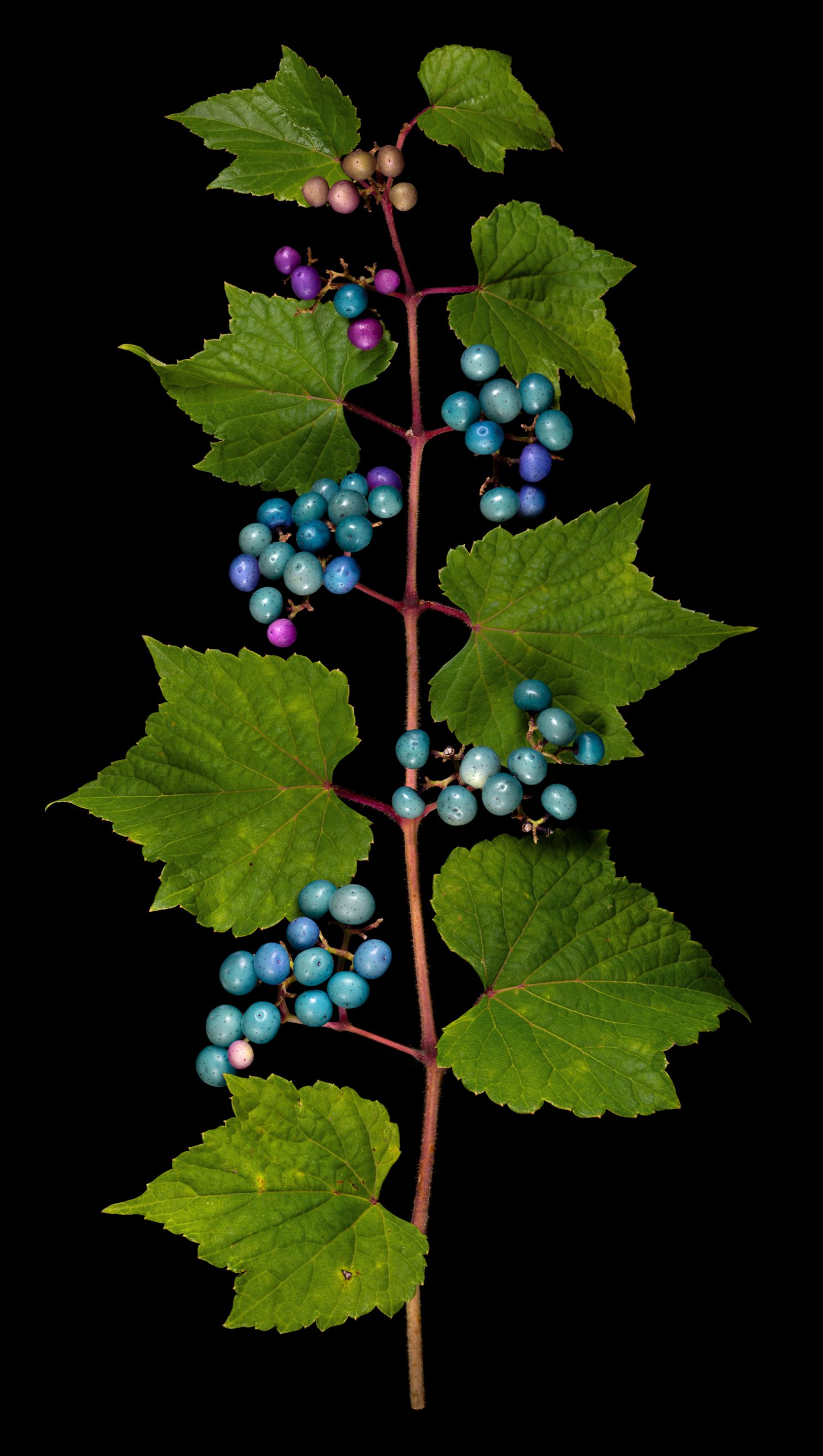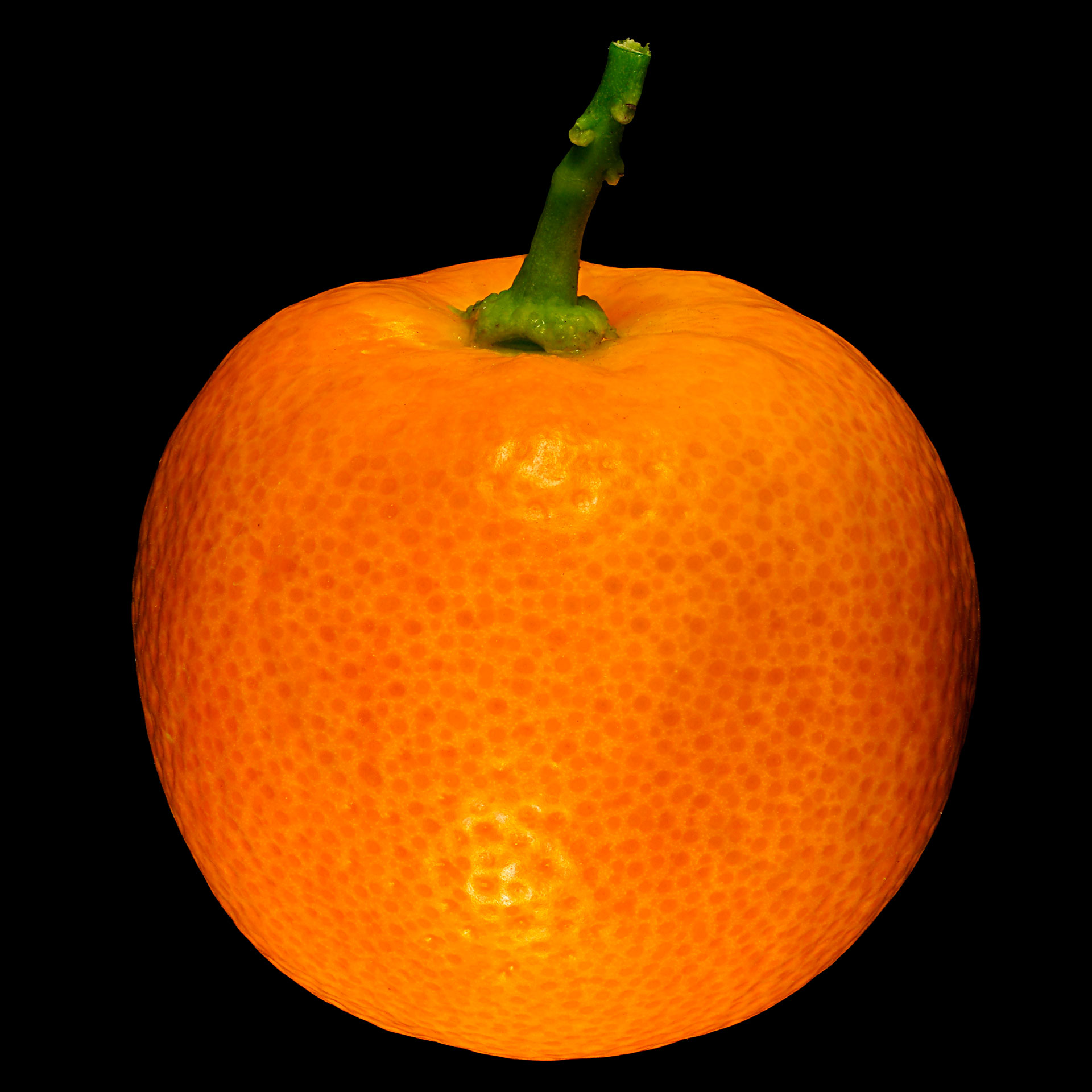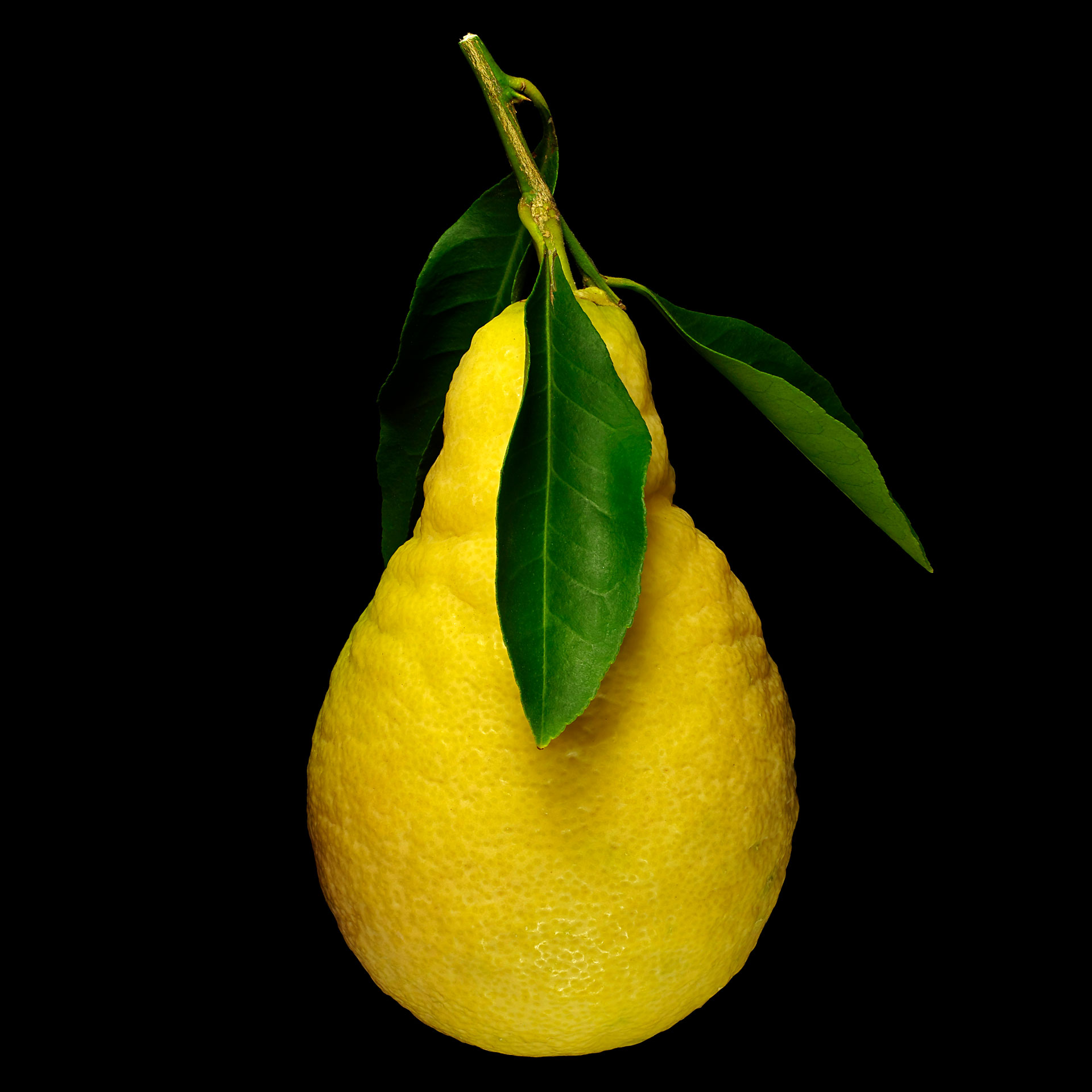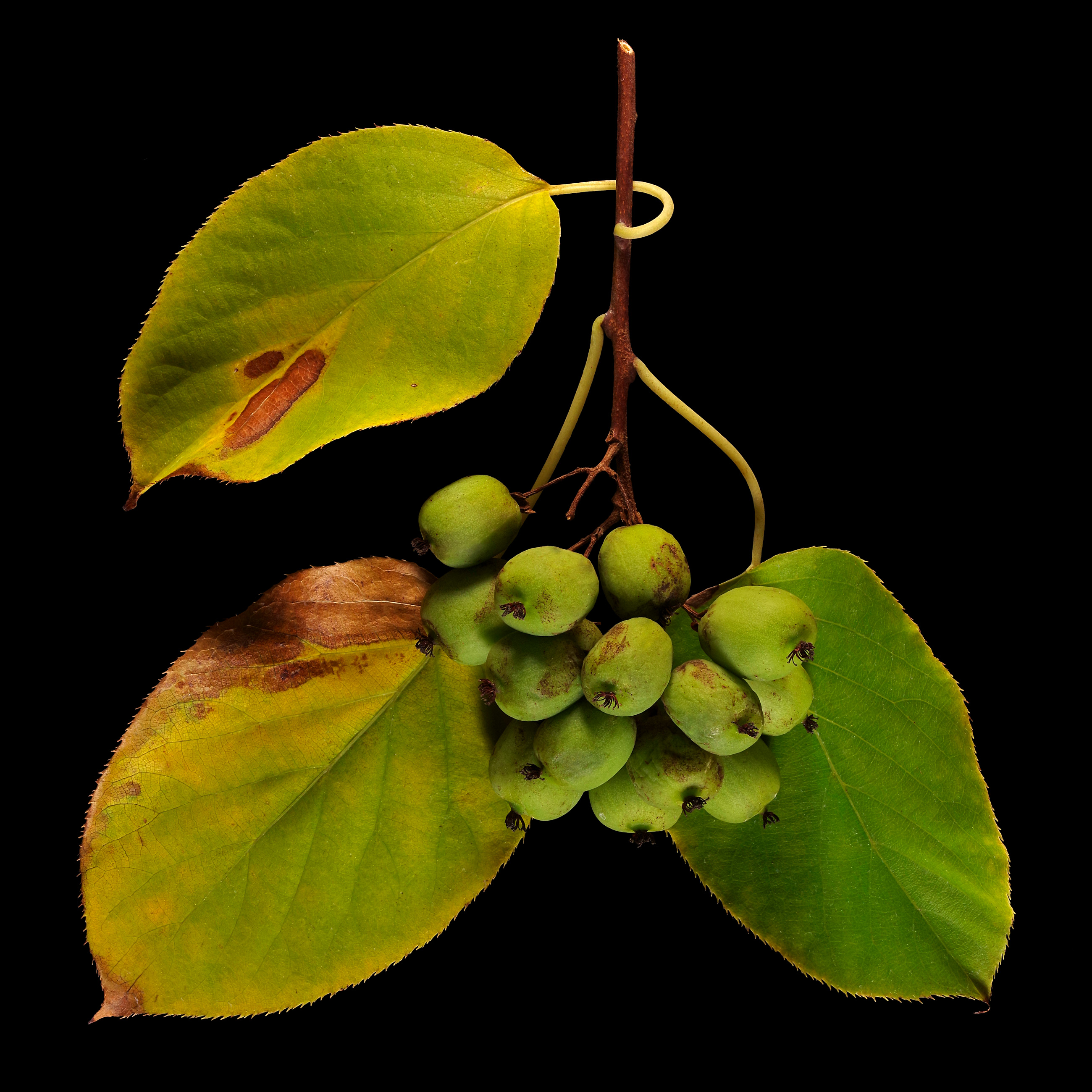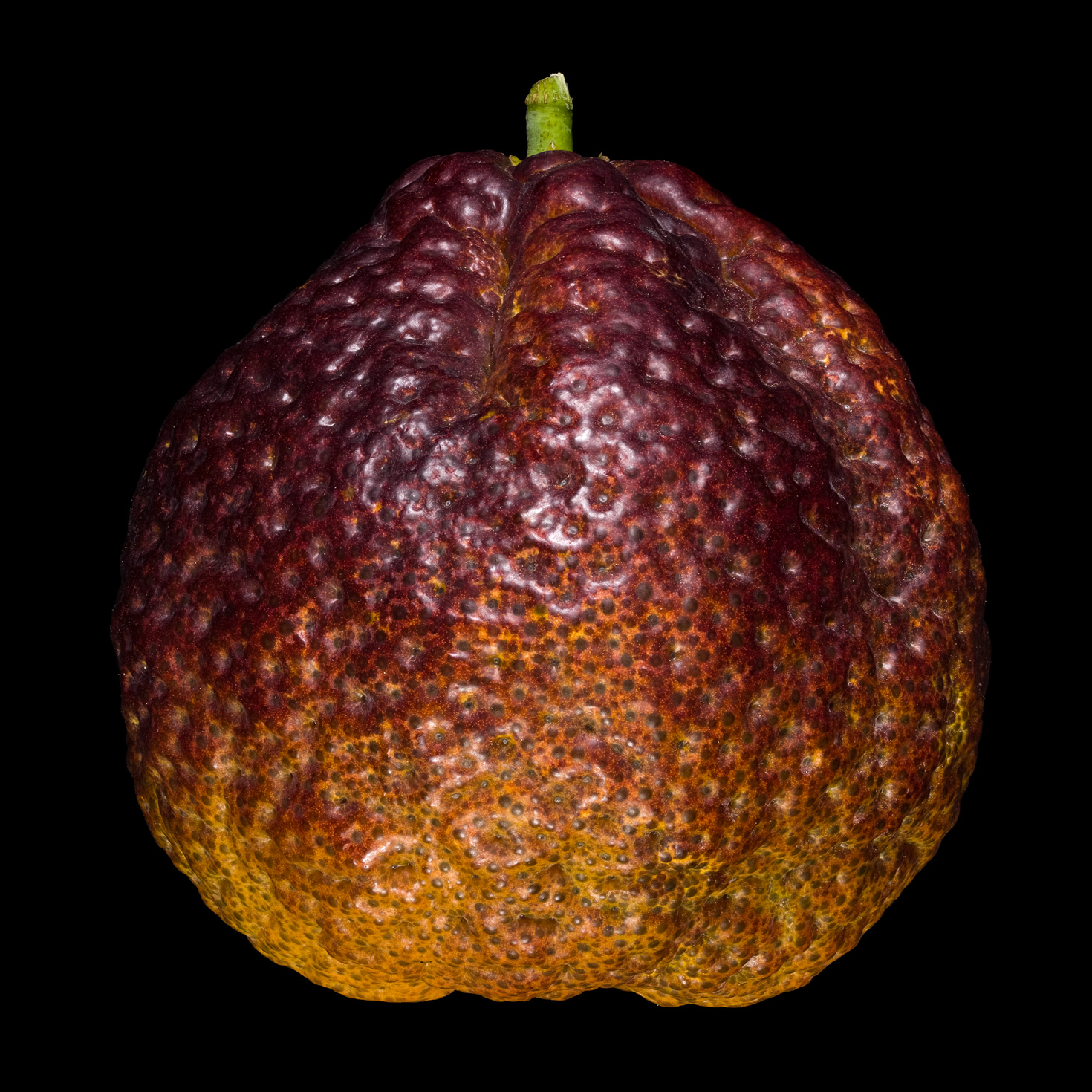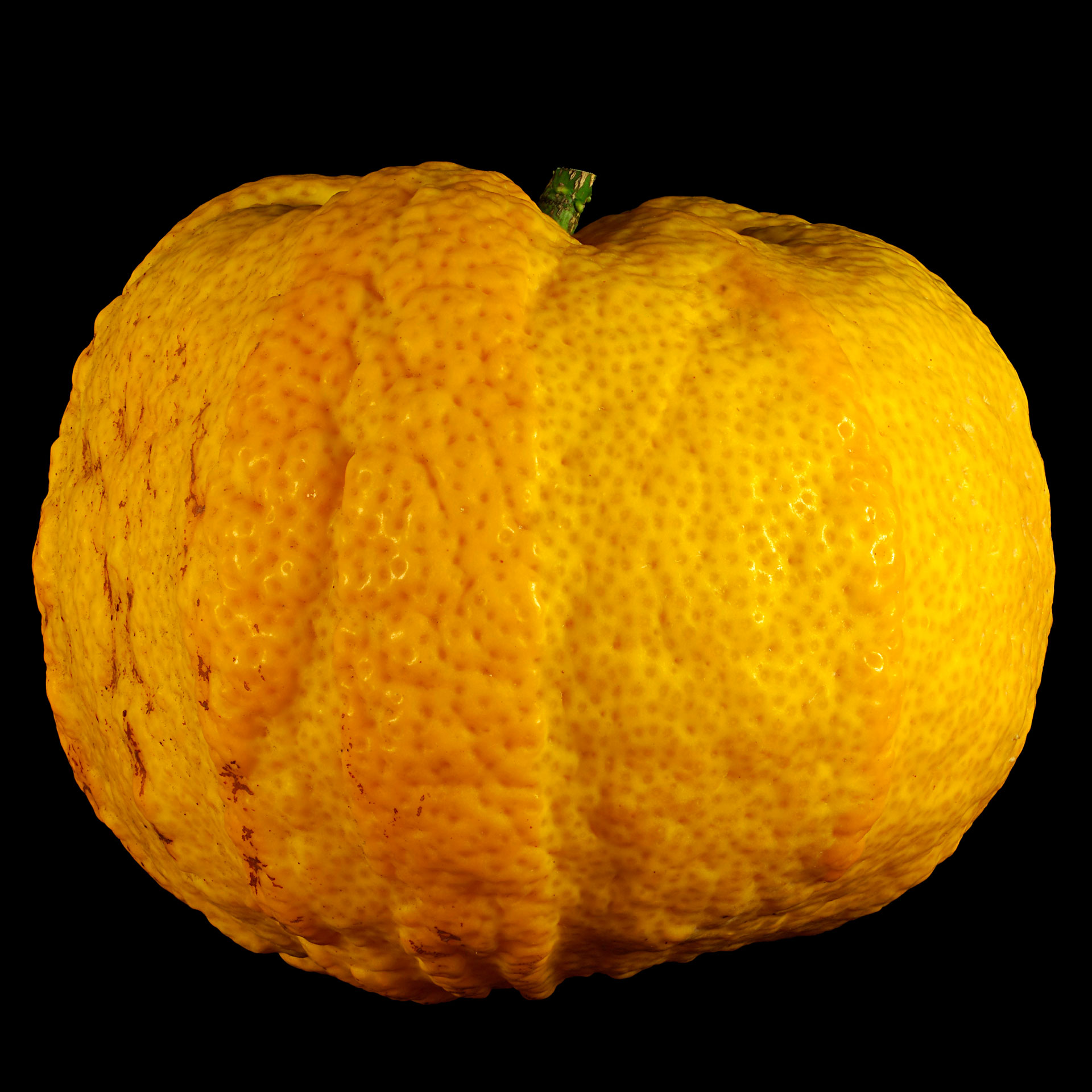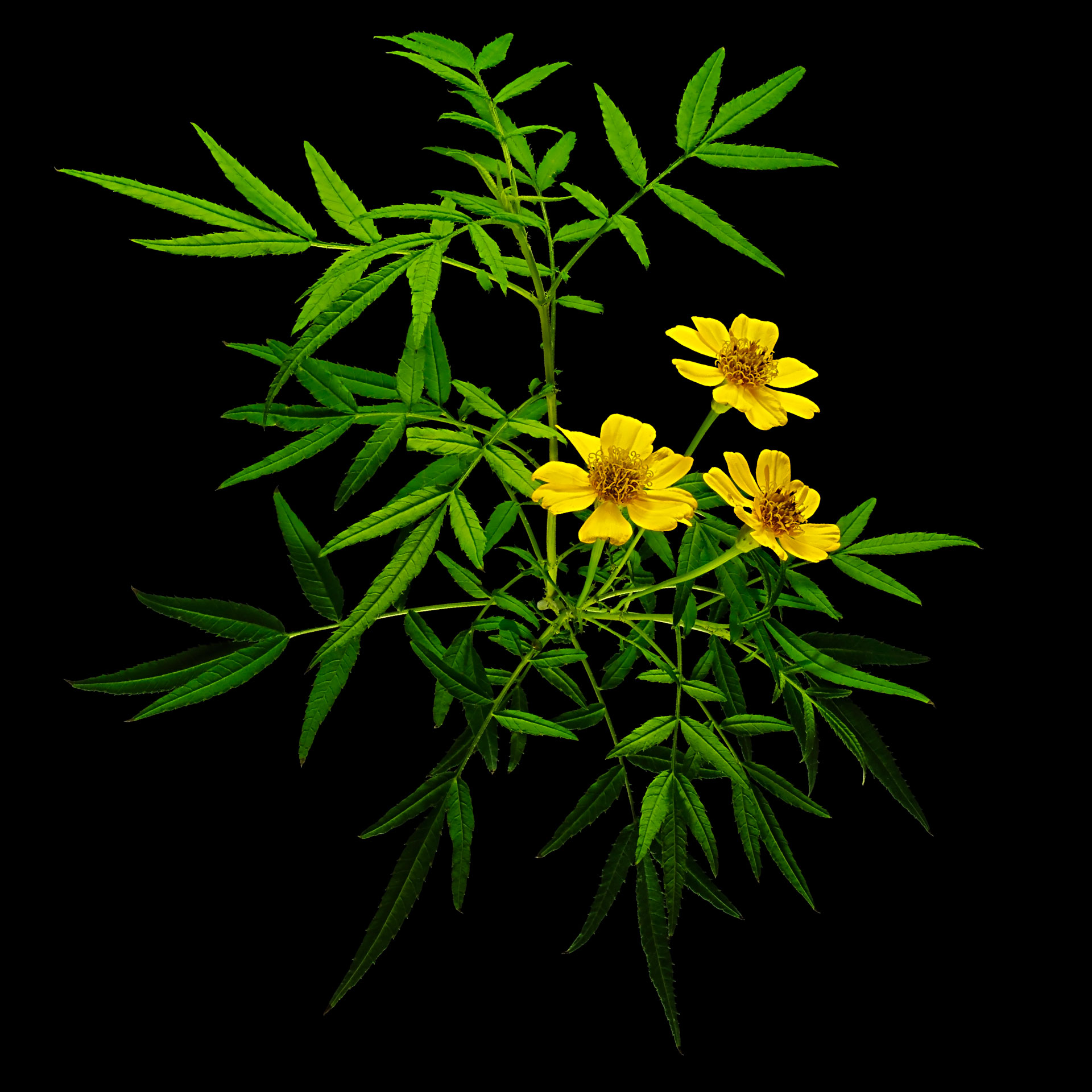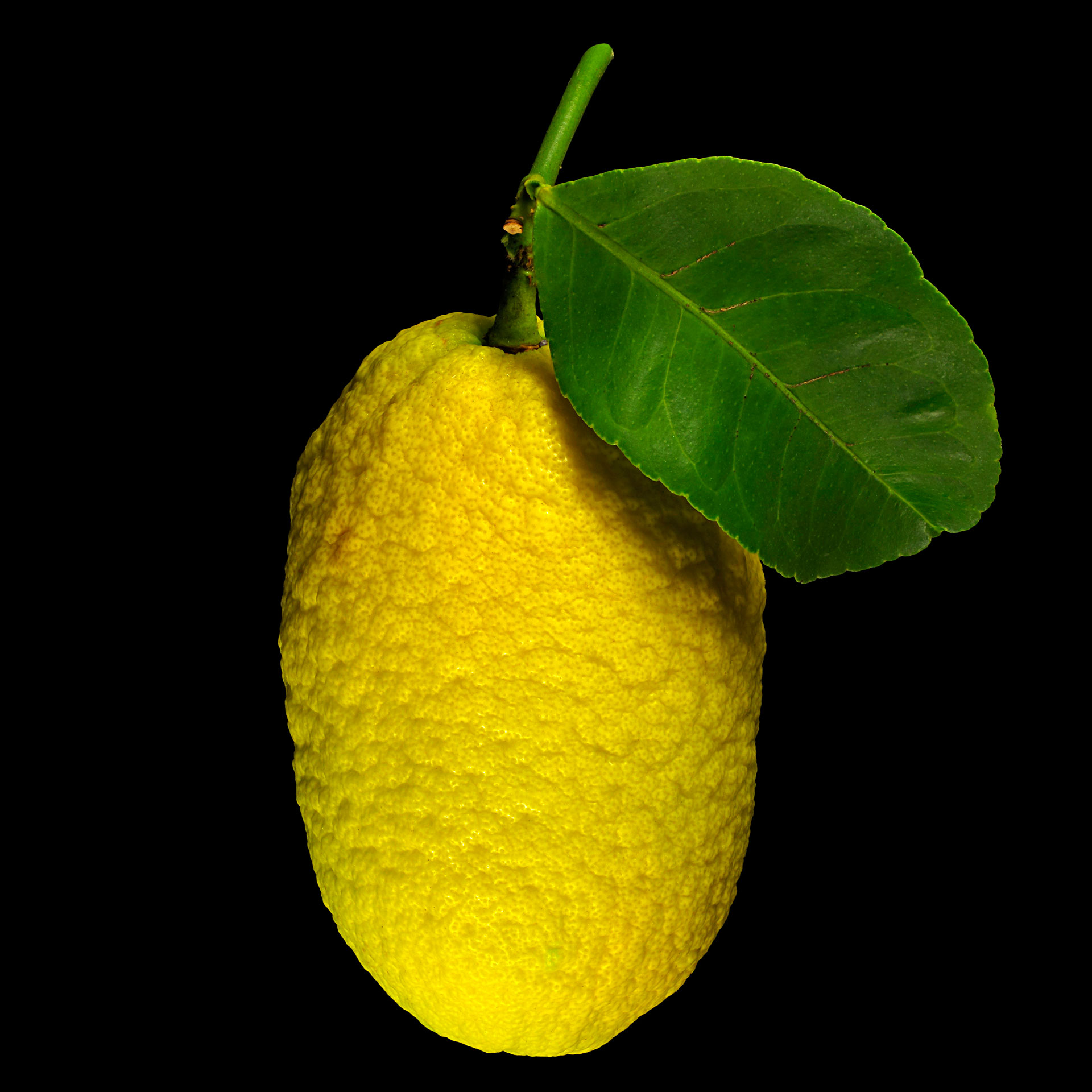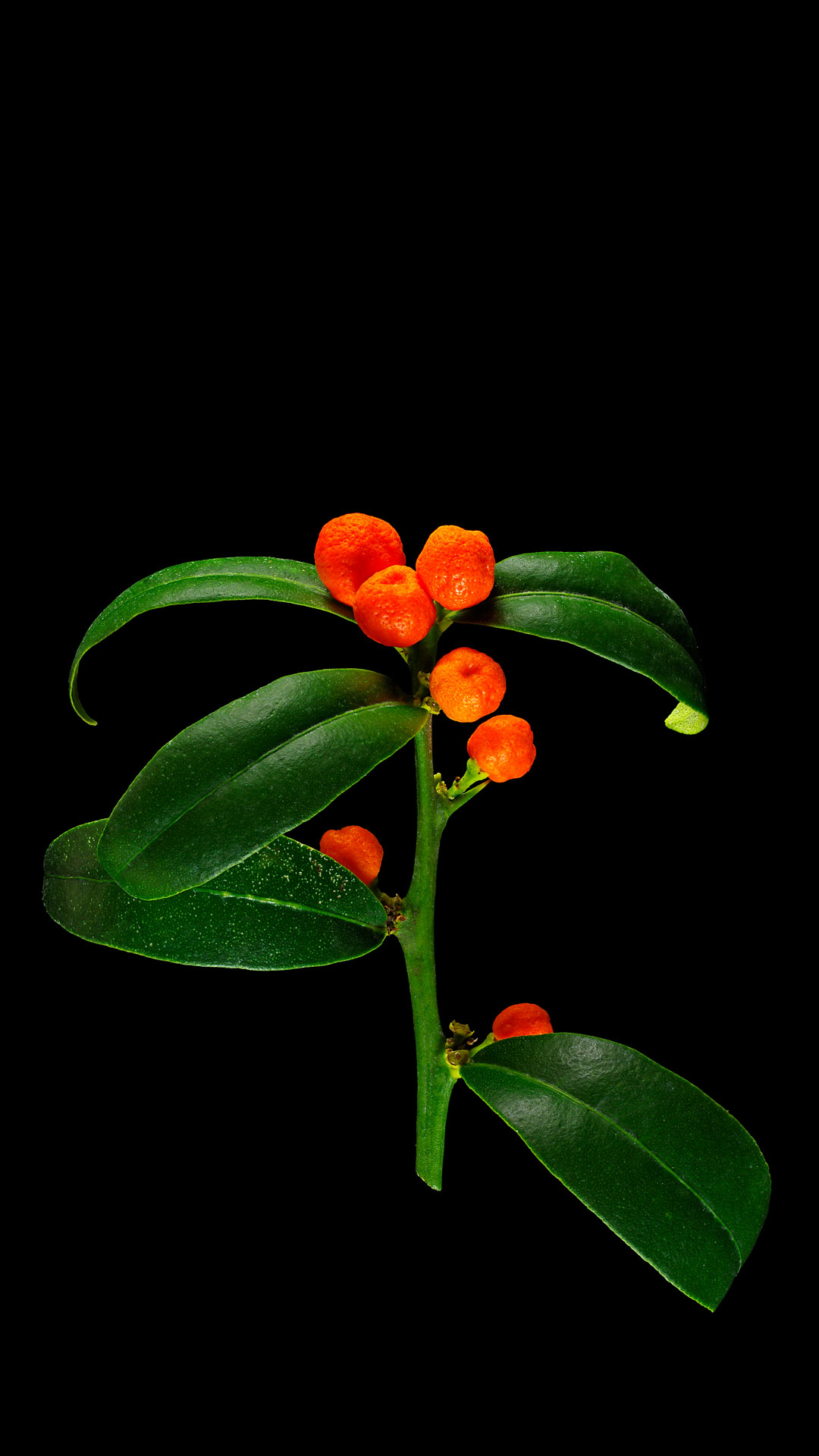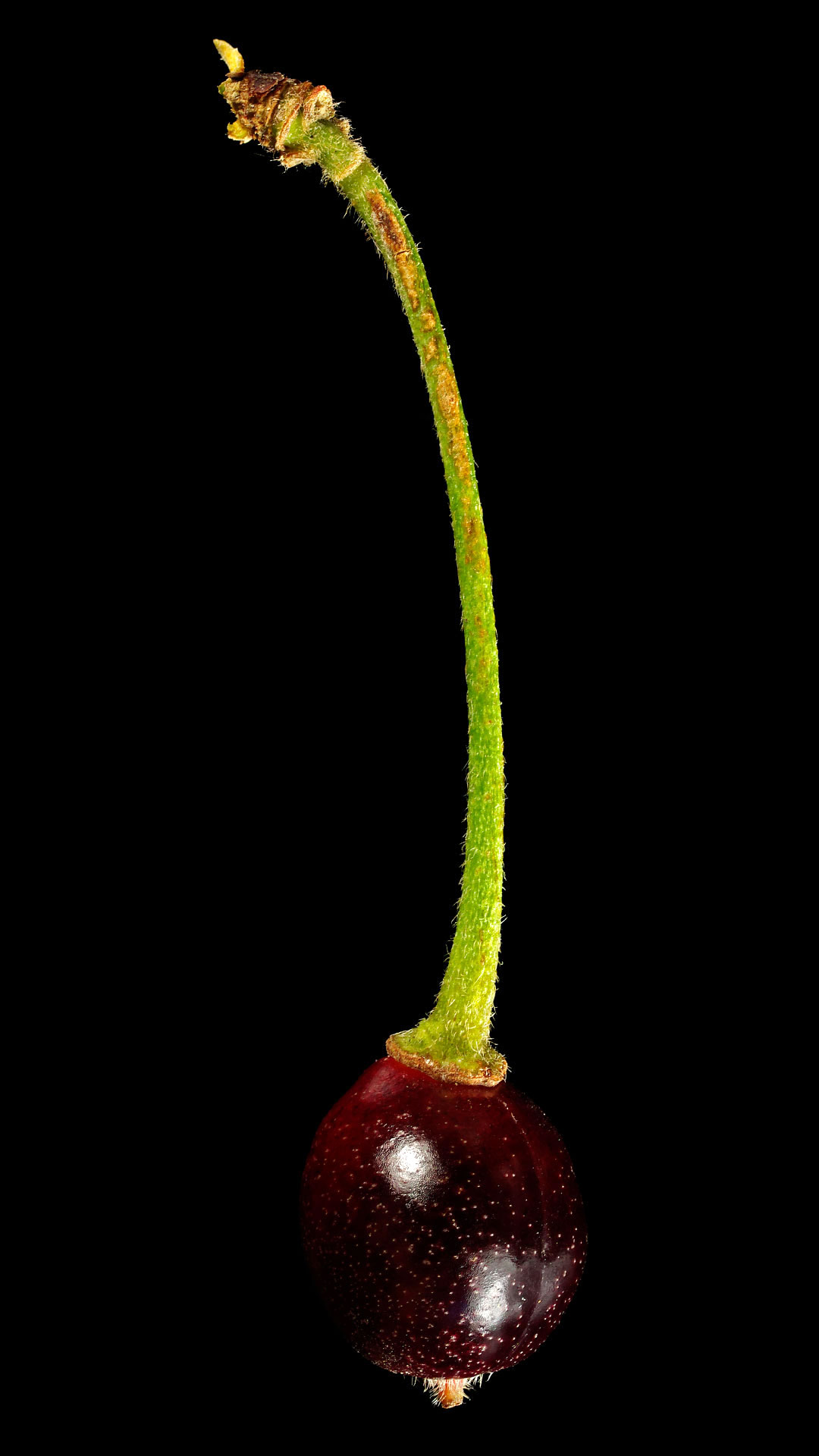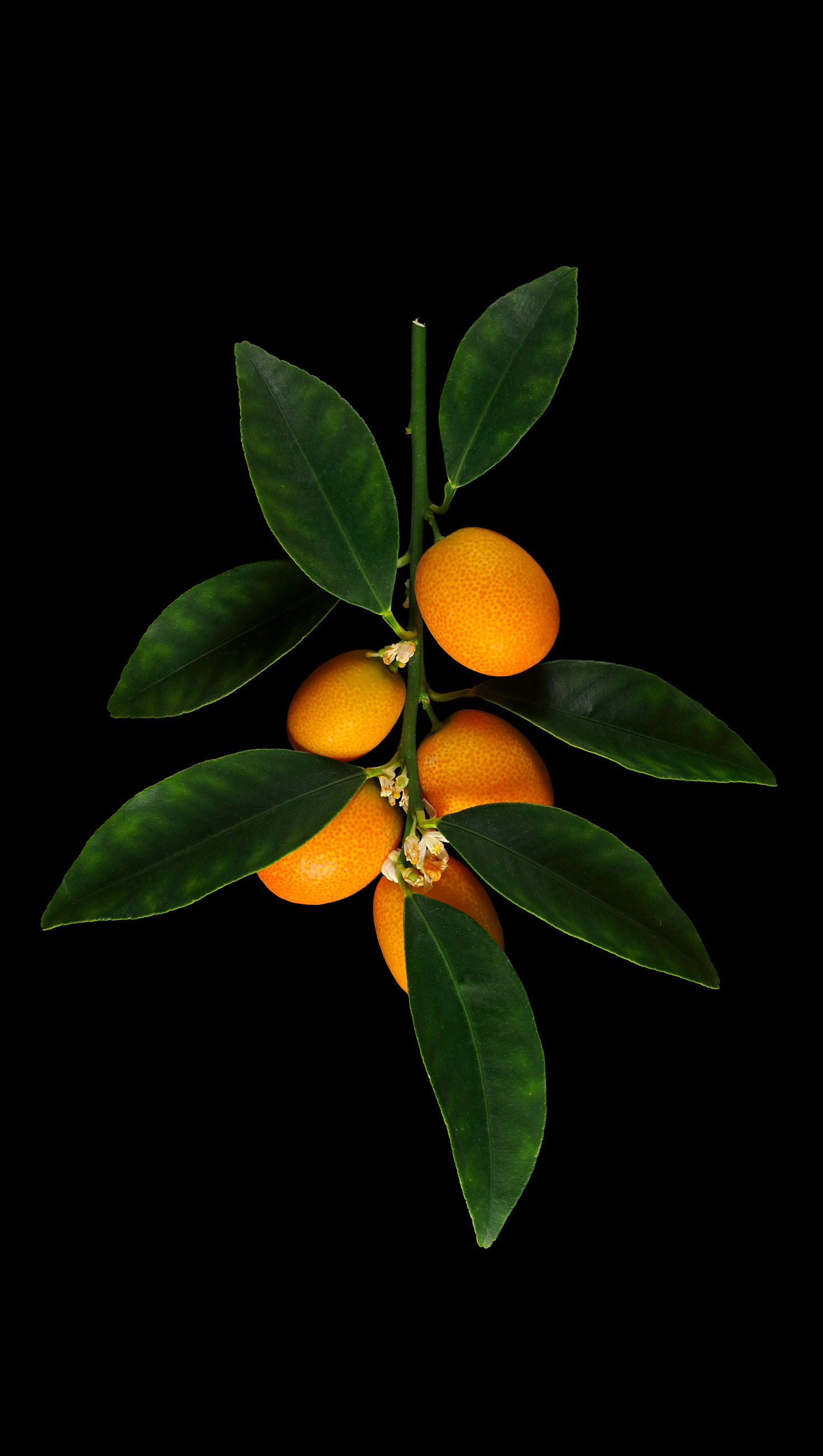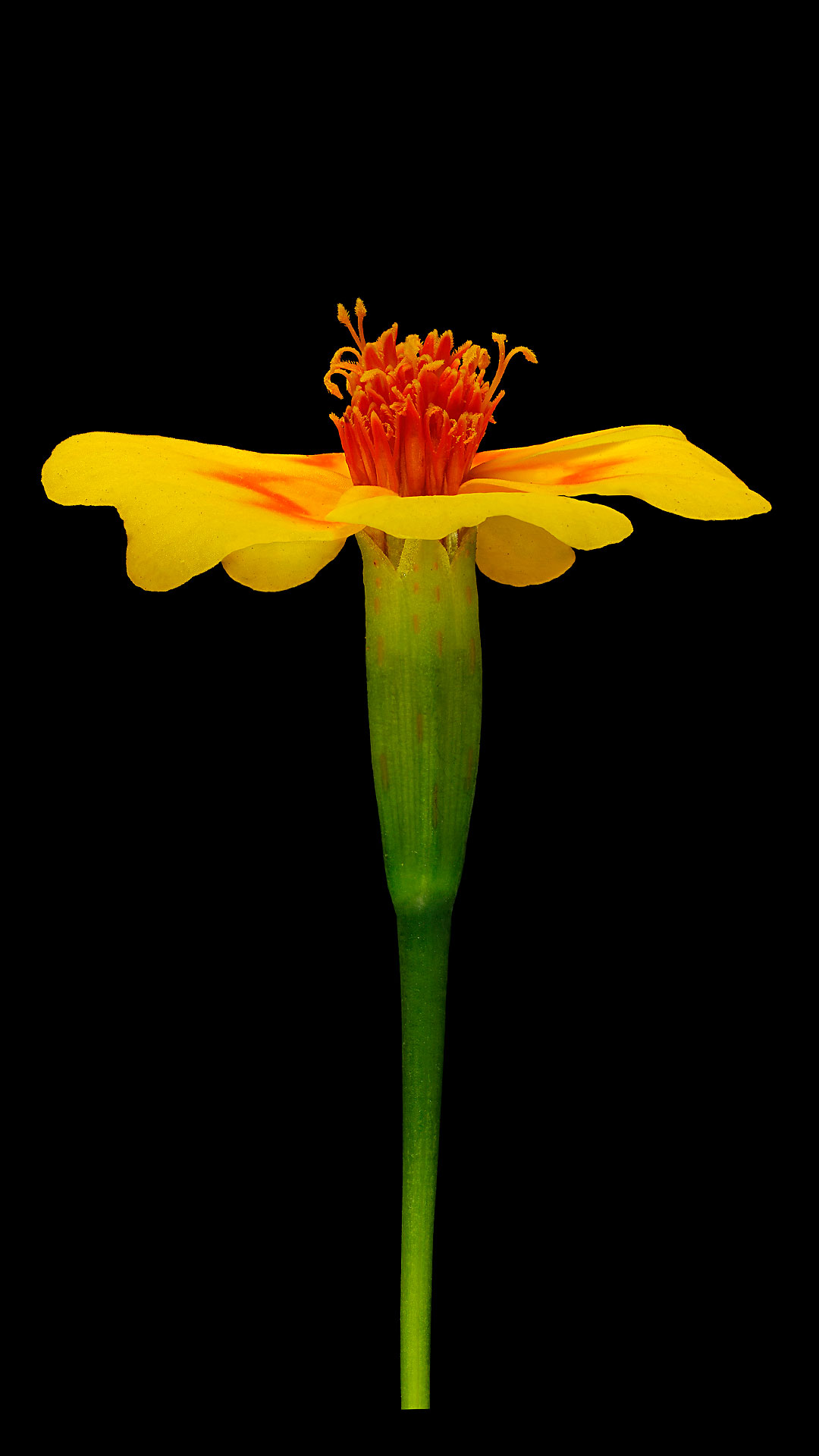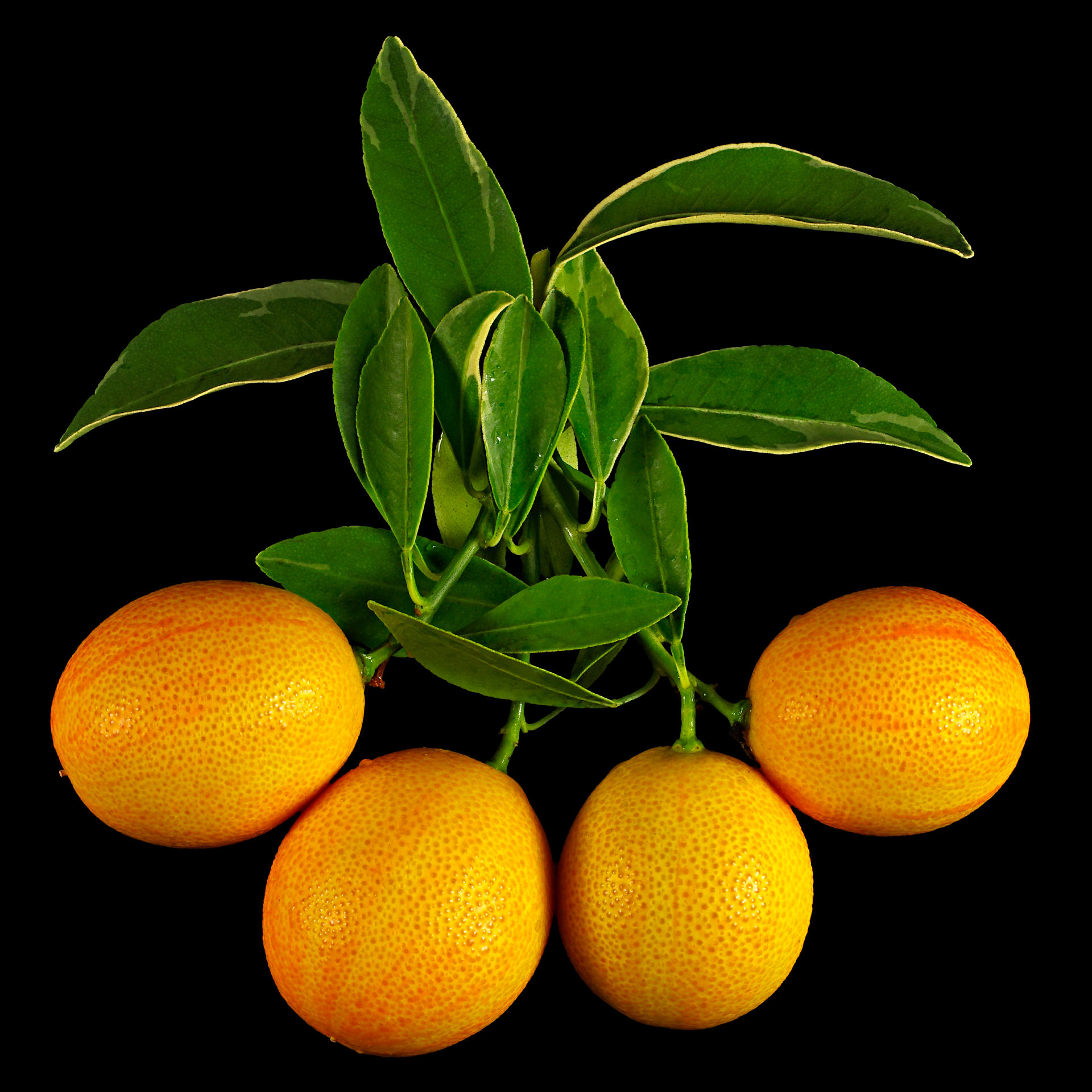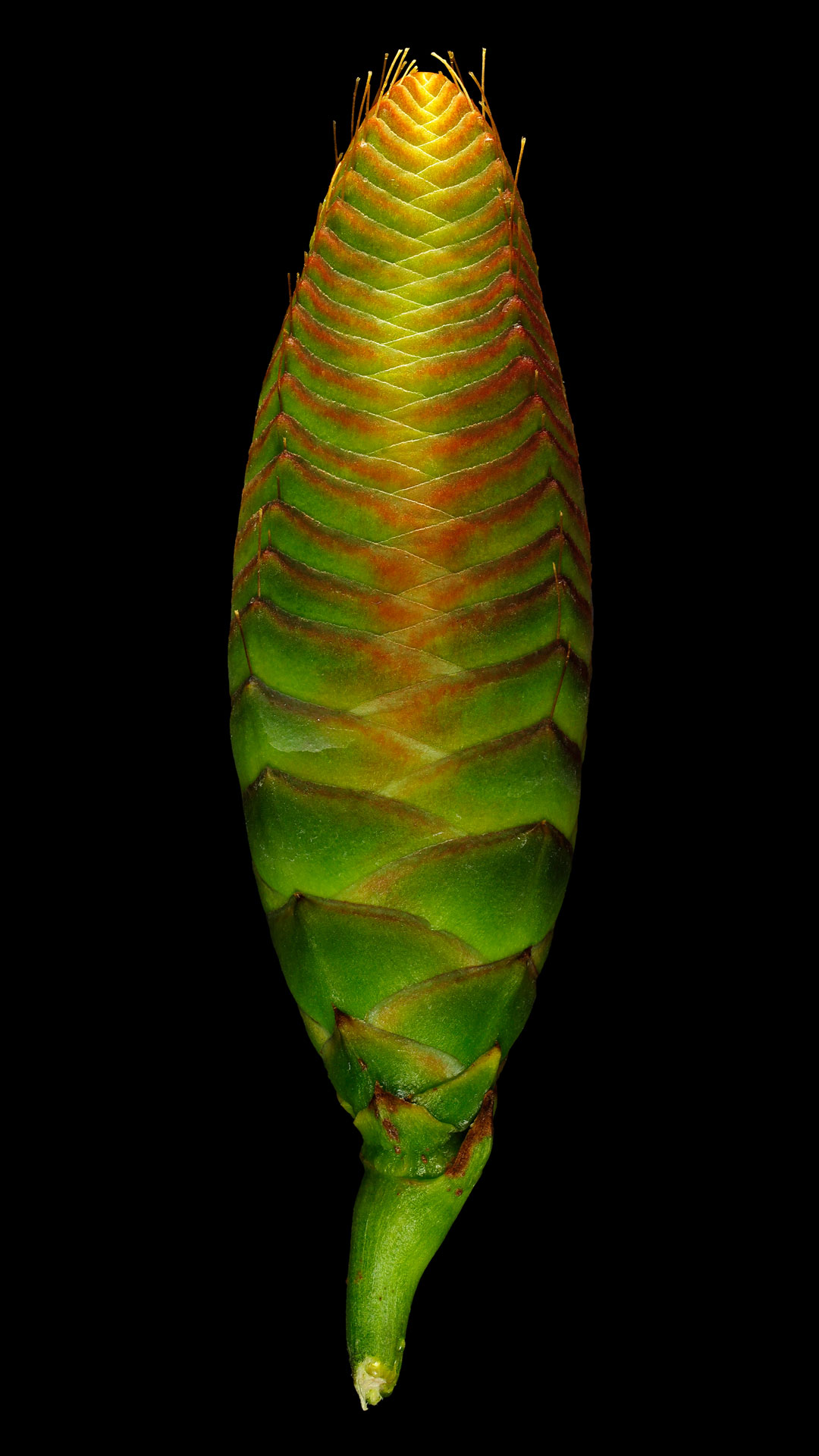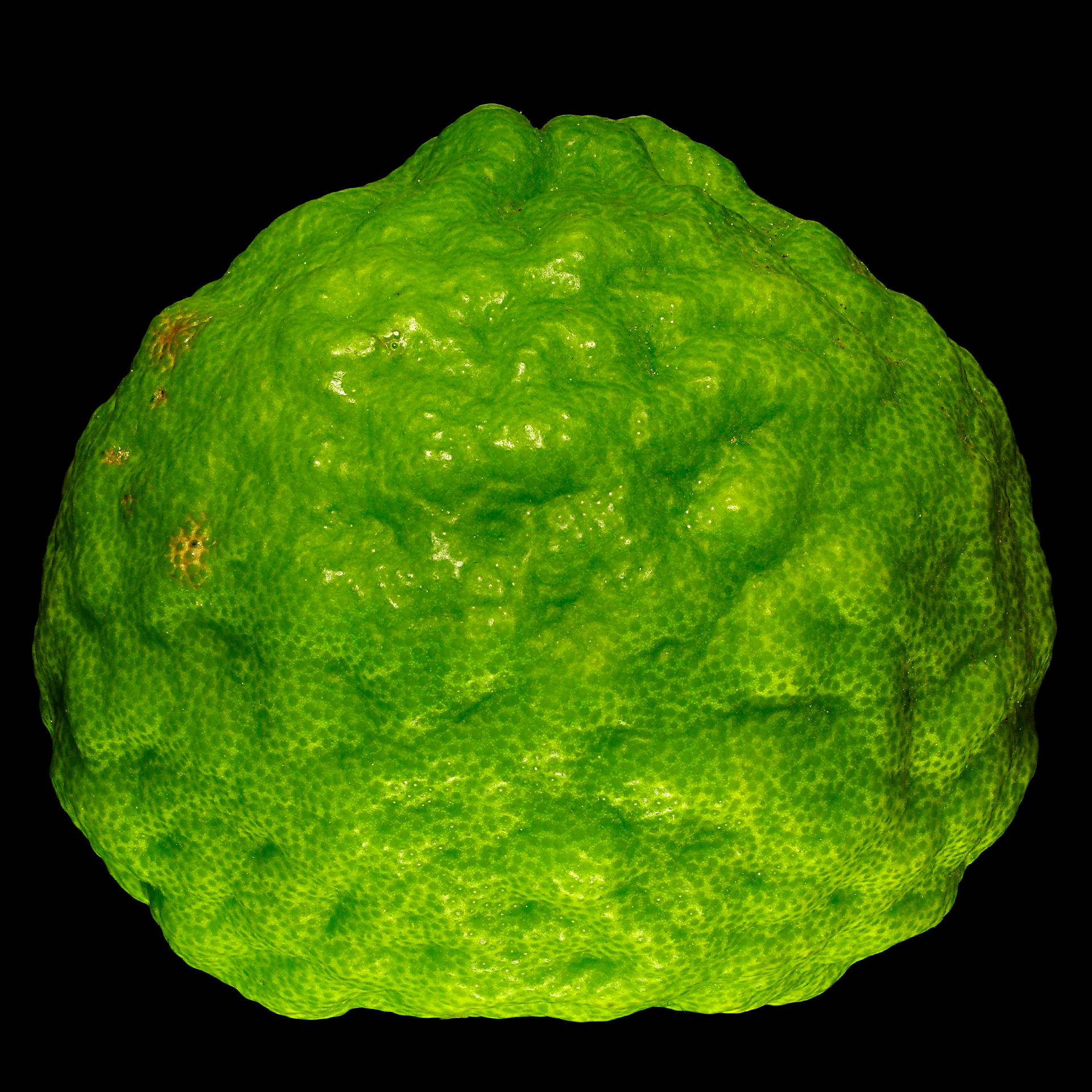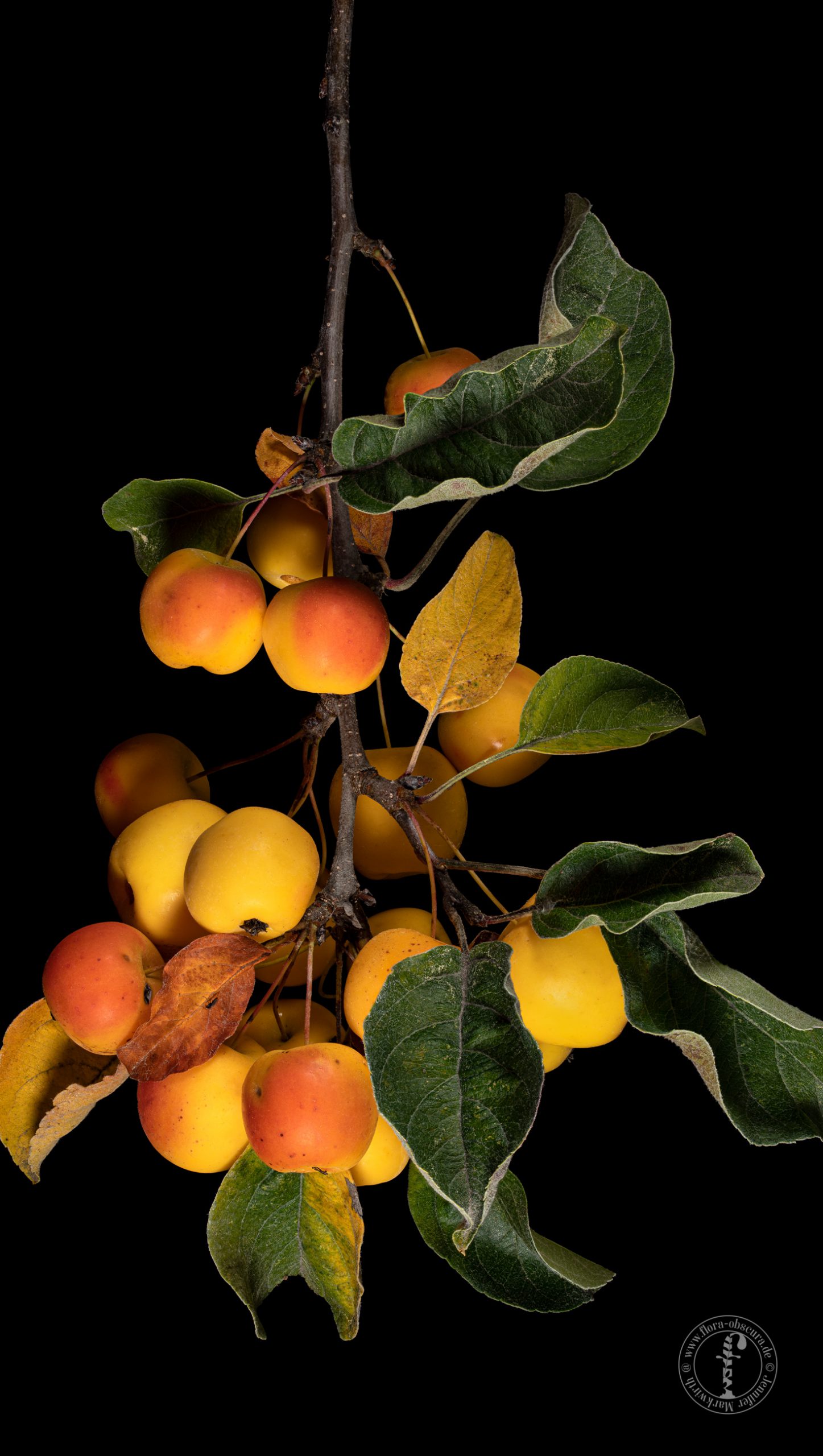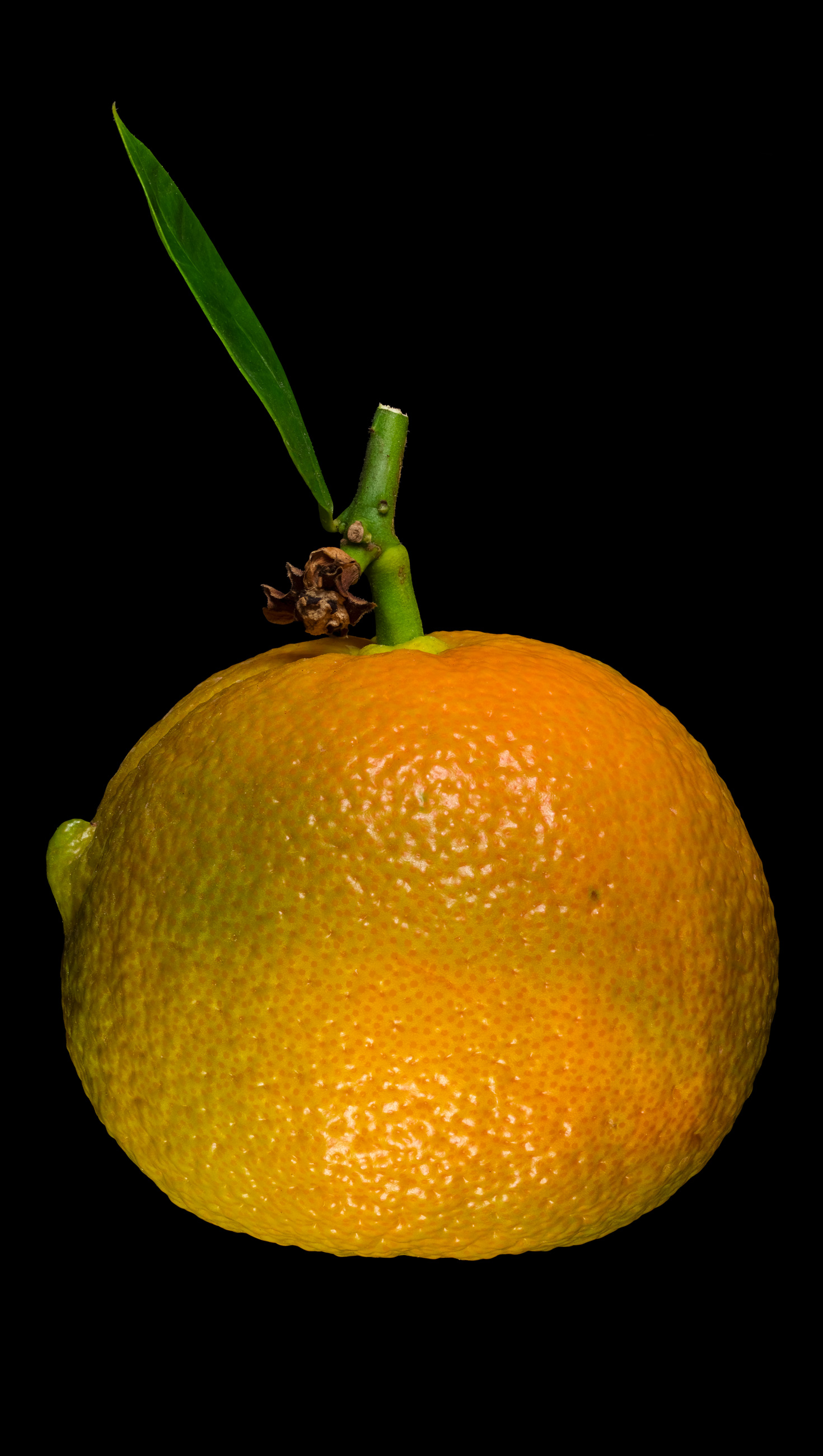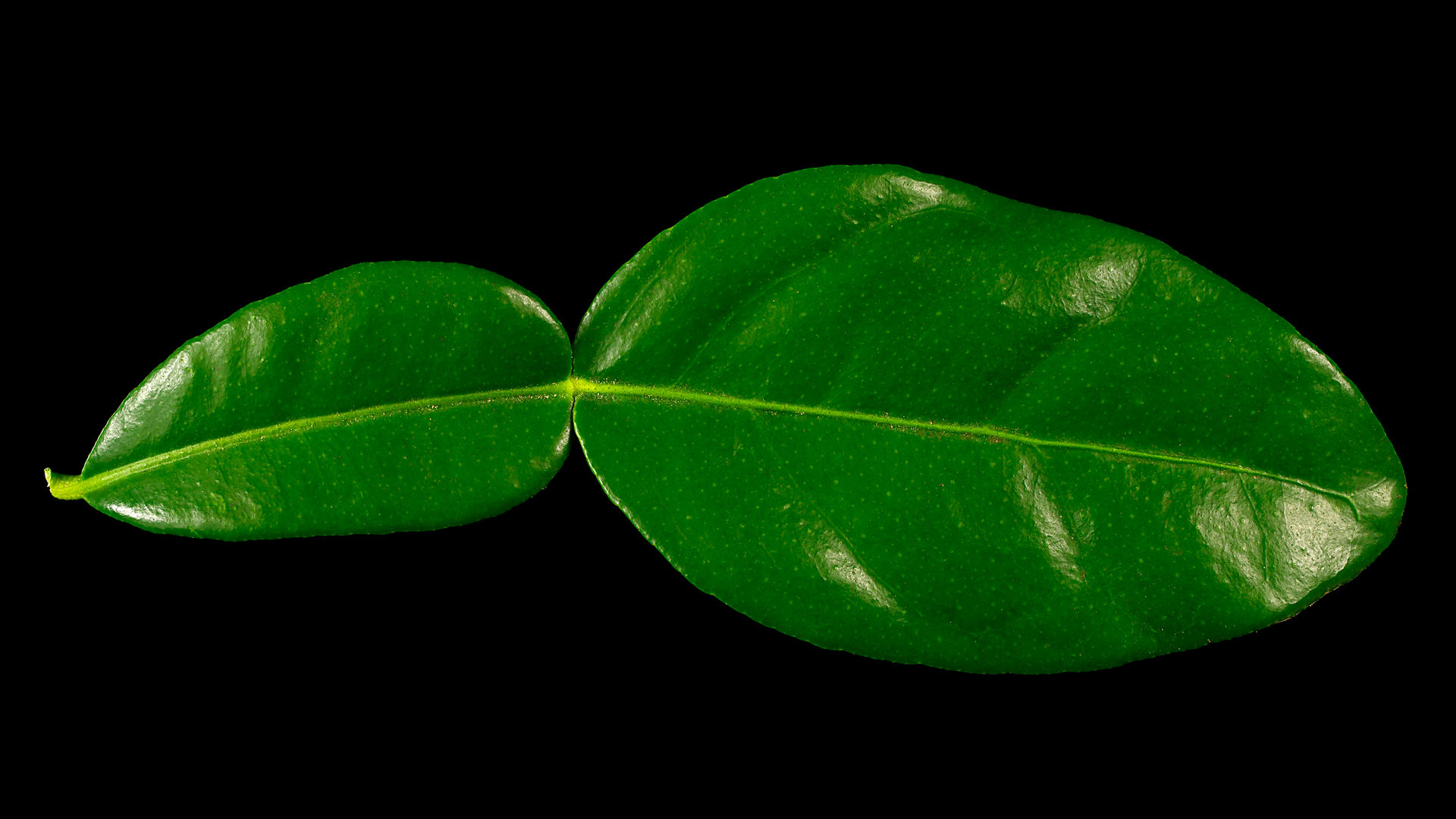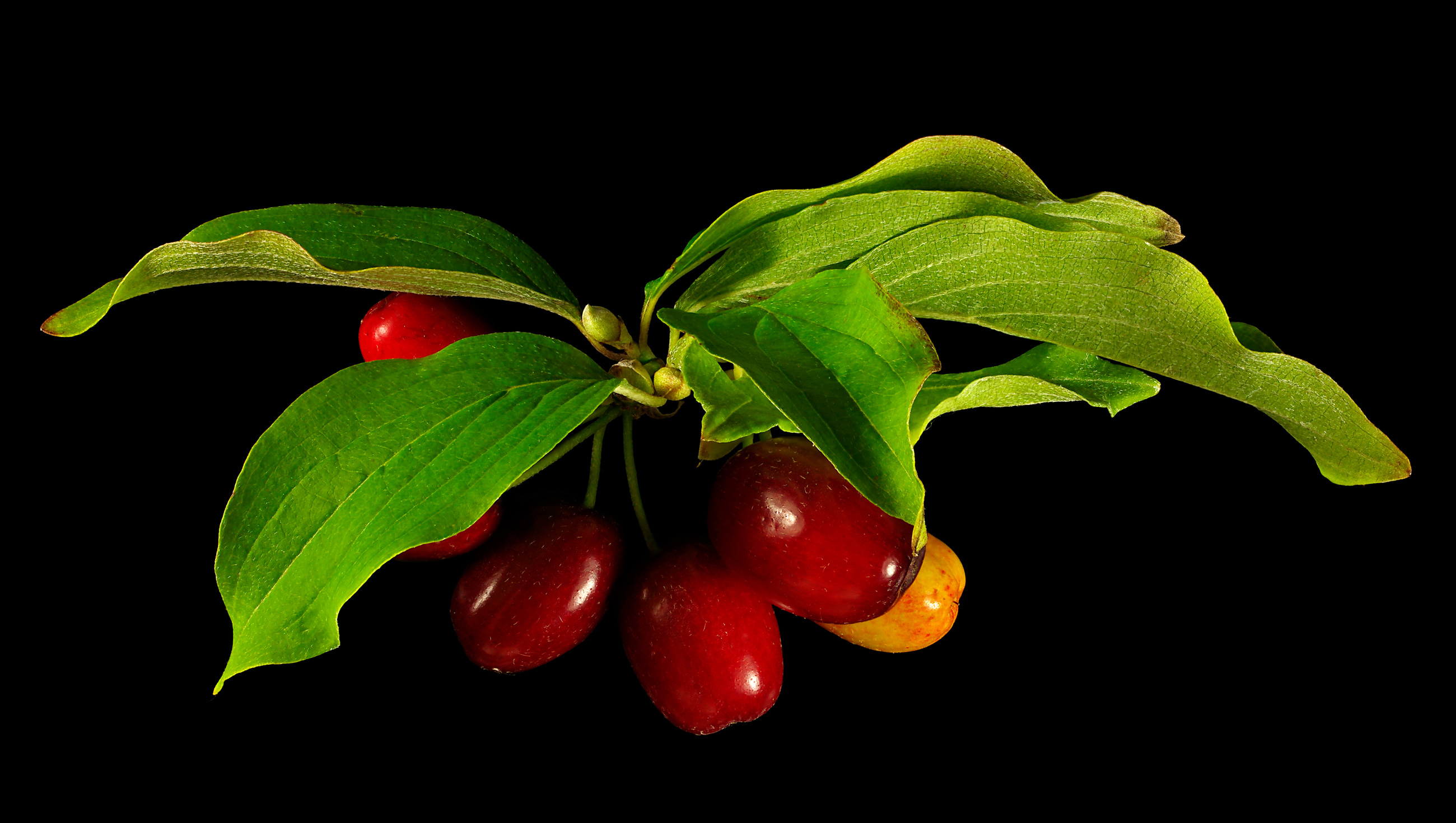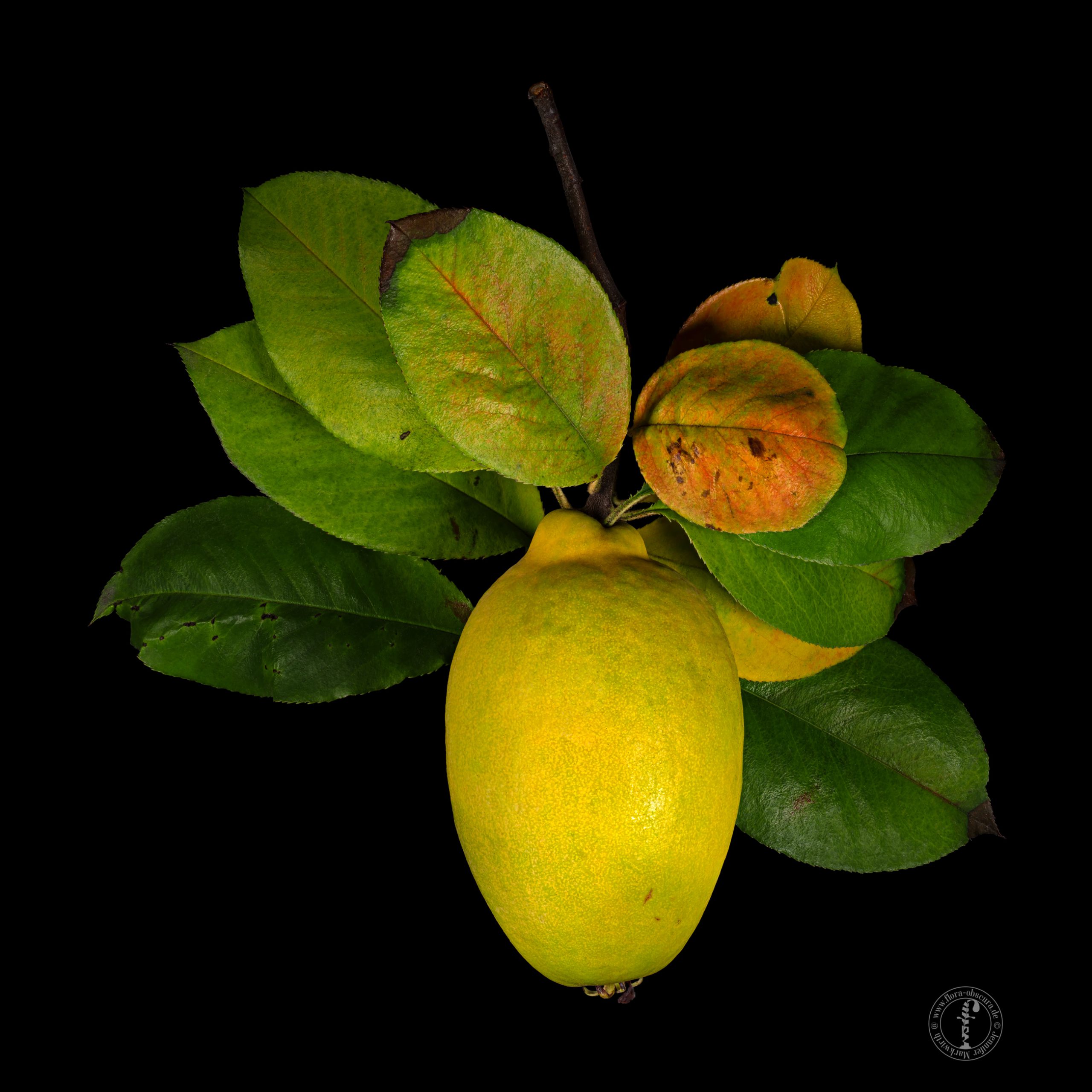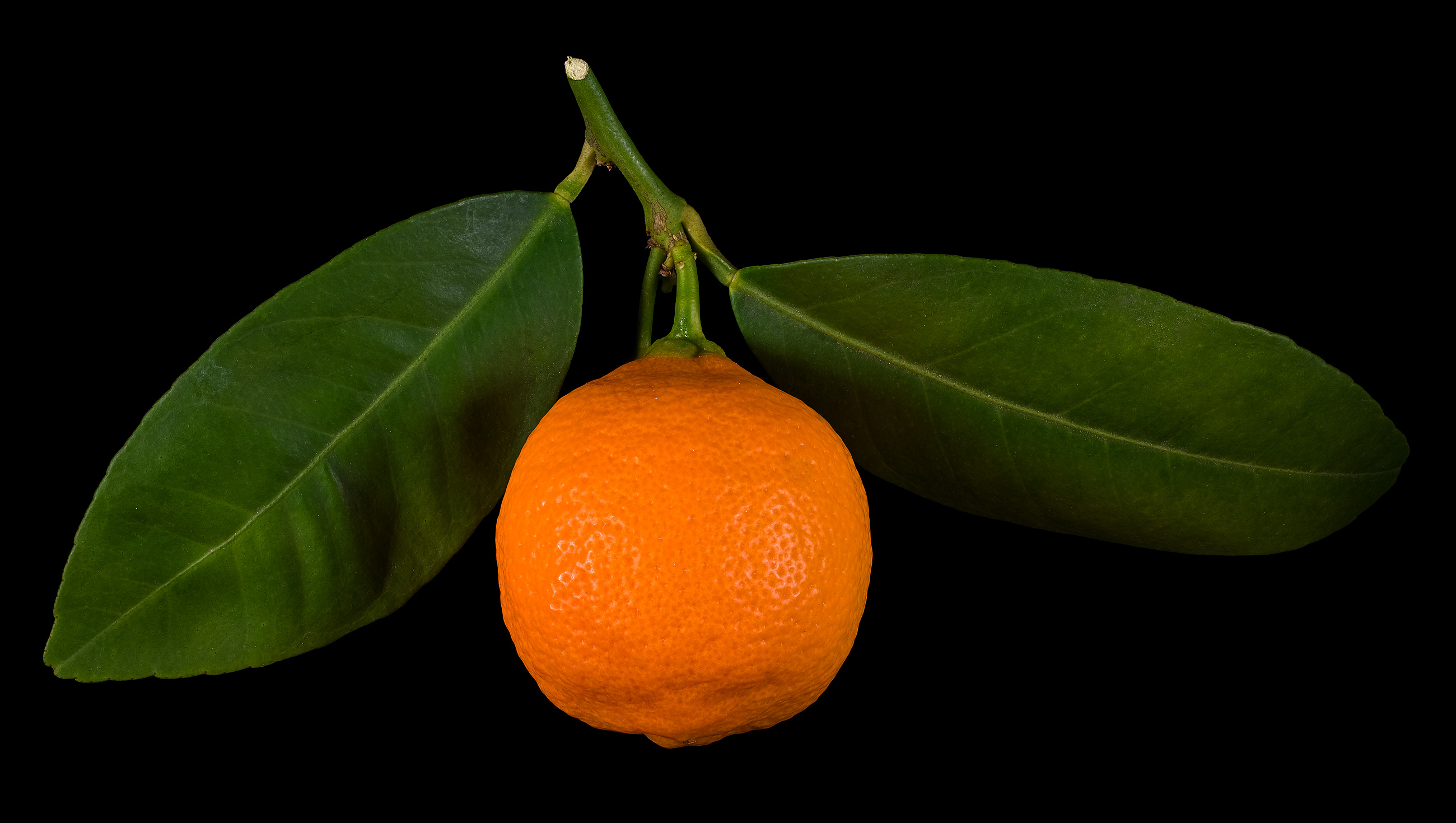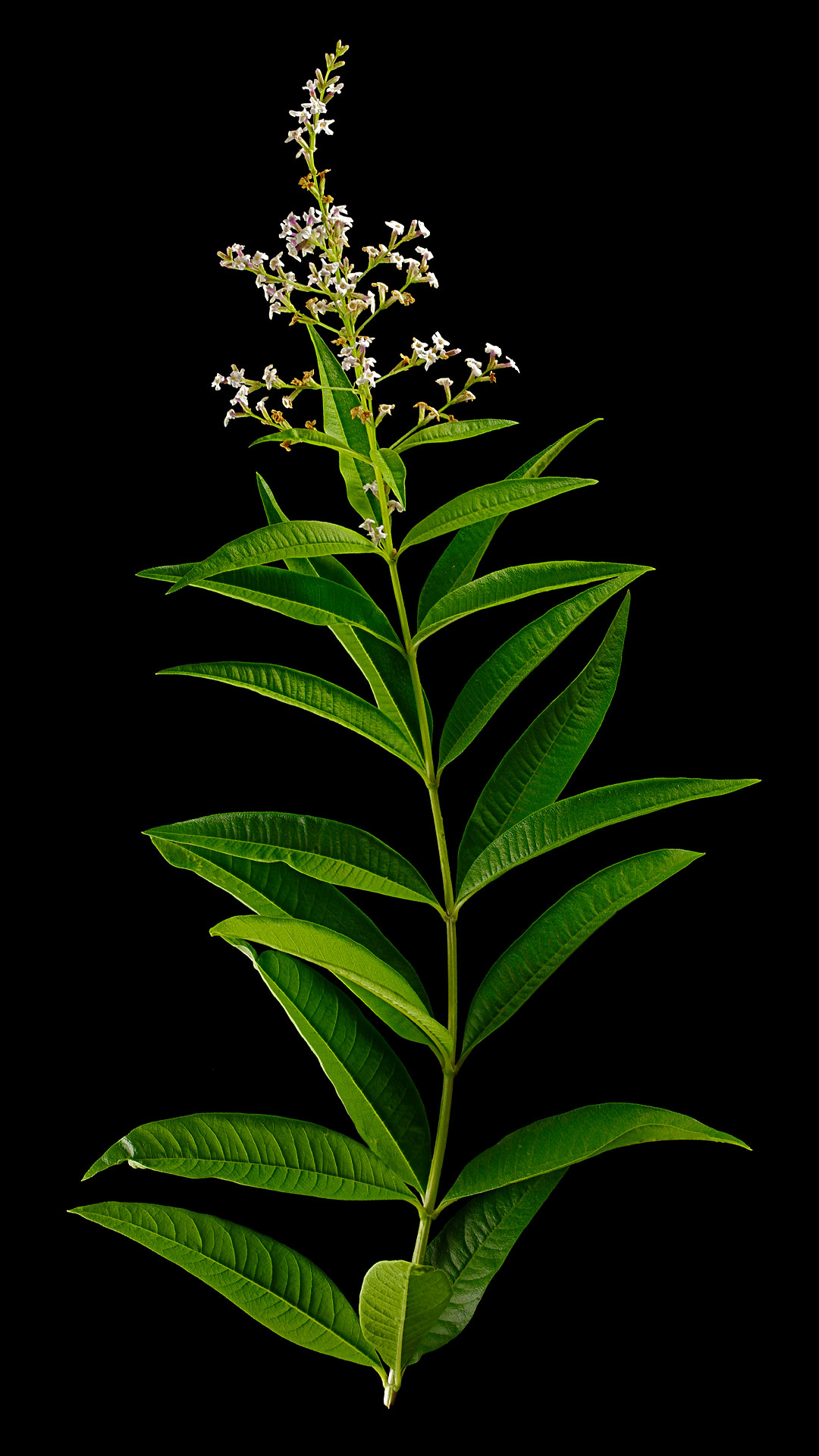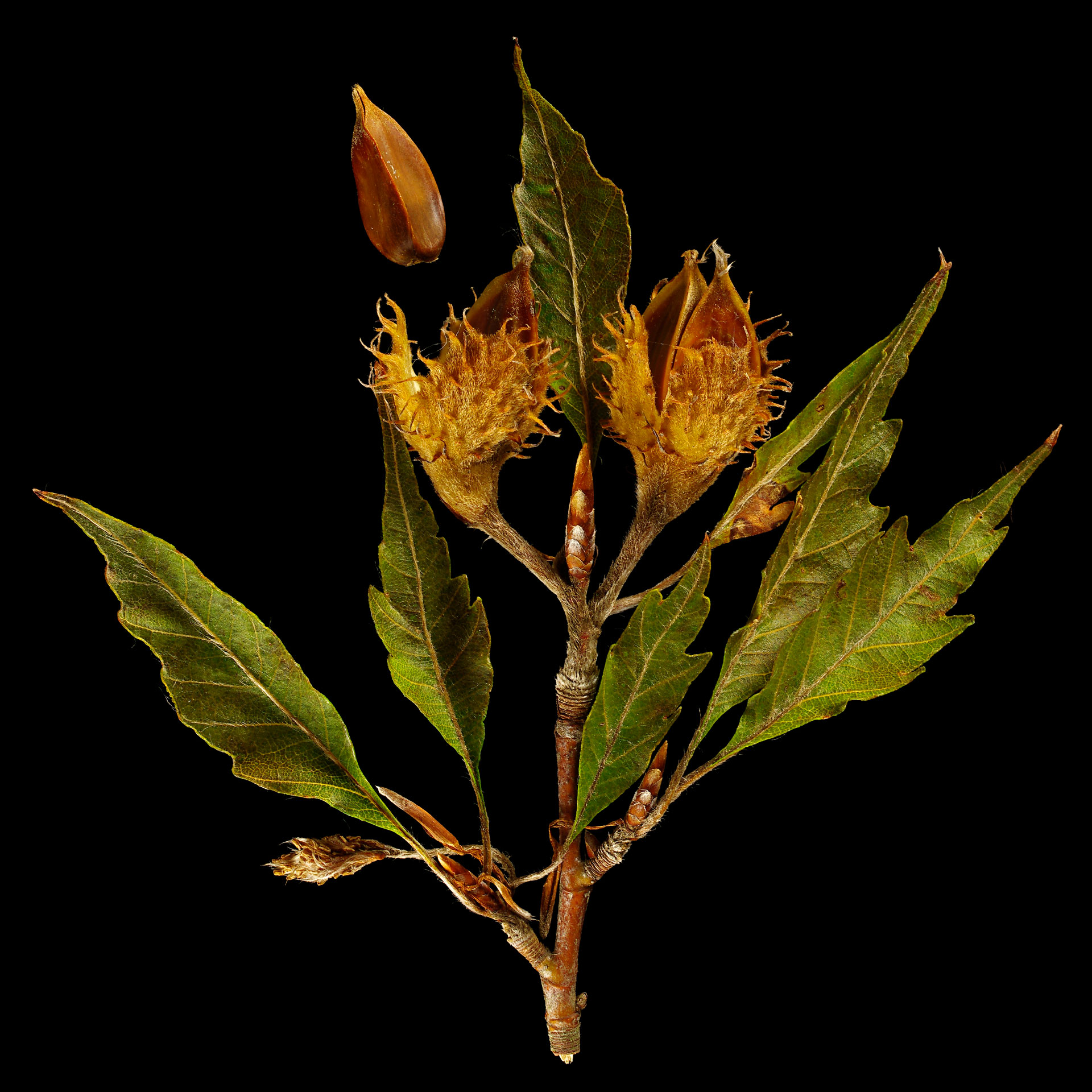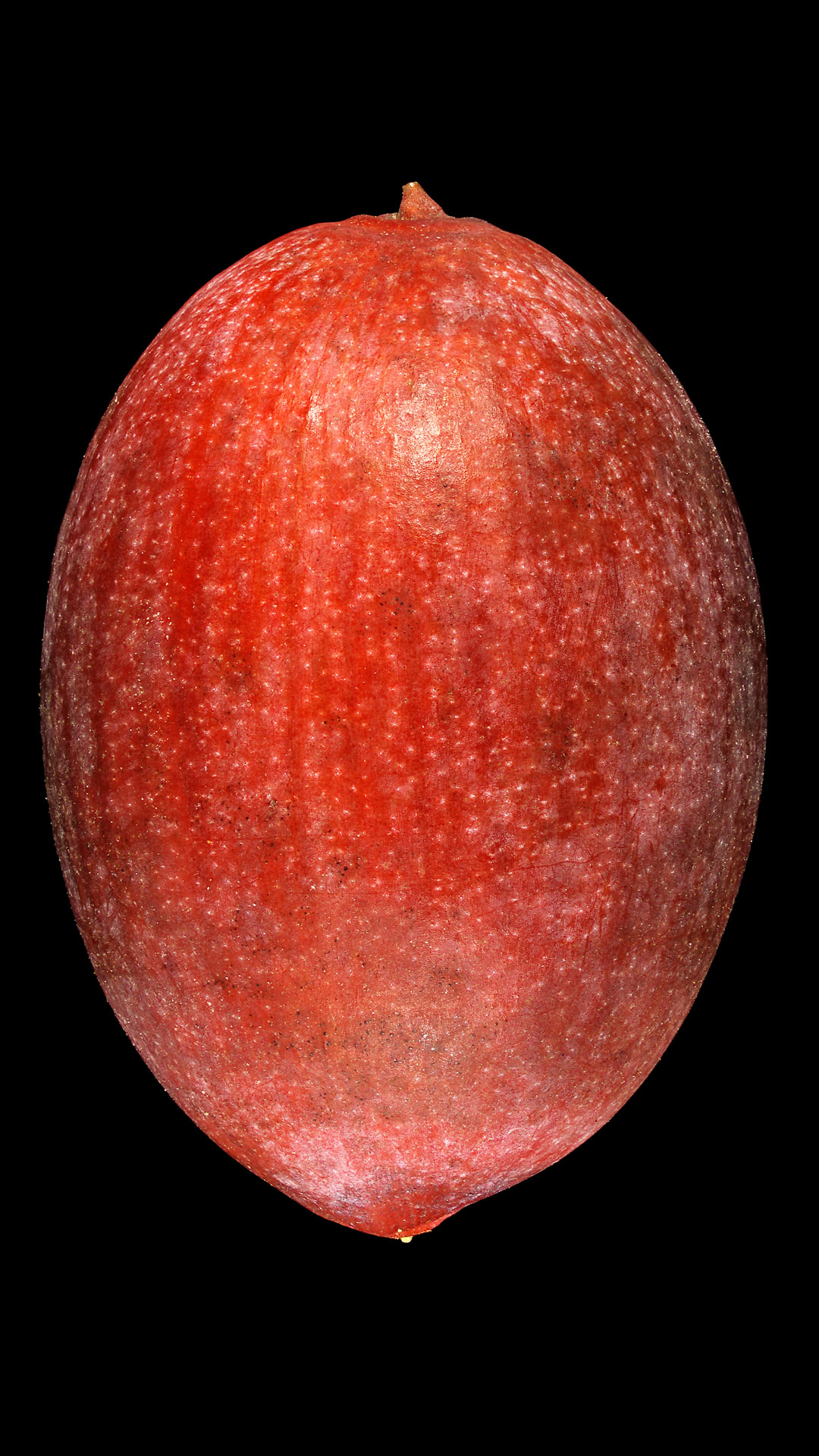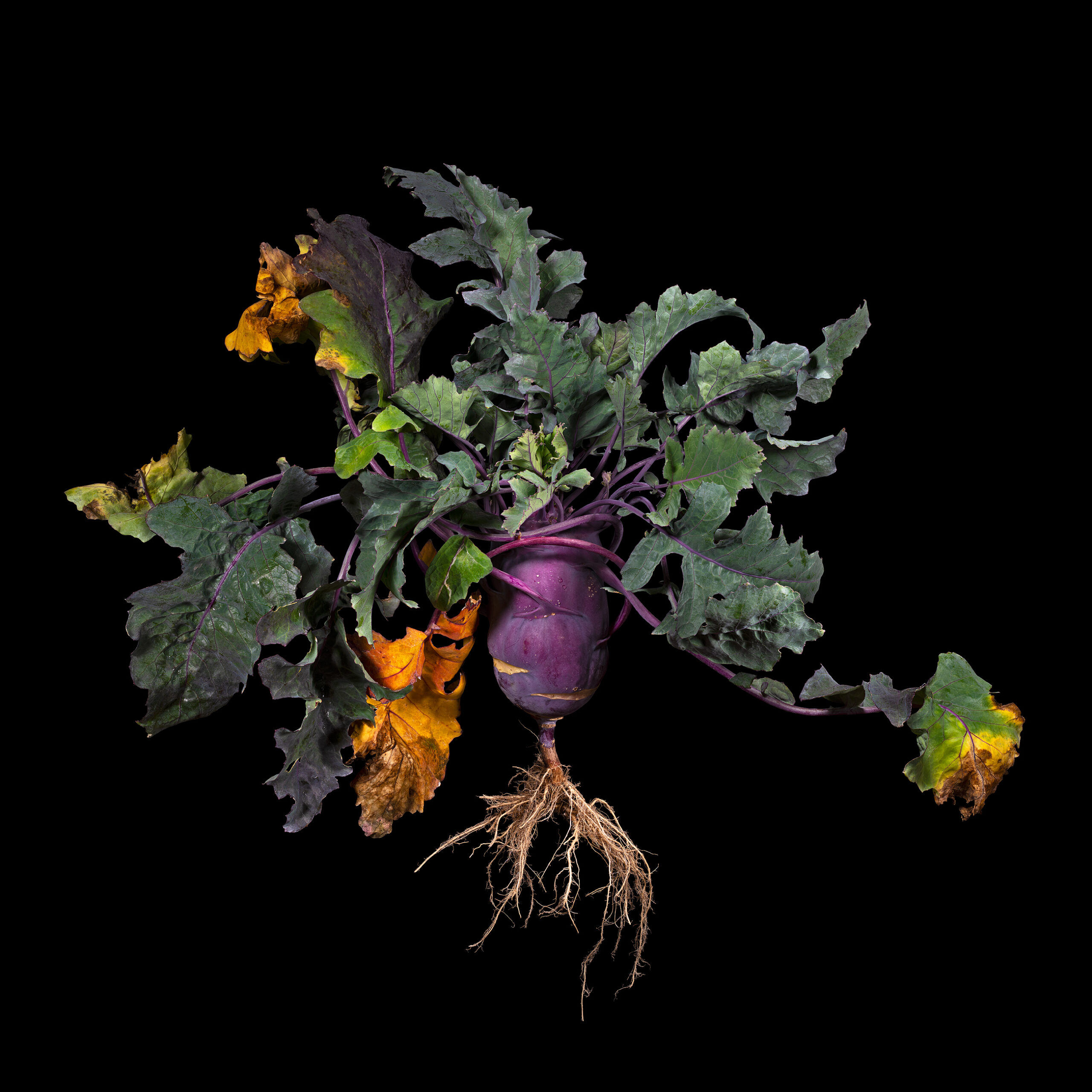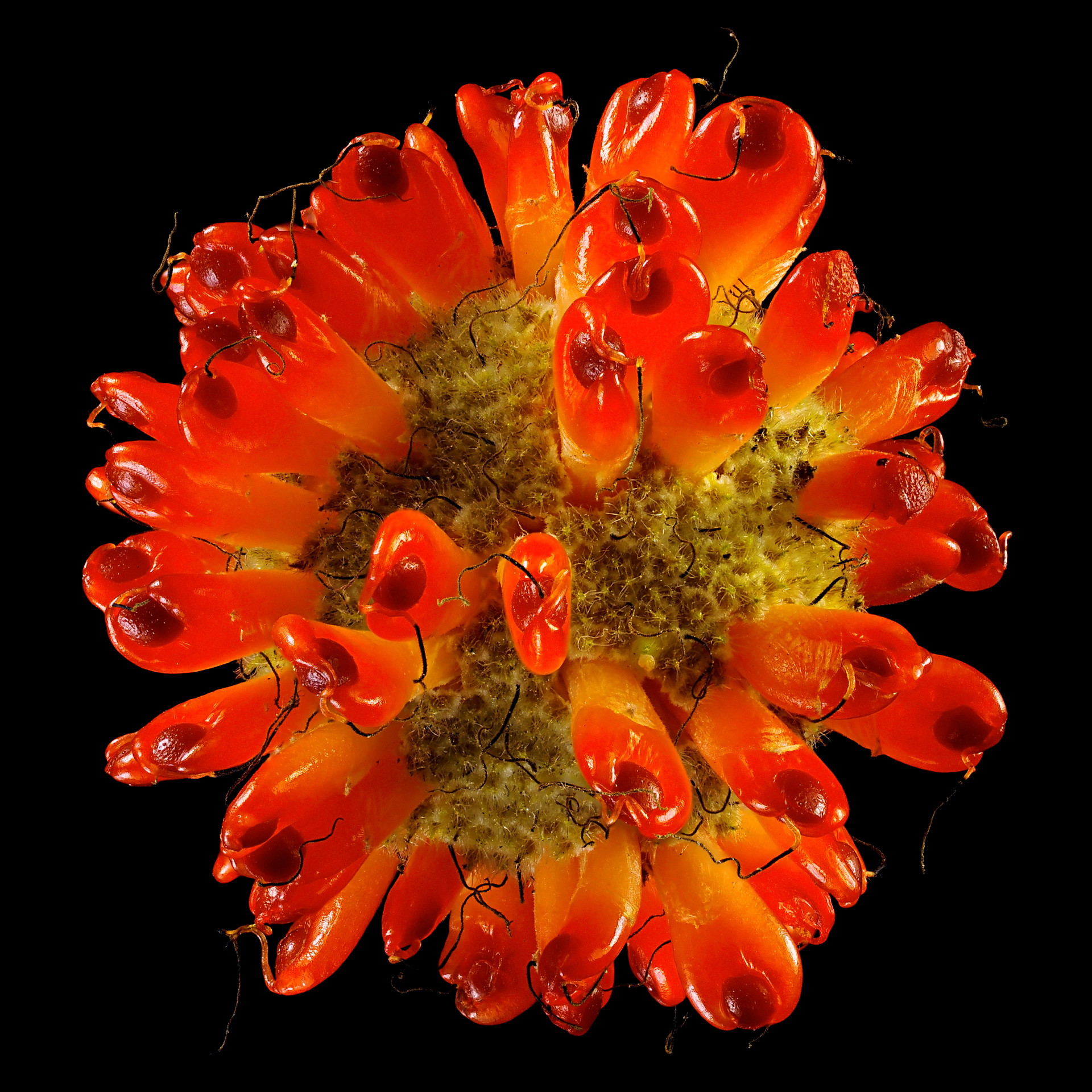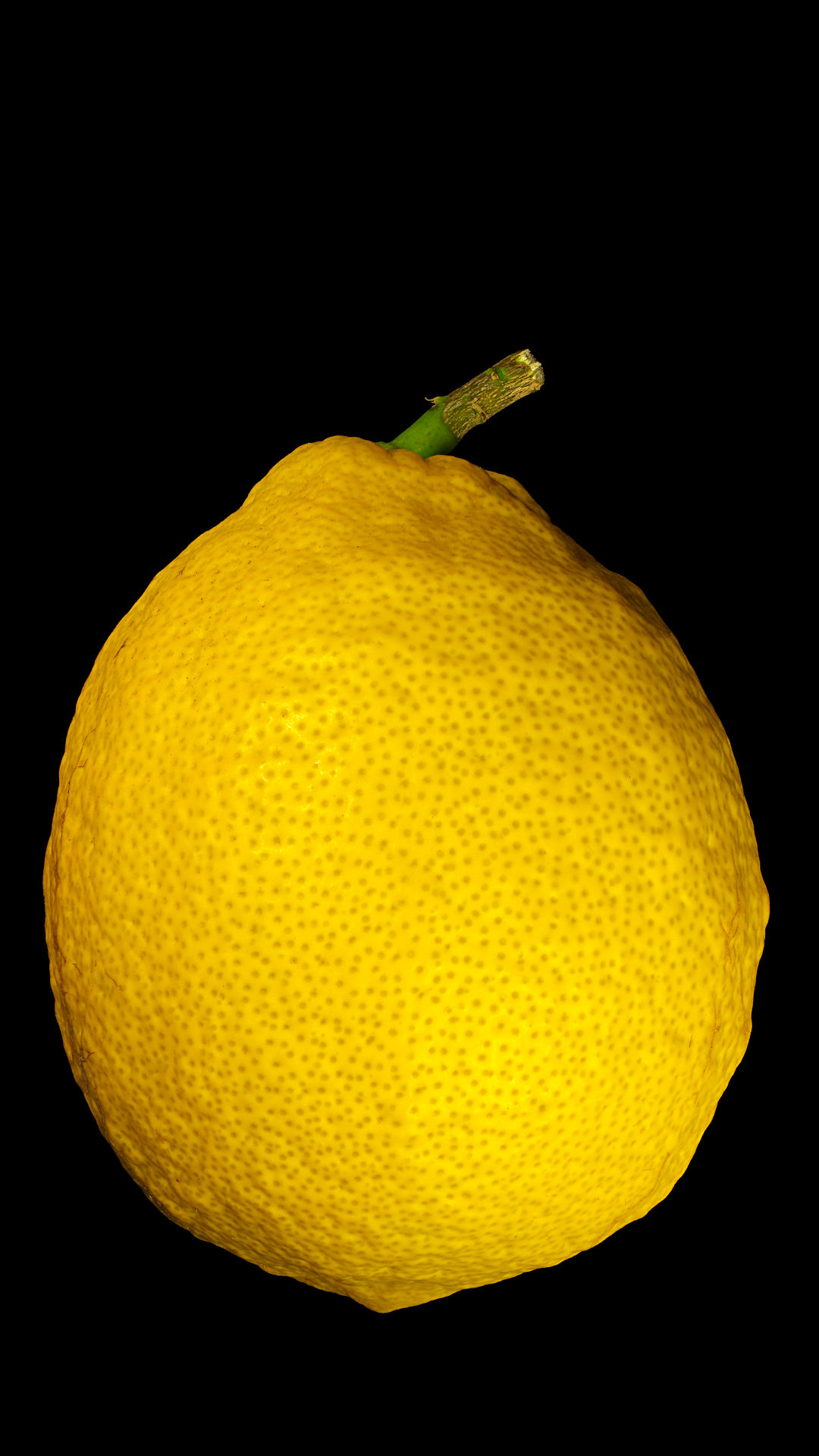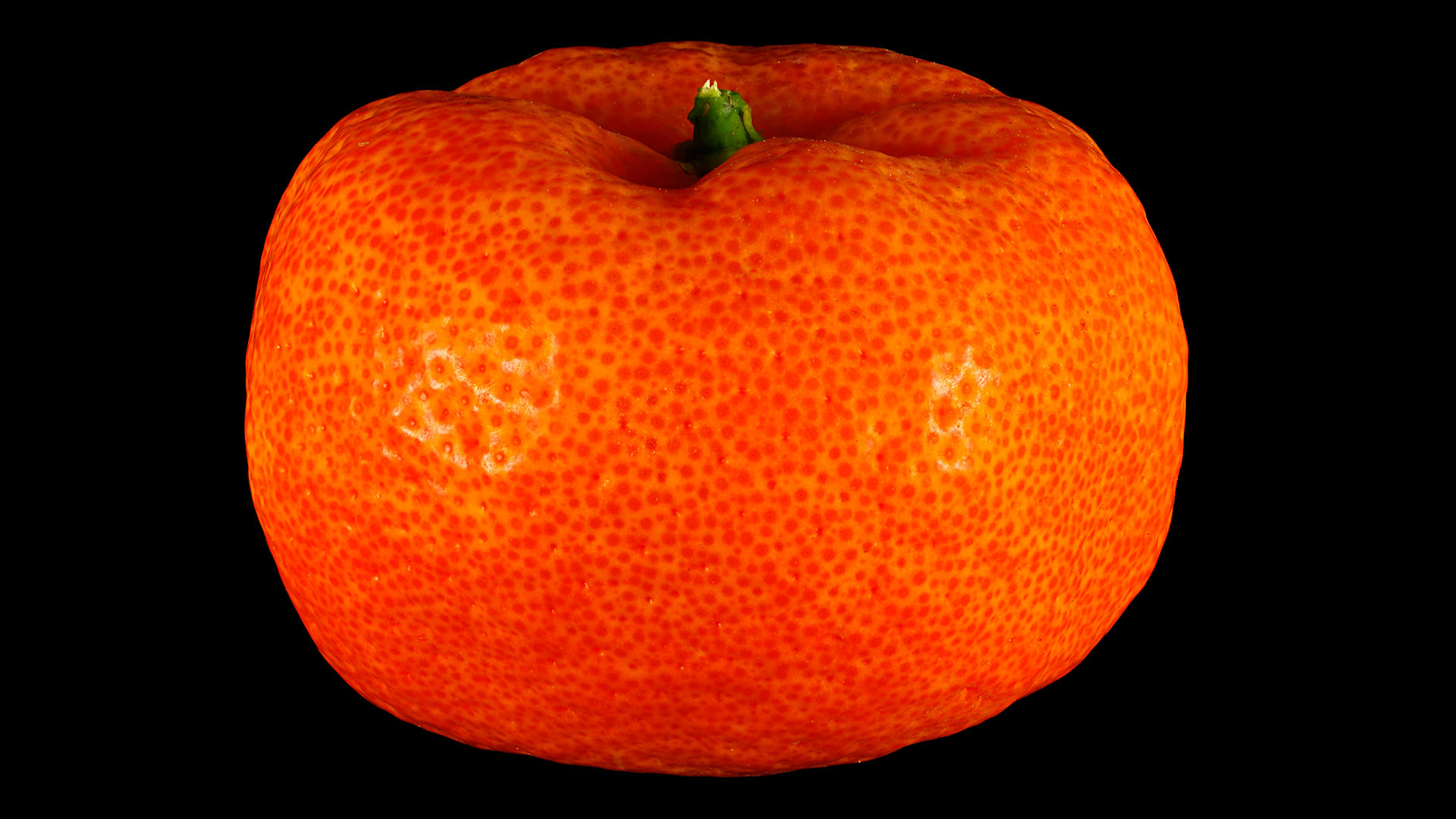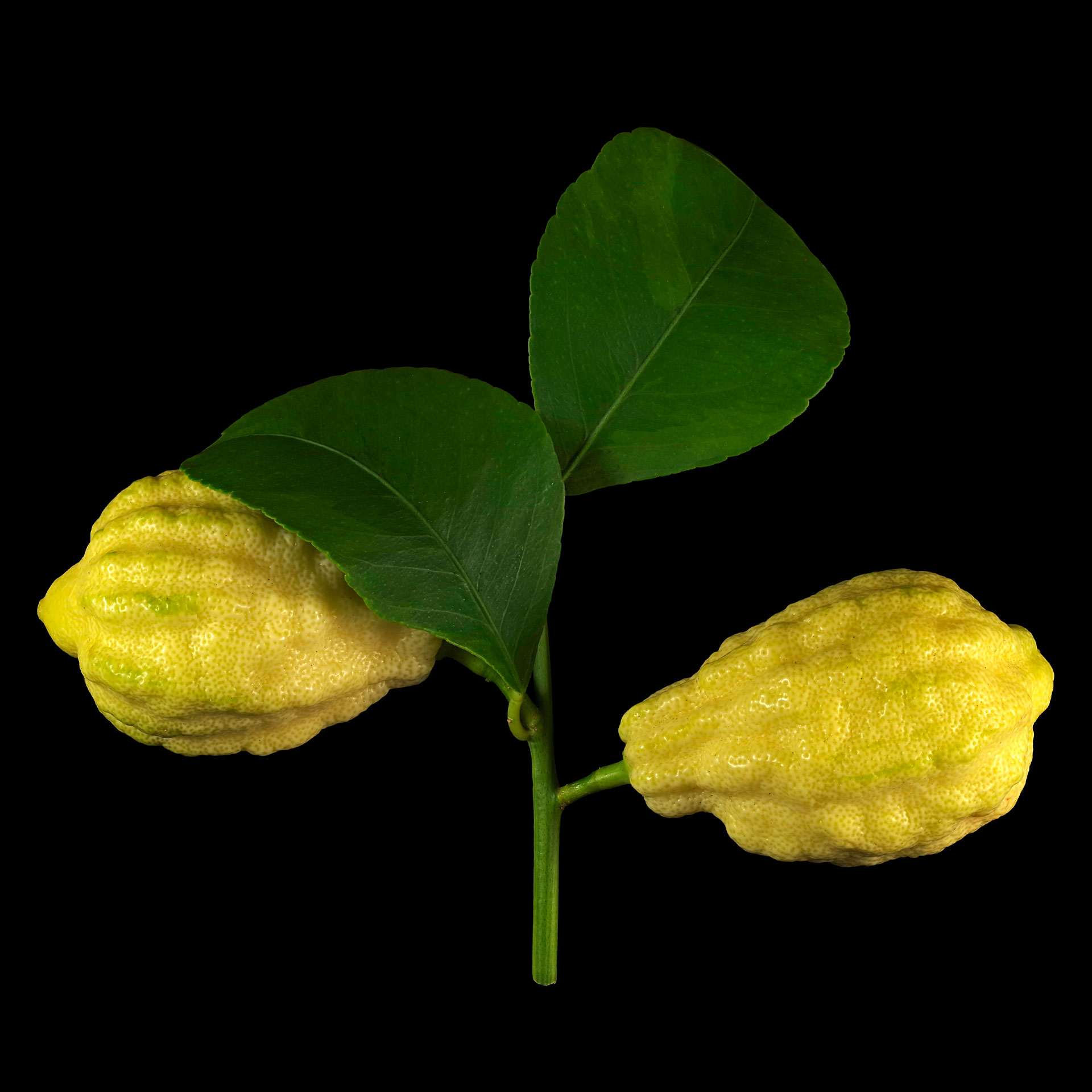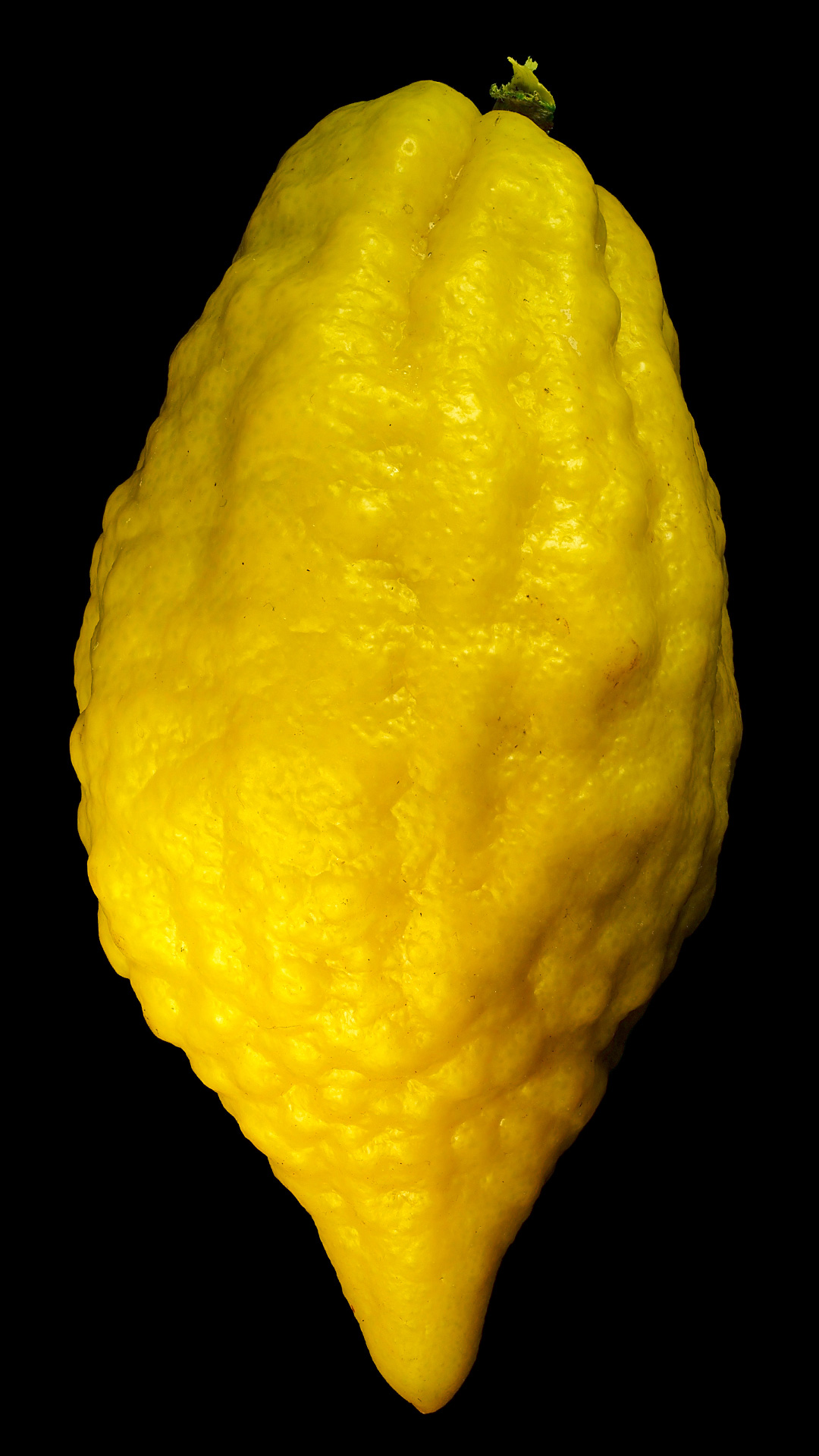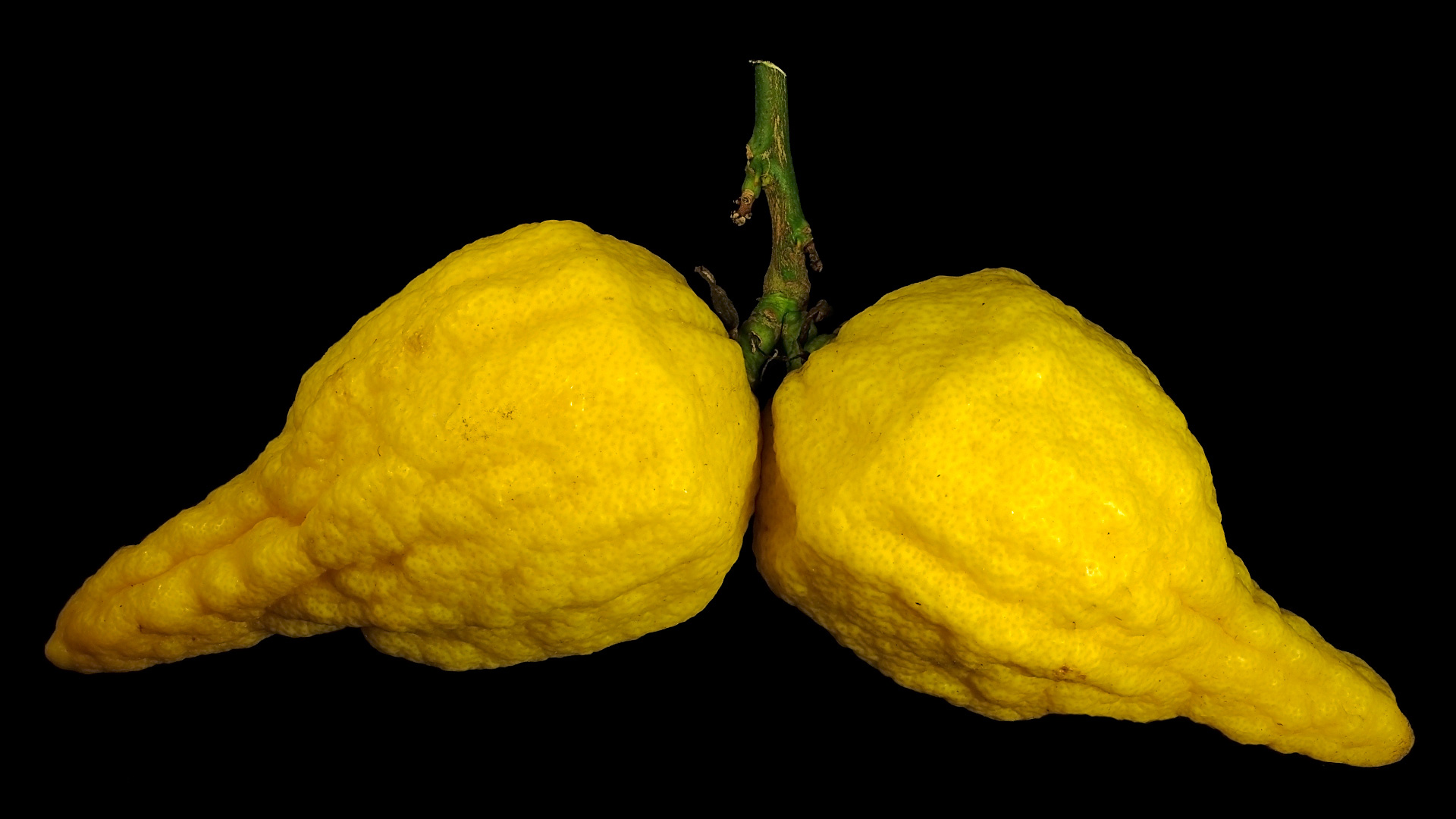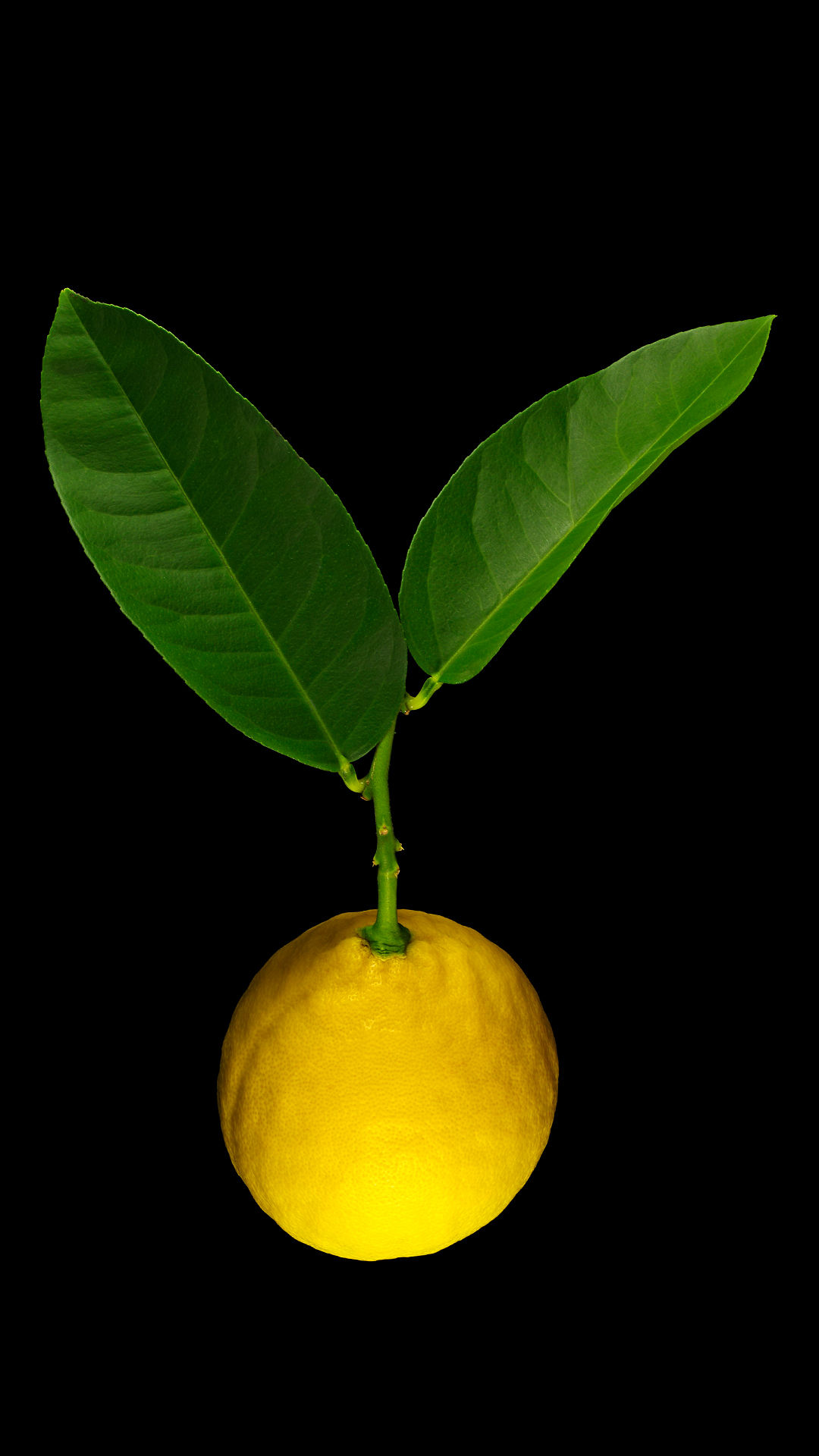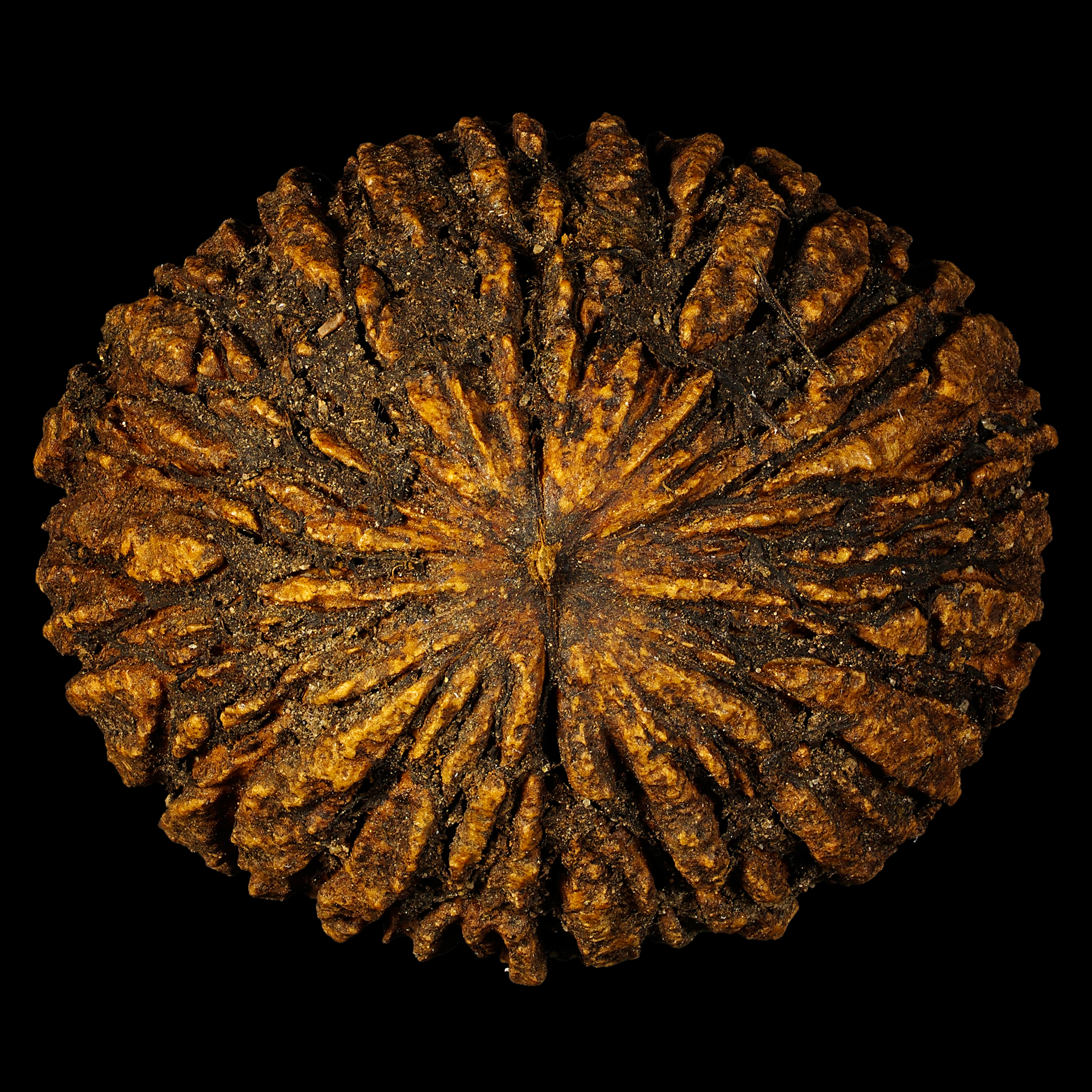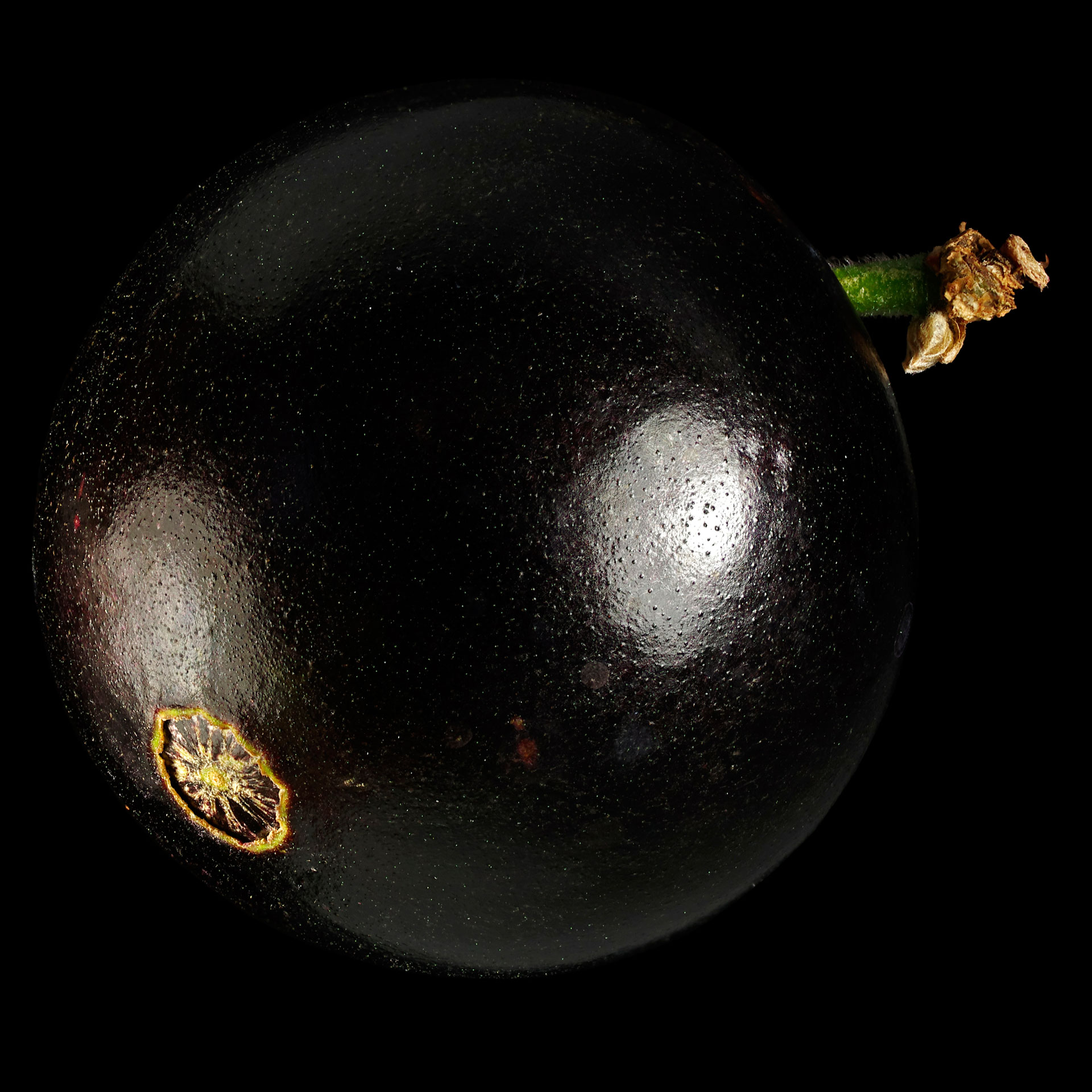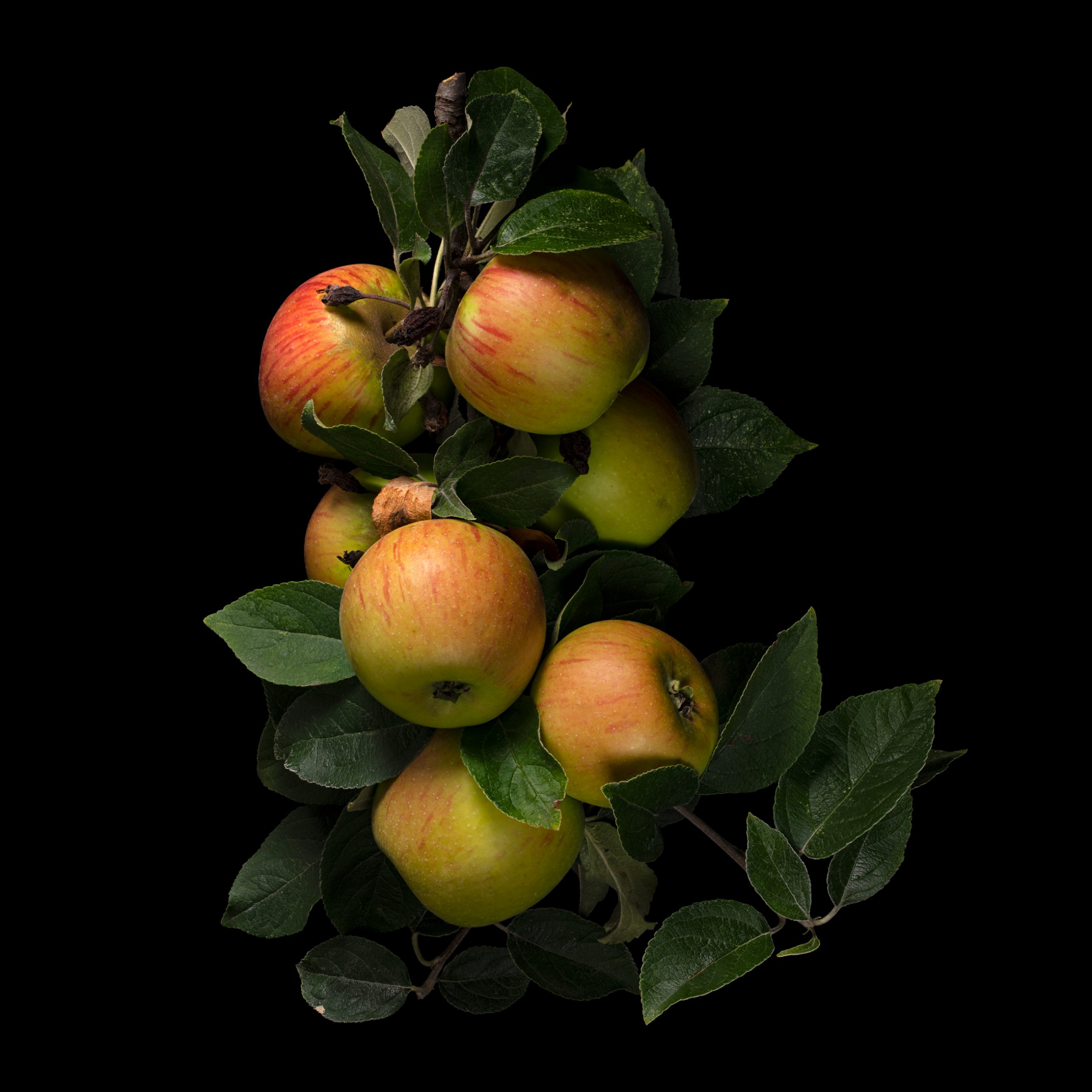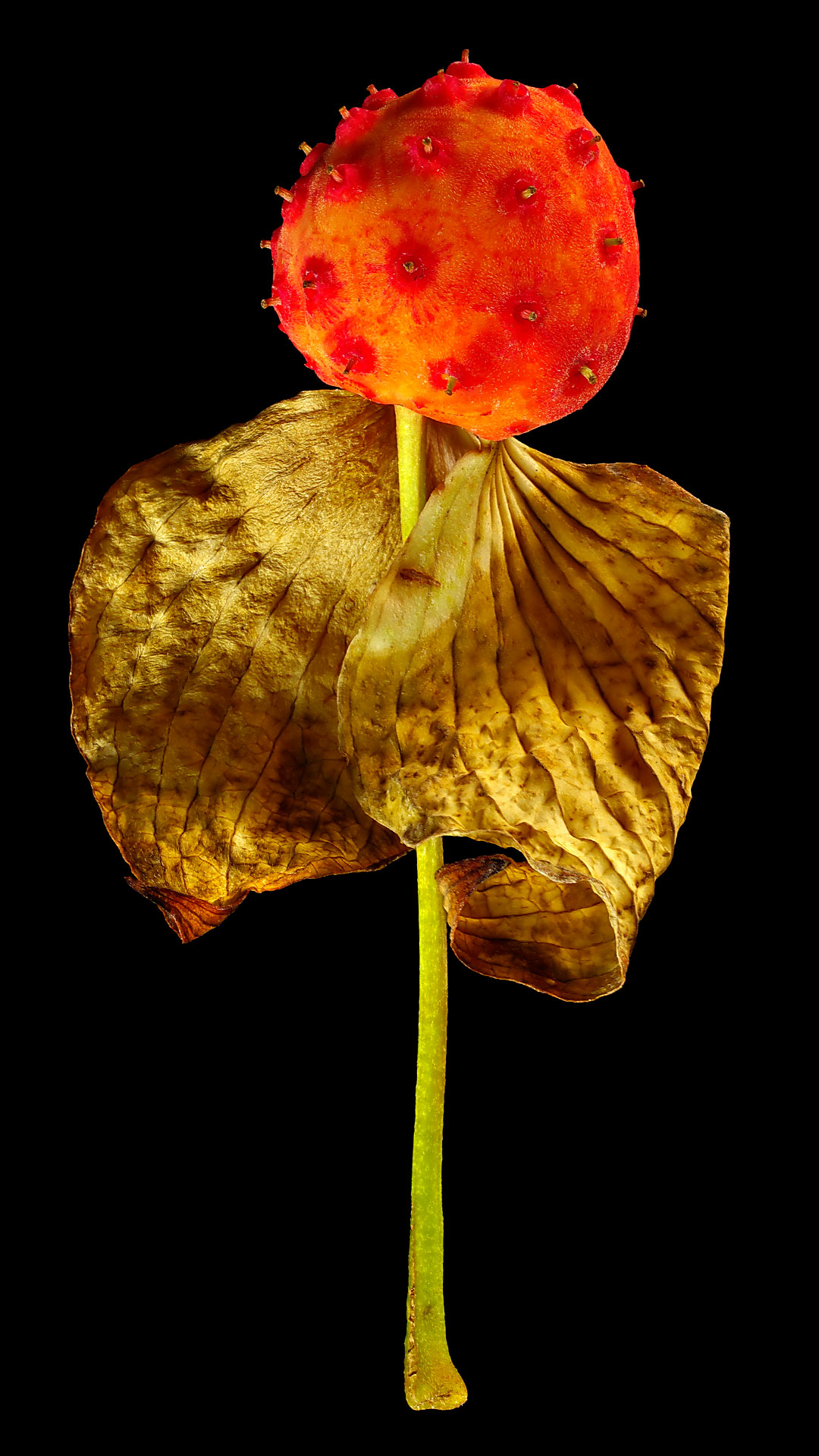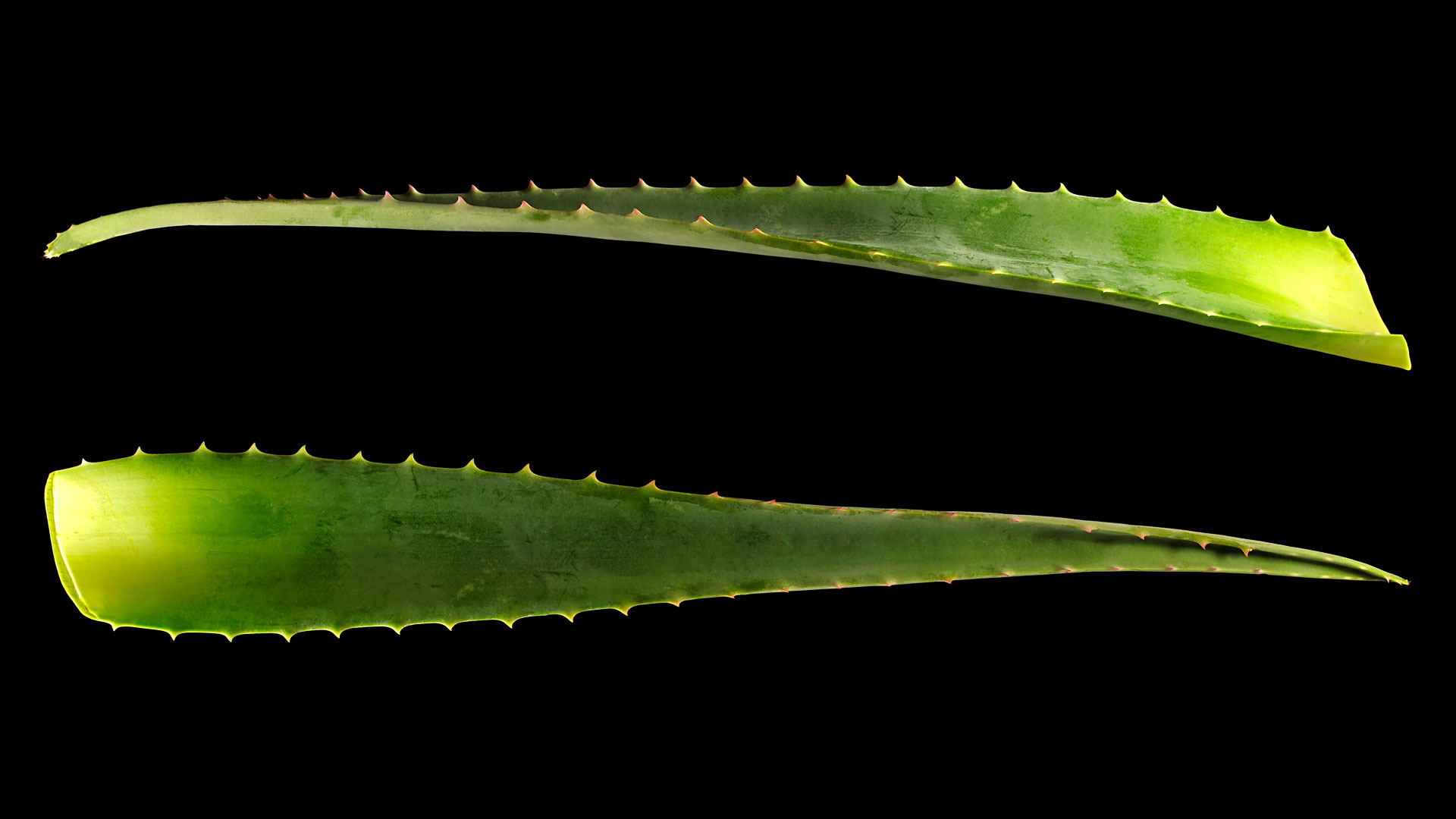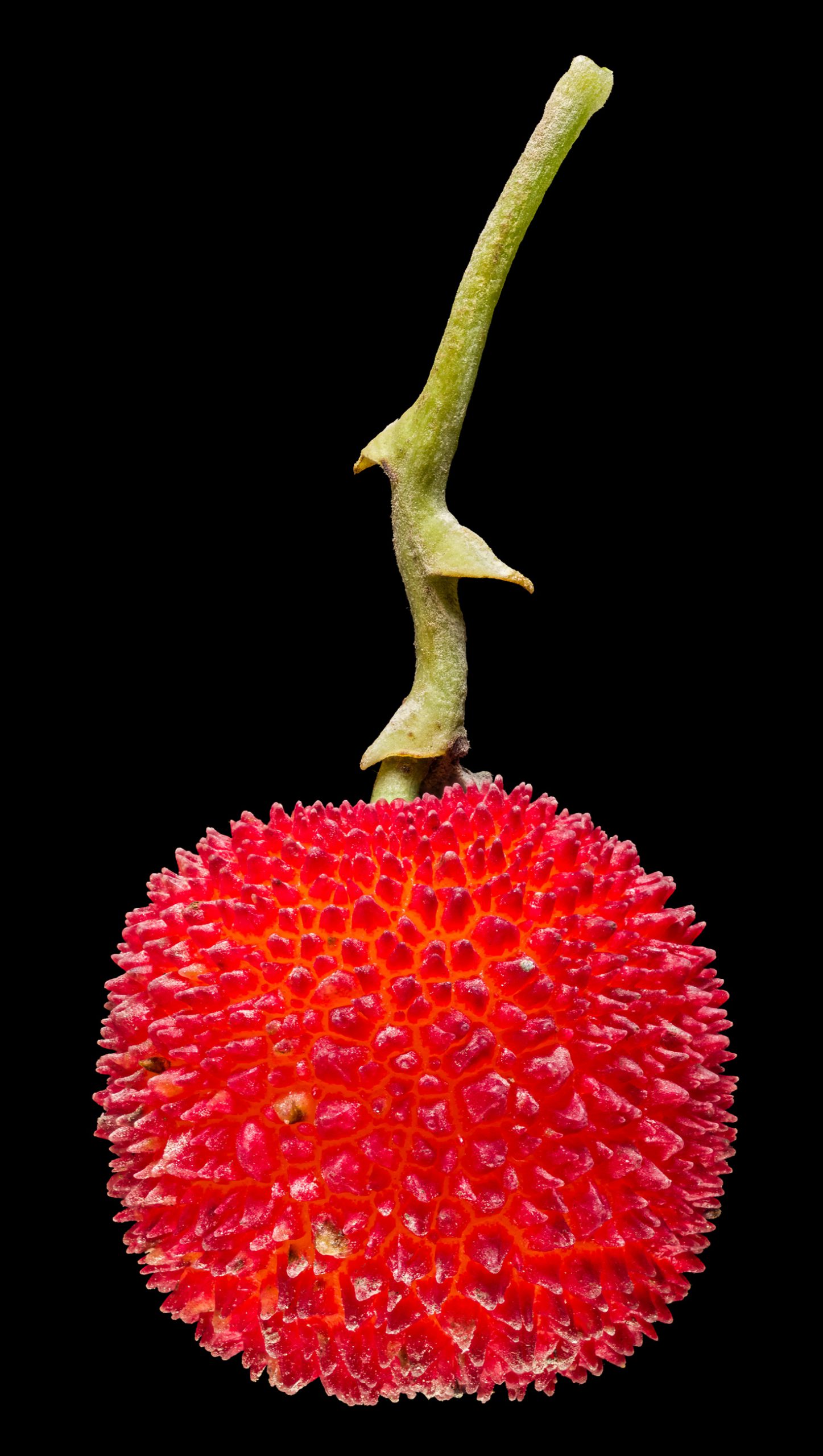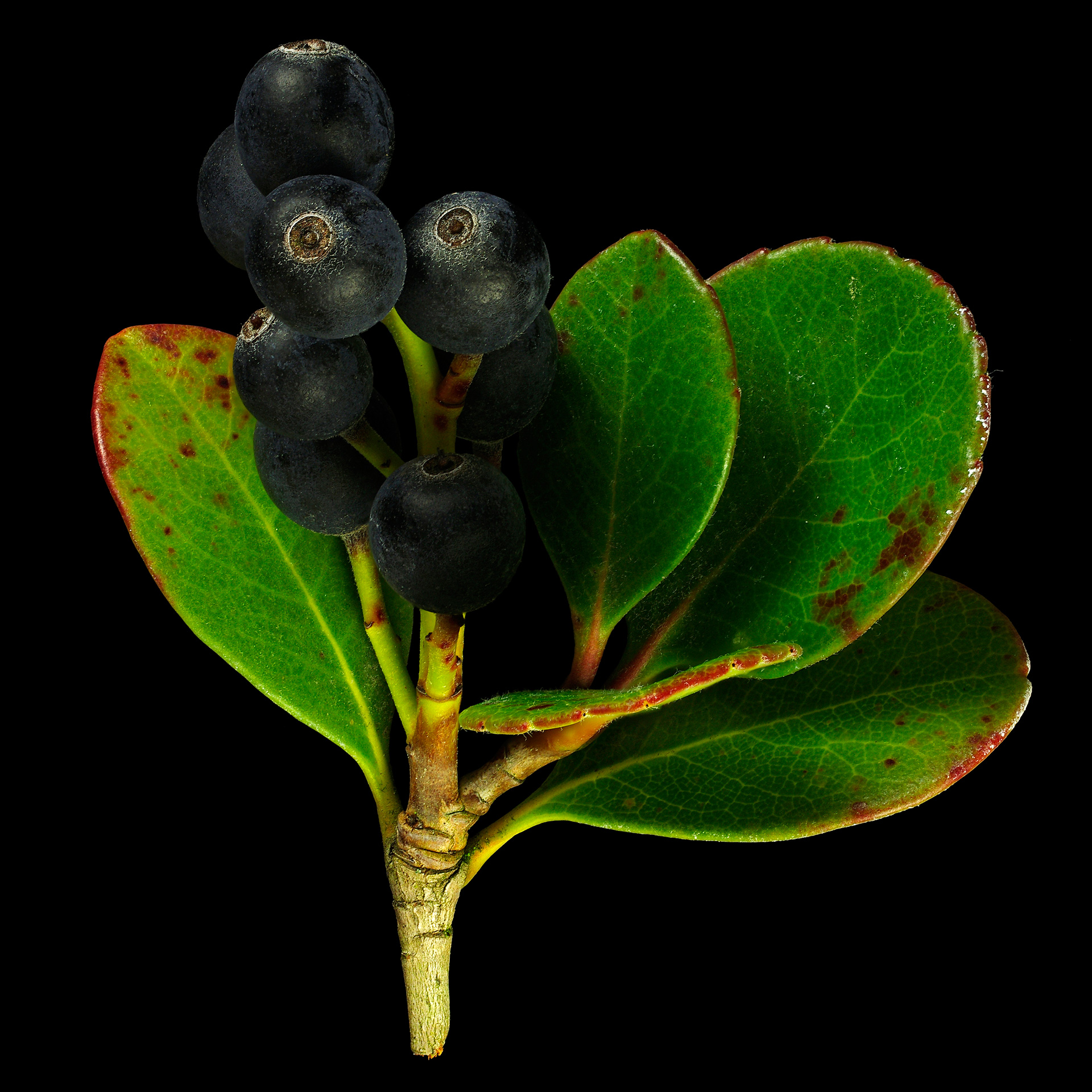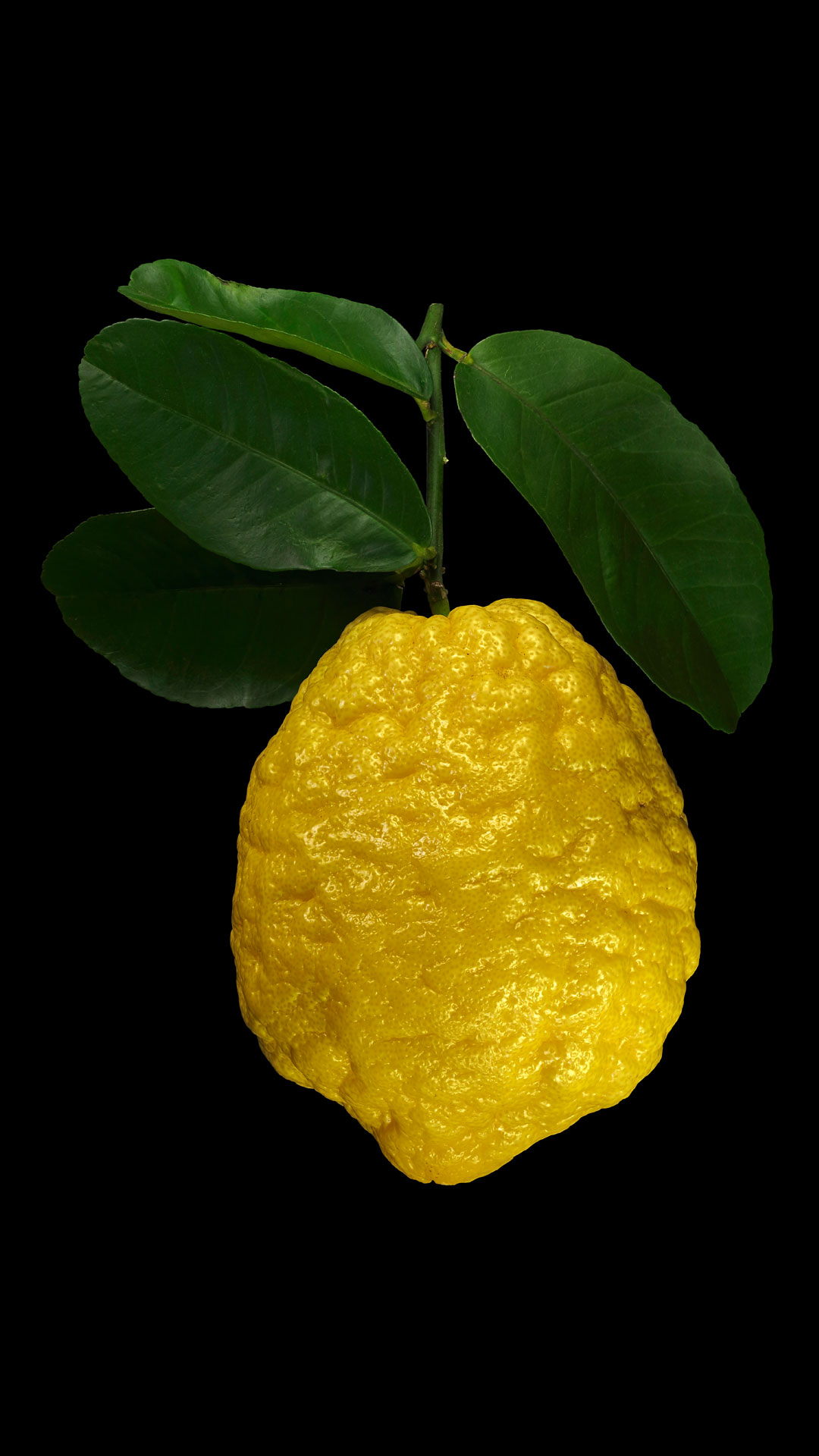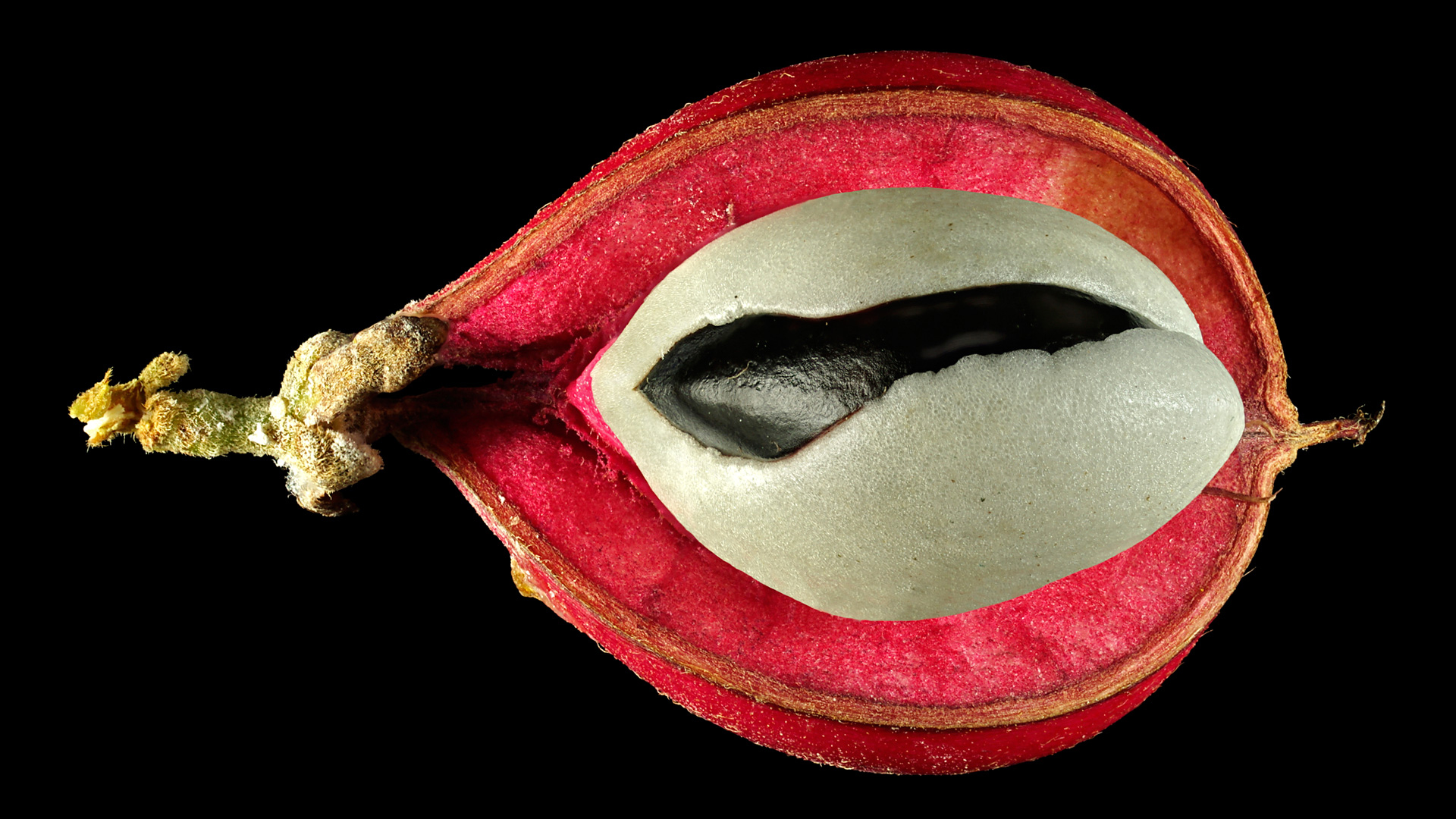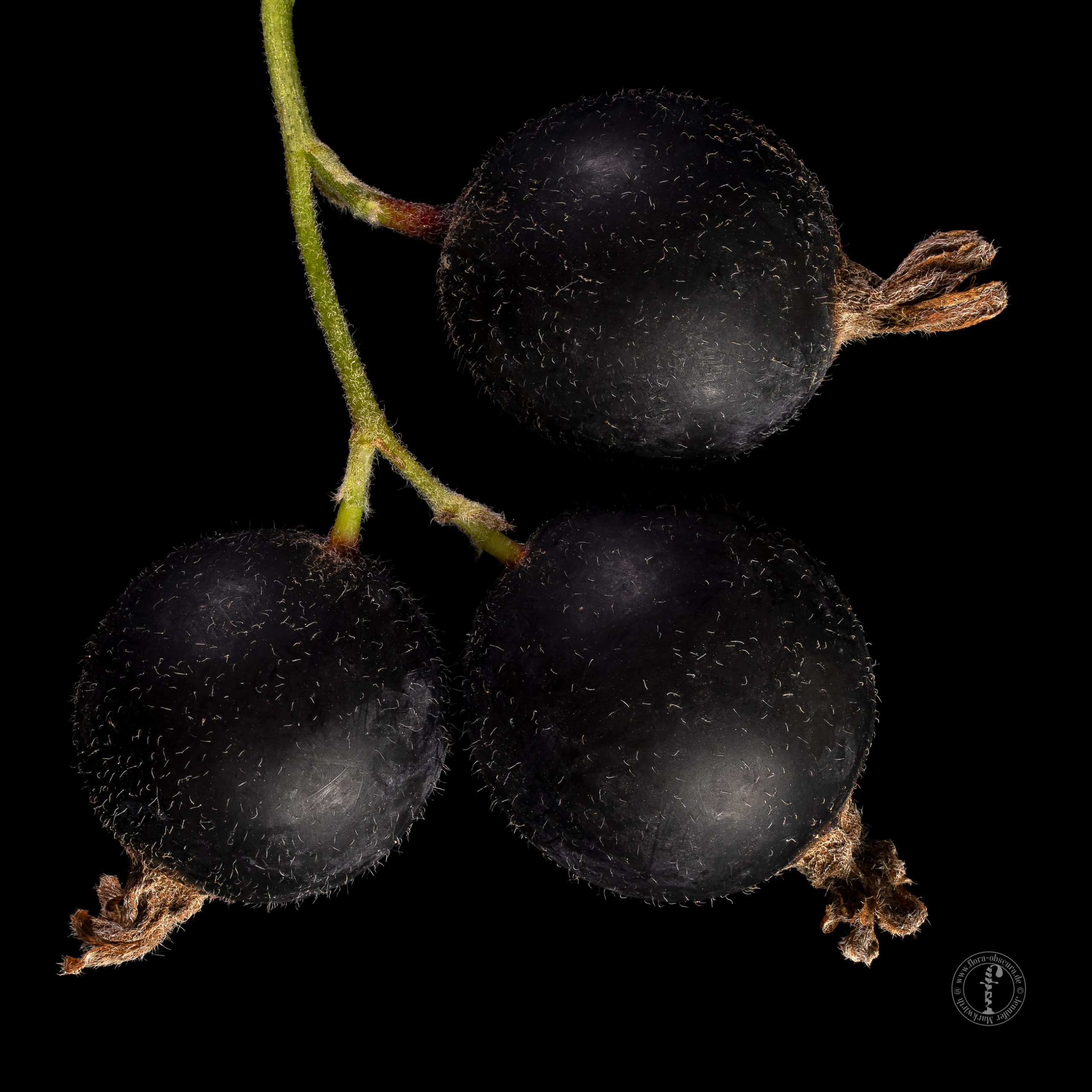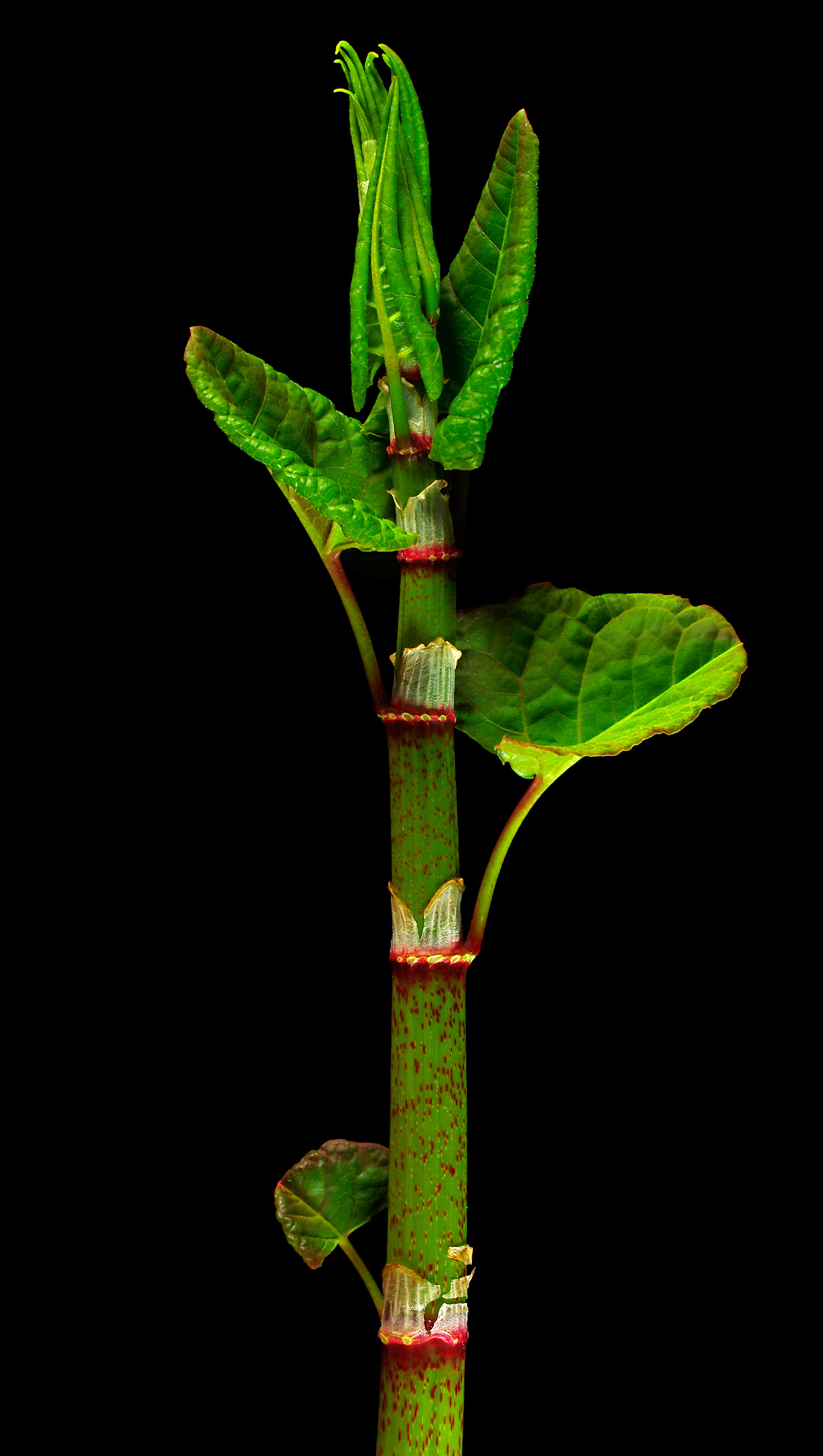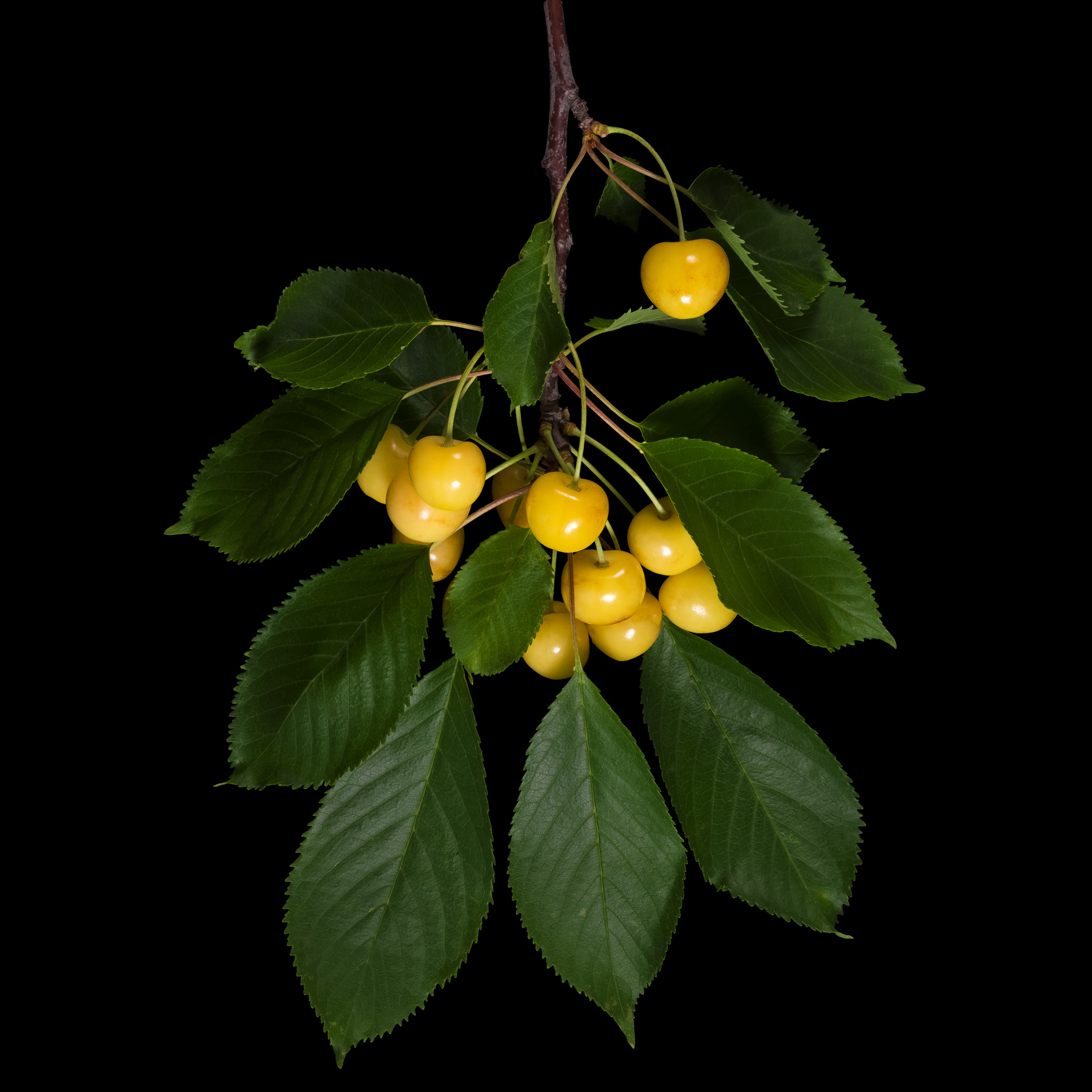Search Results for Palmengarten Franfurt (FRP)
Ripe fruits of Beale’s barberry are edible raw or cooked and a jam can be prepared. Dried berries give muesli a fruity note.
Larch liqueur or larch spirit can be produced from the pink, female flowers of the European larch.
Pomegranate juice is obtained from these fruits, which is then processed into pomegranate wine and grenadine.
The fruits will probably only turn beautiful red when exposed to sufficient cold, otherwise they can remain yellow and look like ordinary lemons.
The purple or reddish, brittle cocoa beans are first fermented with the help of the sweet pulp for about 10 days, which reduces the bitter substances and slowly develops the typical cocoa aroma.
The fruits are juicy, which suggests a use for lemonade, marmelade and jelly.
The large, delicate leaves of the Mexican pepper tree have a complex aroma that is reminiscent of the berries of black pepper.
The smaller, thin-peeled fruits of Meyer lemon taste very intense and are not as sour as many other varieties. At the same time, they are very juicy.
Fruits and leaves of “Monk’s pepper” work as spices. Especially the hot tasting fruits can be used as a pepper substitute.
Zwetschgen are eaten fresh, processed into zwetschgendatschi tart, schmootsch and as dried fruits.
The fruits are small, not particularly juicy and decompose easily, which is why they have not become established as a fruit plant.
The highest importance has the aromatic oil, of course, in the perfume production, but also tea (Earl Gray and Lady Gray), confectionery and Lokum are flavored with bergamot oil.
The name “Amanatsu” means “Sweet Summer”. The sun-yellow fruit is about the size of an orange. In Japan iIt is eaten fresh or processed into jam, juice, ice cream, liqueur and wine.
The multiform Buddha’s hand is a special kind of citron.
This red-fleshy variety with the reddish peel is very delicious!
The jelly palm has delicious orange fruits with a seed that looks and tastes like a mini coconut.
The finely chopped leaves of borage even taste good in fruit salad or can be made into a kind of spinach.
This strange bitter orange variety stands out for its furrowed skin, but is consumable like most other bitter orange varieties.
Despite its higher juice content, Chinese citron can be used in the kitchen like other varieties of citron, such as succade or jam.
From rose hips a fruit tea can be prepared as well as jam (“hagebuttenmark, buttenmost”) . Dried and ground, they even can be used as a flour substitute and can be mixed with flour.
The leaves taste like a mixture of caraway, mint and lemon.
Strong fragrant rose varieties have long been cultivated for the production of rose oil, which is not only used in perfumes, but also in some liqueurs and sugar confectionery.
The colourful fruits of Amur peppervine taste predominantly sweet. They have no intense taste and no acidity.
The calamondin has a thin, sweet peel and sour pulp.
The Pear lemon is a Lumia cultivar and therefore a hybrid of Pomelo, Lemon and Citron.
The small kiwi berries are in their anatomy miniature editions of the common kiwifruit (A. deliciosa) and also have the typical aroma of the large fruits.
As with blood oranges and the red lemon, there are also red pigmented variants of mandarins and clementines.
The fruit is very thick-skinned and also resembles the size of a citron.
The cross section shows that ripe fruits of this variety no longer contain fruit juice.
The leaves, which are used as kitchen herbs, smell and taste a bit like mint, parsley and tangerine.
The perettone citron is certainly one of the ornamental varieties among the citrus plants, but the fruits should be candied or made into jam.
The approximately 1 cm small fruits of the Hong Kong kumquat are the smallest citrus fruits in the world. In principle, they are edible, but they have little to offer because there is almost no flesh.
Even if the fruits are not productive, they can be eaten fresh from the tree or processed into jam, compote and liqueur. The beautiful flowers can decorate dried tea mixtures.
Kumquats are eaten as a whole. They are sweet and tangy and very aromatic.
Flowers and leaves give a good, fresh and decorative kitchen herb in salads, whose taste is not particularly reminiscent of the flowers odor.
Billberry cactus has an impressive growth height of up to 4 meters, and yet it produces only very small, sweet tasting fruits.
Kumquats are eaten as a whole. They are sweet and tangy and very aromatic.
Welwitschia is not a real food plant, but in emergency situations (getting lost in the Namib desert) the core in the flower axis can be eaten raw or roasted.
Specially from the immature fruit (as well from the leaves) of the bitter orange the aromatic oil “Petitgrain” is won.
In contrast to other types of lime, kaffir limes contain little juice, which is why the use of the essential oils in the dish is the focus.
A mash can be prepared from green rice and it is used as a coating for frying. With sugar, green rice can be cooked to brittle.
This crab apple can be used in a similar way to most mealy and low acid apples, but above all it can be eaten fresh from the tree.
The fruits of the horned bitter orange bear one or more conspicuous bulges that can look like horns.
They are mostly cooked along with the other ingredients as a whole, so that they release their abundant aromatic oil, but the leaves are too leathery to be eaten.
Cornelian cherries taste sweet, but also quite astringent when picked and eaten fresh from trees or hedges.
In their East Asian origin, the fruits are chopped up and drunk as fruit tea, or they are made into canned goods.
The cultivar ‘Santa Barbara’ is orange in colour and has a perfume-like aroma and a slightly soapy taste.
If the rough leaves are rubbed, an intense, fresh lemon aroma spreads immediately.
Beech can be used in many ways: the fruits called ” beechnuts ” as nuts or oil fruit and coffee substitute, leaves as salad, wood as smoke aroma.
The extraordinary taste reminds of the resin from conifers compensates for the low yield.
The fruits of the scarlet fuchsia are edible, taste sweet and a little pungent.
The kohlrabi stem can be eaten raw and cooked, for example diced and steamed or boiled.
The mature, fleshy single fruits of the infructescence is sweet and can be eaten directly or processed into jam.
The lanceolate, small leaves with the silver hairs can be prepared as tea, which is said to be more delicious than the classic tea.
For lemonade, jam, sorbet, in dressings and as a spicy, souring ingredient in spicy as sweet dishes.
The abundant juice of unripe fruit is used for the production of lemonades or fruit juices.
The value of the furrowed lemon does not lie in their yield, they are more regarded as ornamental fruits. Nevertheless, this variety is edible like common lemons: as lemonade, jam and much more.
The huge citrons have little fruit pulp and a thick peel (the white albedo), which is usually candied and added to bakery for seasoning.
Juice and fruit pulp can savoured fresh or processed to jelly and lemonade, if the bitterness is not unpleasant.
The fruits of the Florentine citron are hanging on the branches like an upside down pear.
Peel and juice can be used like lemon, the firm flesh resembles the grapefruit, but somewhat more acid.
The Eastern black walnut is used in the USA as in Europe the common walnut.
The black skin is tough and tastes astringent, but the white, firm flesh inside is sweet and reminds of a grape or gooseberry in taste.
The King of the Pippins is low in acidity and tastes sweet, and for a long time this cultivar was considered one of the best apples in the world.
Under the slightly leathery skin is a soft, mealy pulp with a flavour reminiscent of mango and pineapple.
Aloe vera has been used for some time past in green smoothies, shakes, cocktails, ice cream, desserts and for some other purposes, although the plant is said to be poisonous.
The berry tastes sweet, hardly sour and has no characteristic aroma.
In times of need, the seeds were used to produce a flour substitute.
This huge citrons have little pulp and a thick peel (the white albedo), which is usually candied and added as “succade” to pastry.
Dried seeds are ground into a brown paste, mixed with cassava flour to form “Pasta Guarana” and sweetened as a stimulating drink, similar to coffee or cacao.
The fruits of the childing orange are “pregnant” with another fruit: in the interior grows a smaller fruit, along with a peel.
Jennifer Markwirth Botanical Fine Art Photographer. Digital Artist. Writer. Inspired by the (ethno-)botanical collections entrusted to her care and supported by the botanical gardens of Frankfurt, Jennifer Markwirth has dedicated herself since 2013 to botanical object photography with the theme
This is FLORA OBSCURA "I think that edible plants - whether wild or cultivated - are the most valuable treasure of humanity. And that's how I want to present them: like precious jewels on black velvet." How are the images
Selected motifs in limited editions My hand-signed, limited edition fine art prints and other murals are best viewed at my exhibitions, listed below. Studio sales and shipping are also available upon request. Upcoming and ongoing exhibitions 16. November - 8.
The black, round berries with white little hairs are best eaten fresh as soft fruit, but they are of course also suitable for making jam, jelly, juice and liqueur.
As long as they are very tender and have barely broke through the soil, the shoots can be prepared as bleached vegetables such as asparagus. Aboveground shoots can be eaten like rhubarb as long as they are not too woody.
Of all the yellow cherry varieties, this one is probably the best known and most common throughout Germany.



